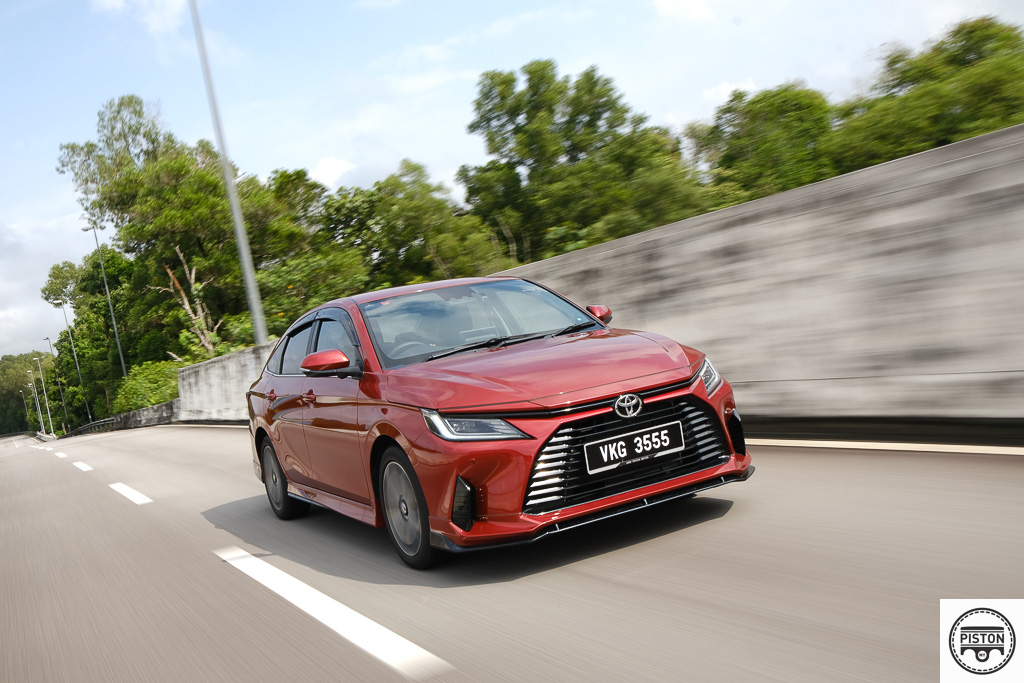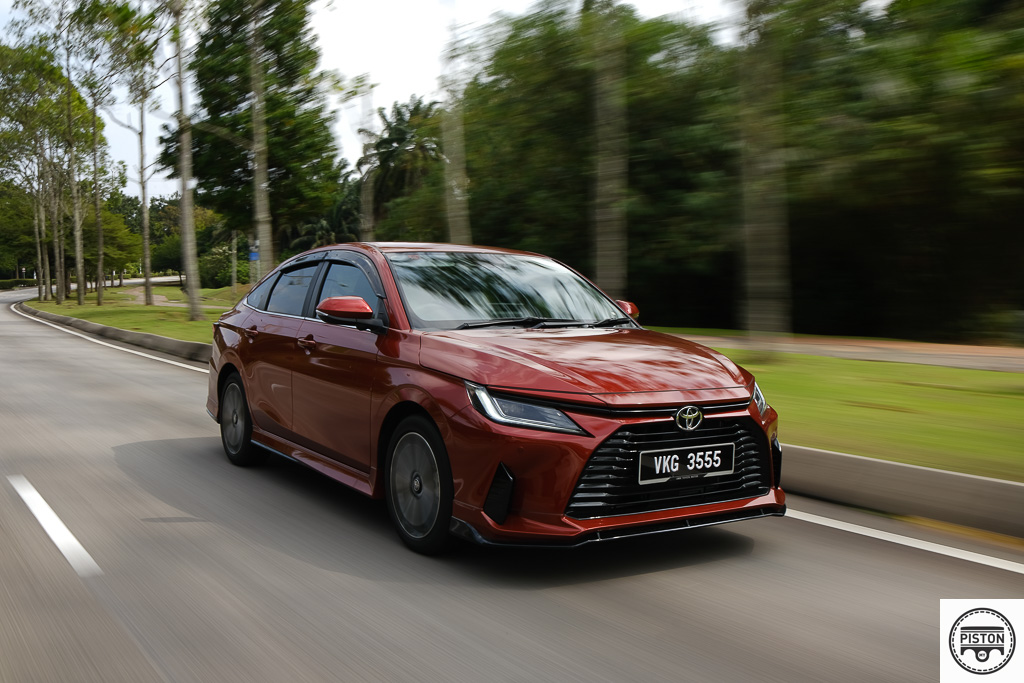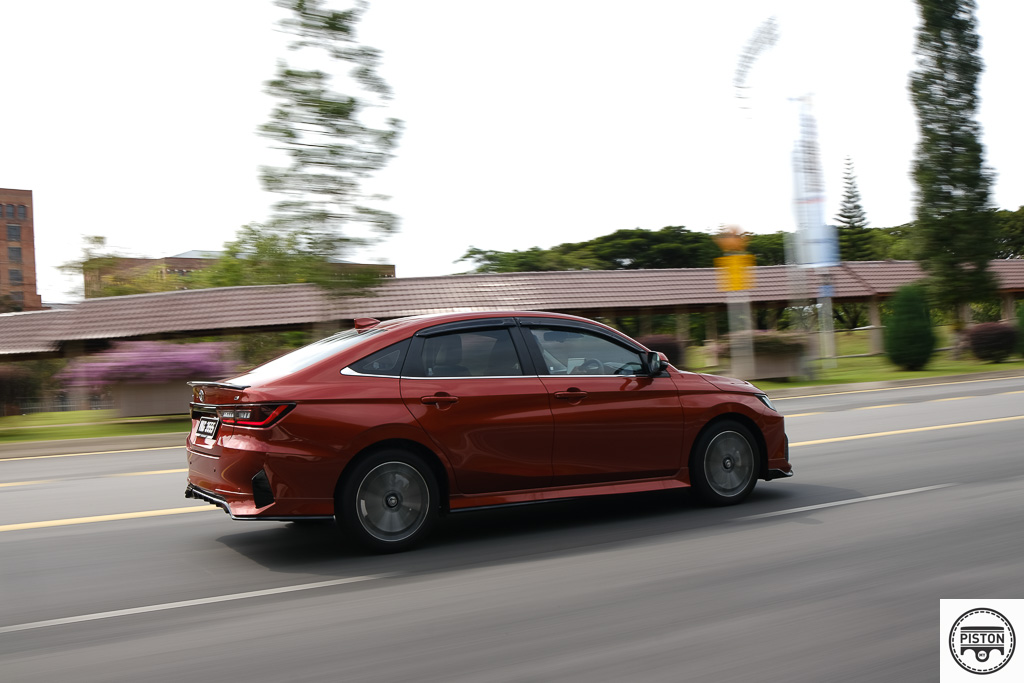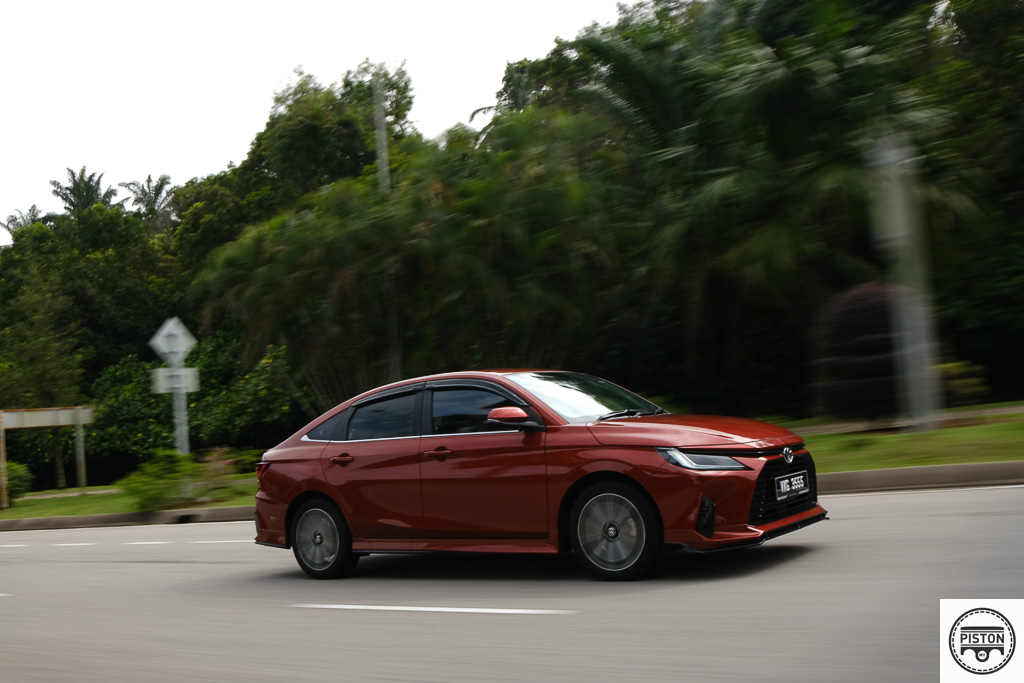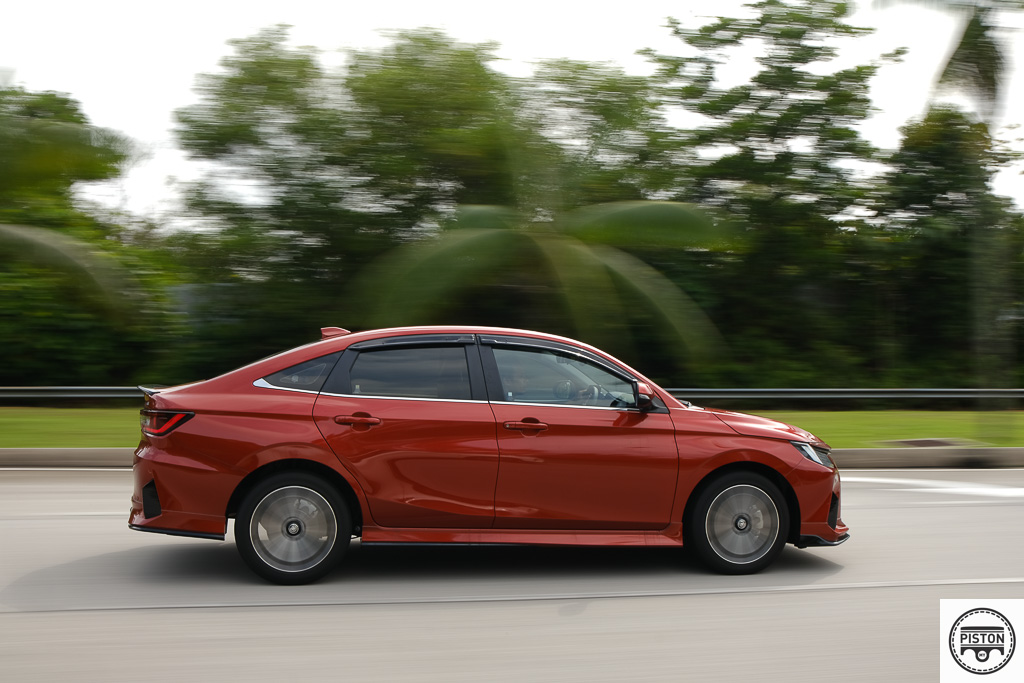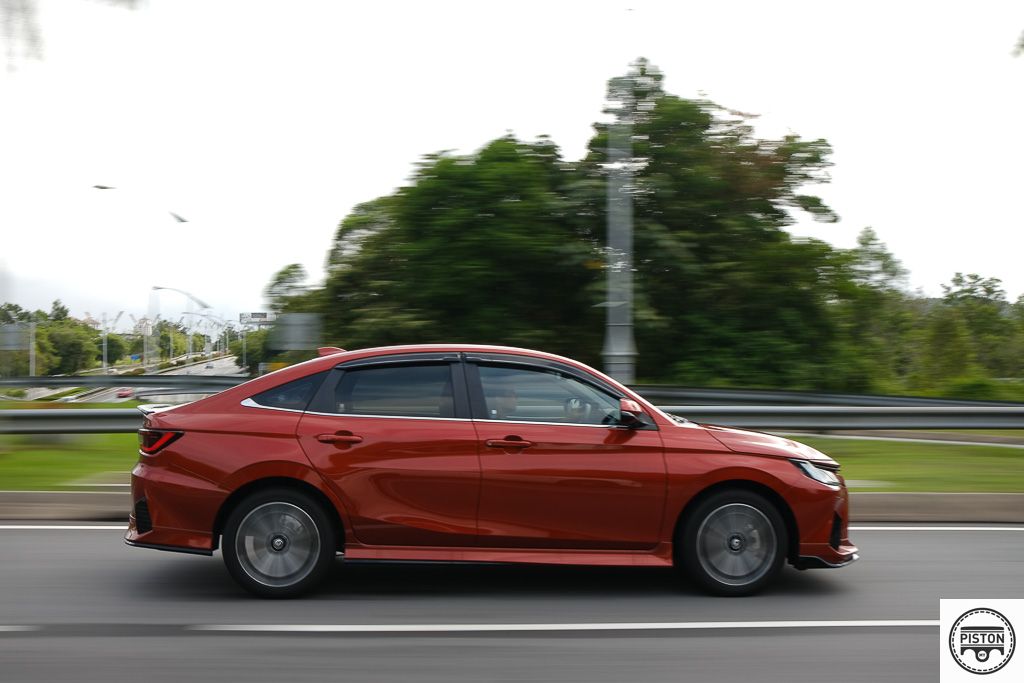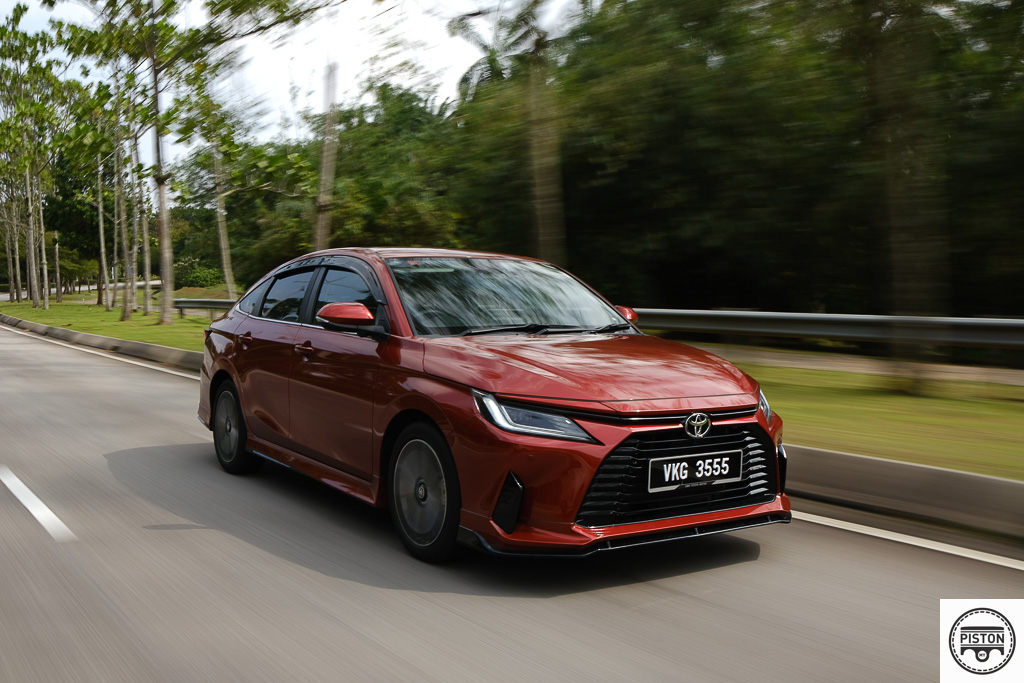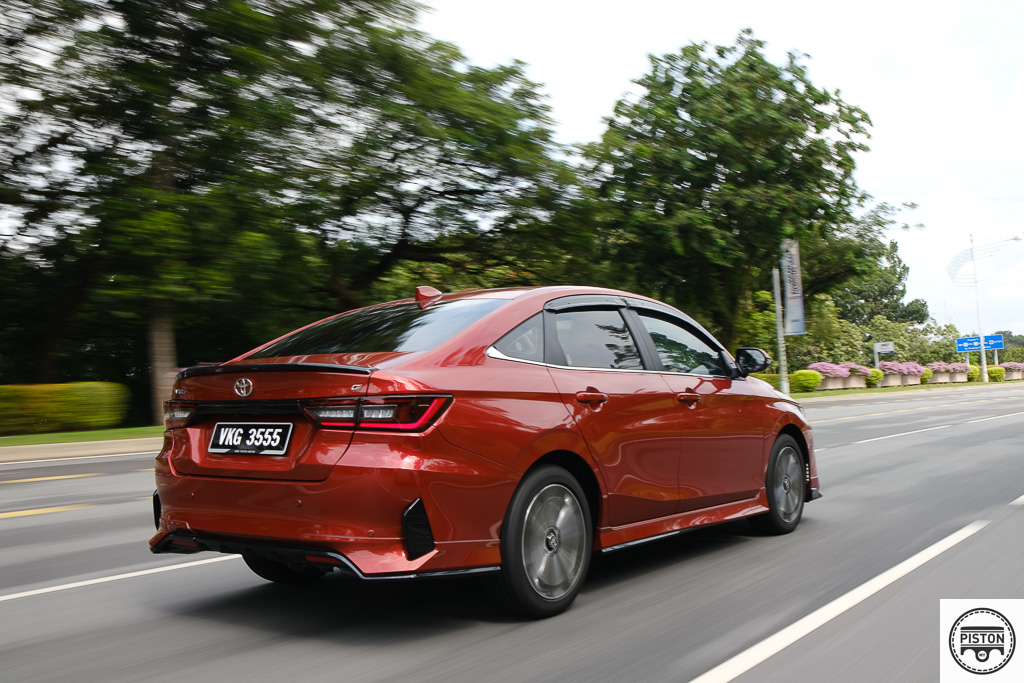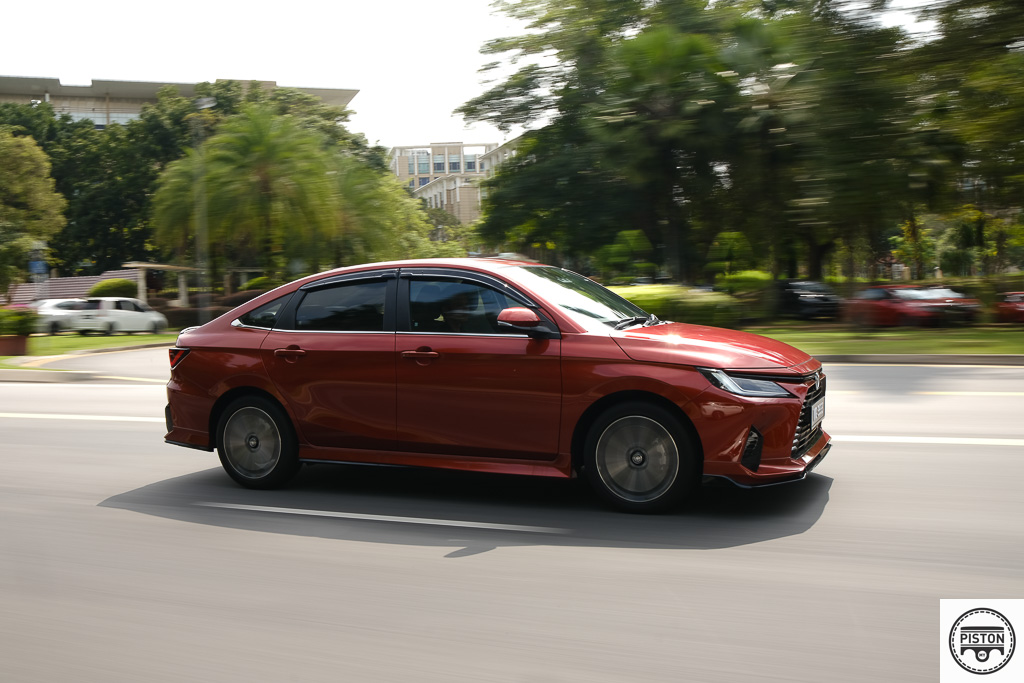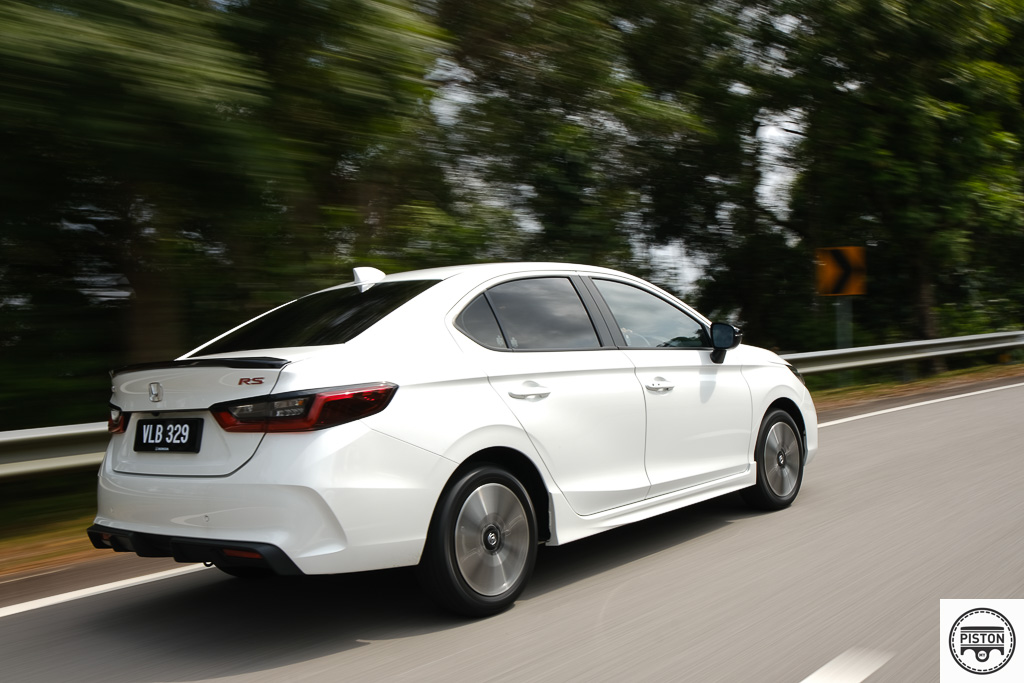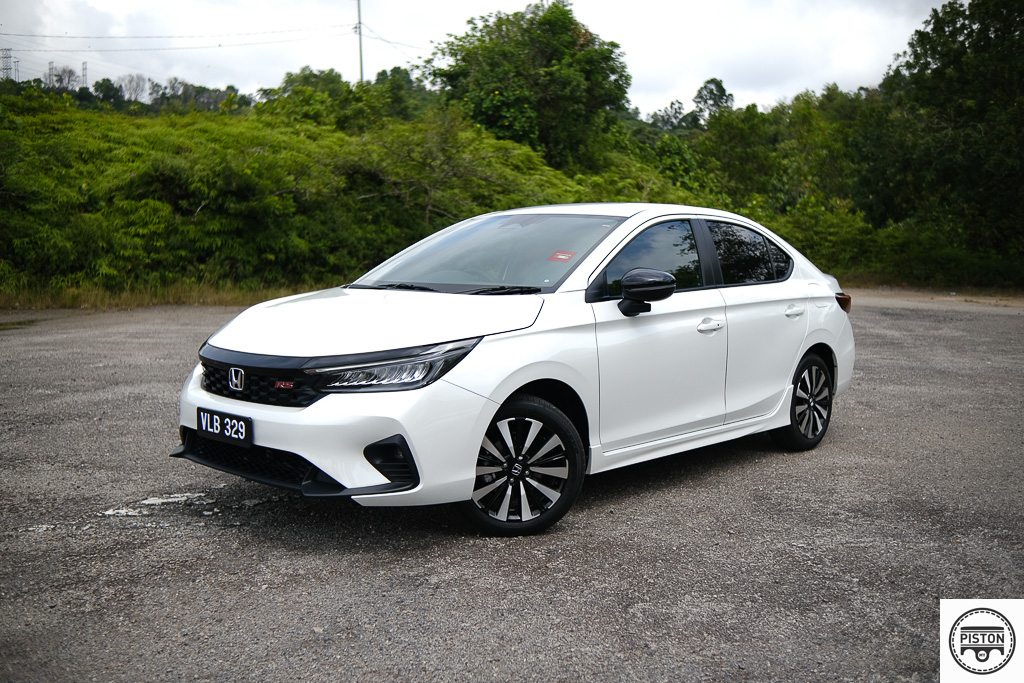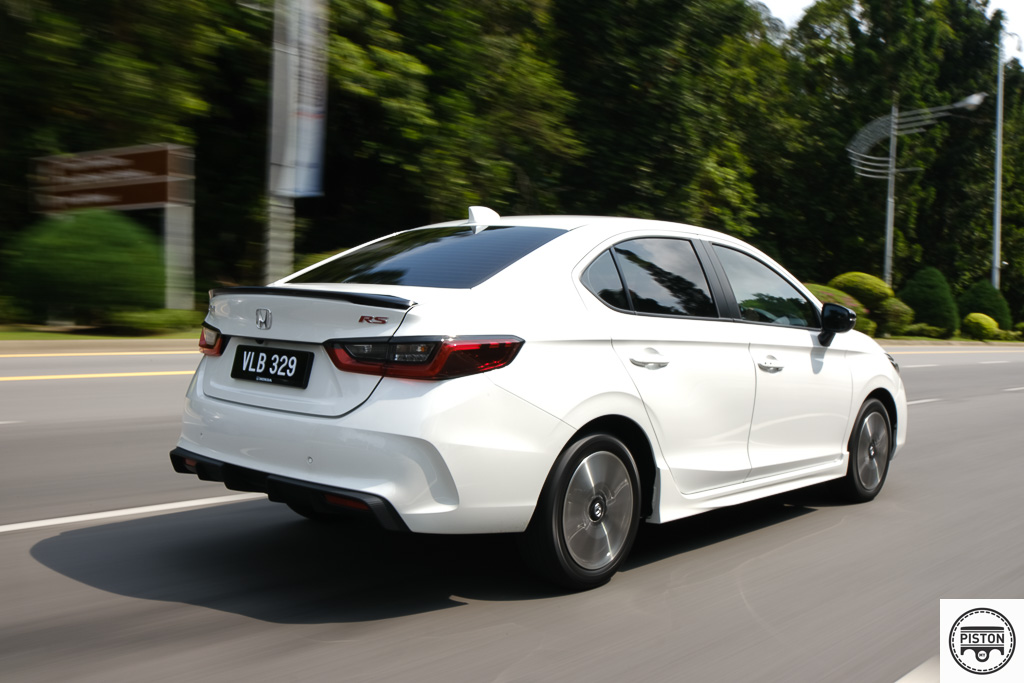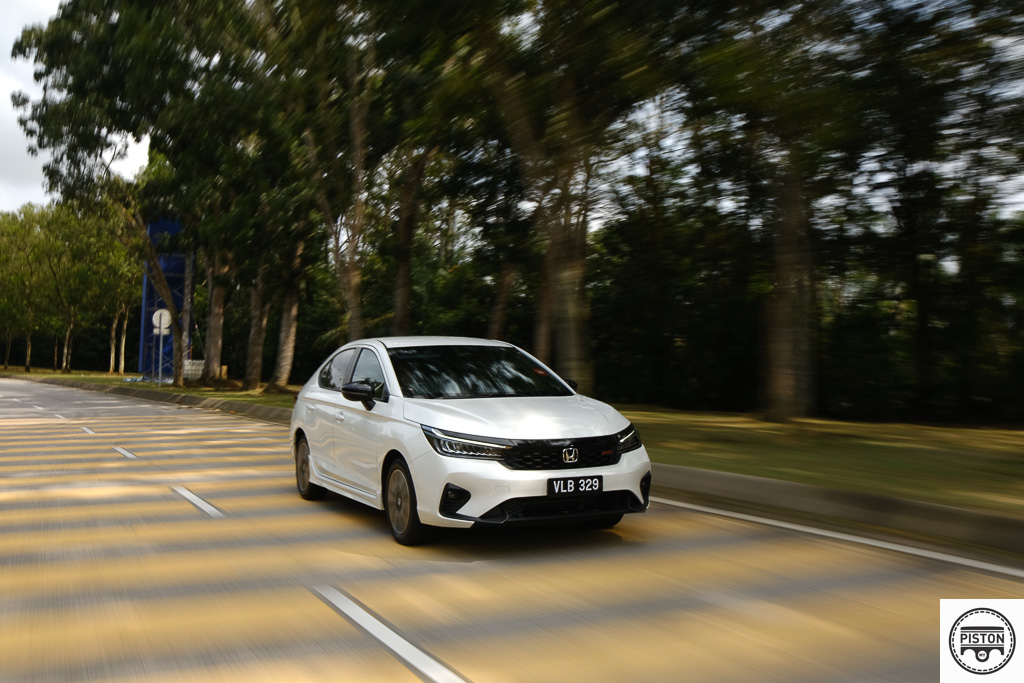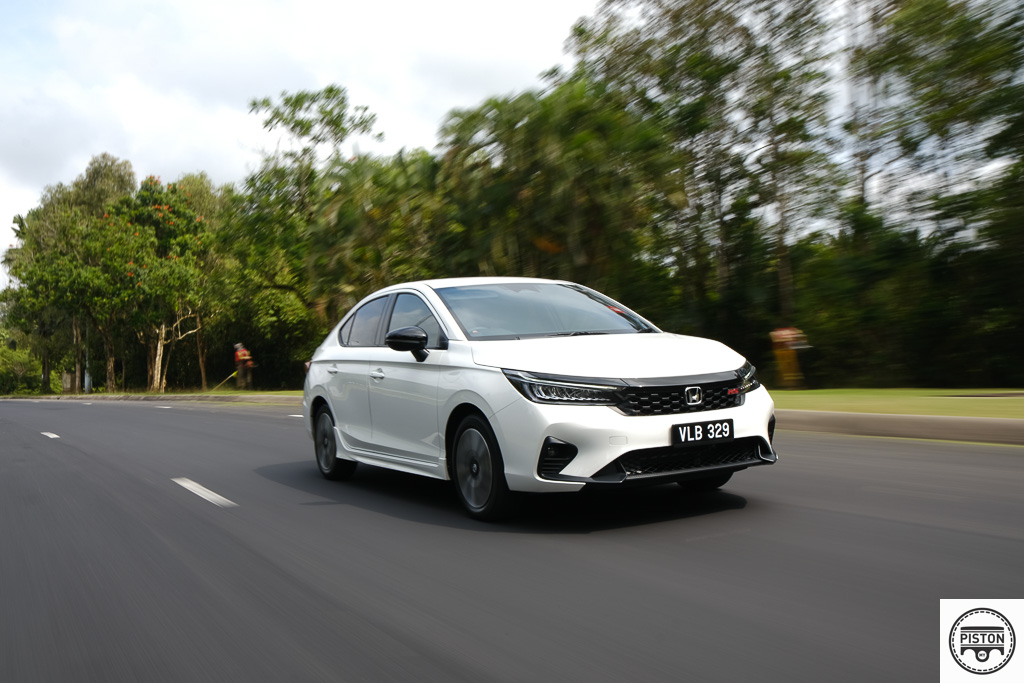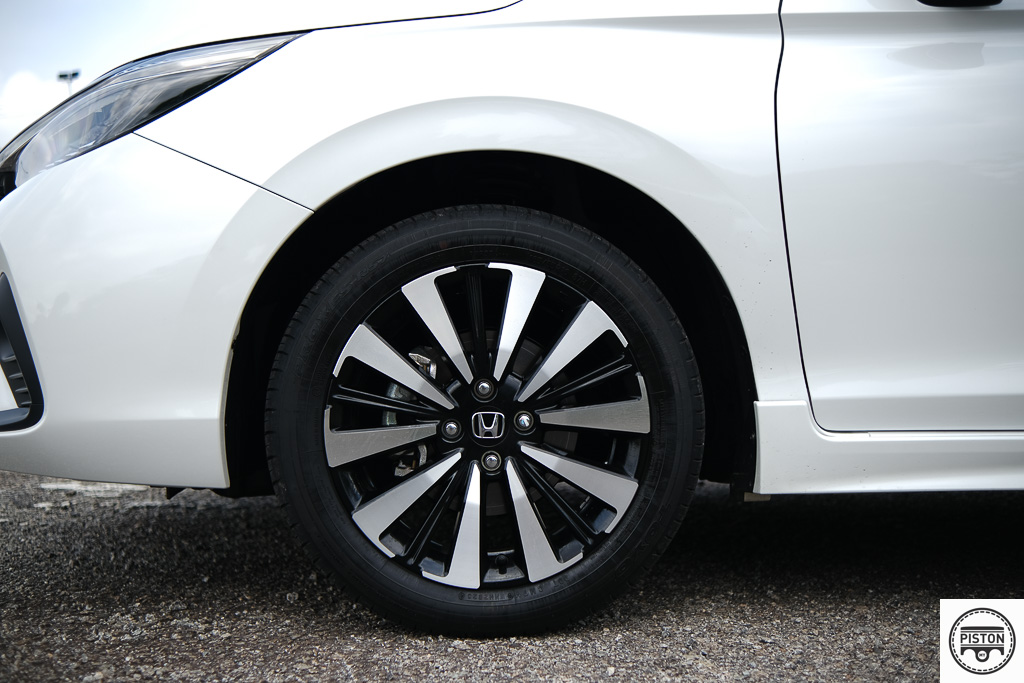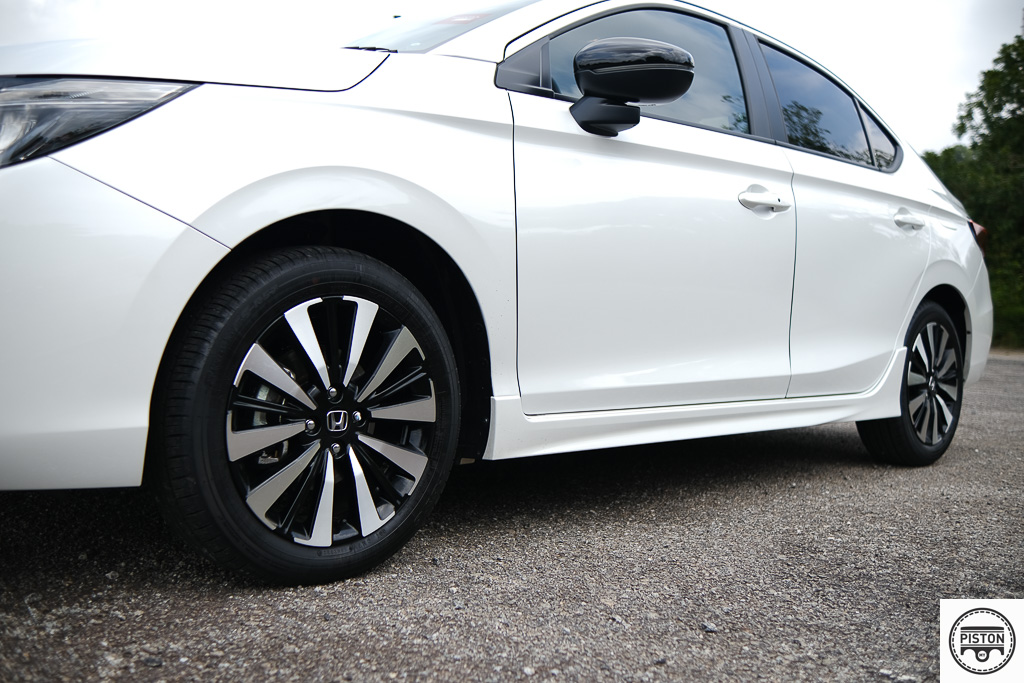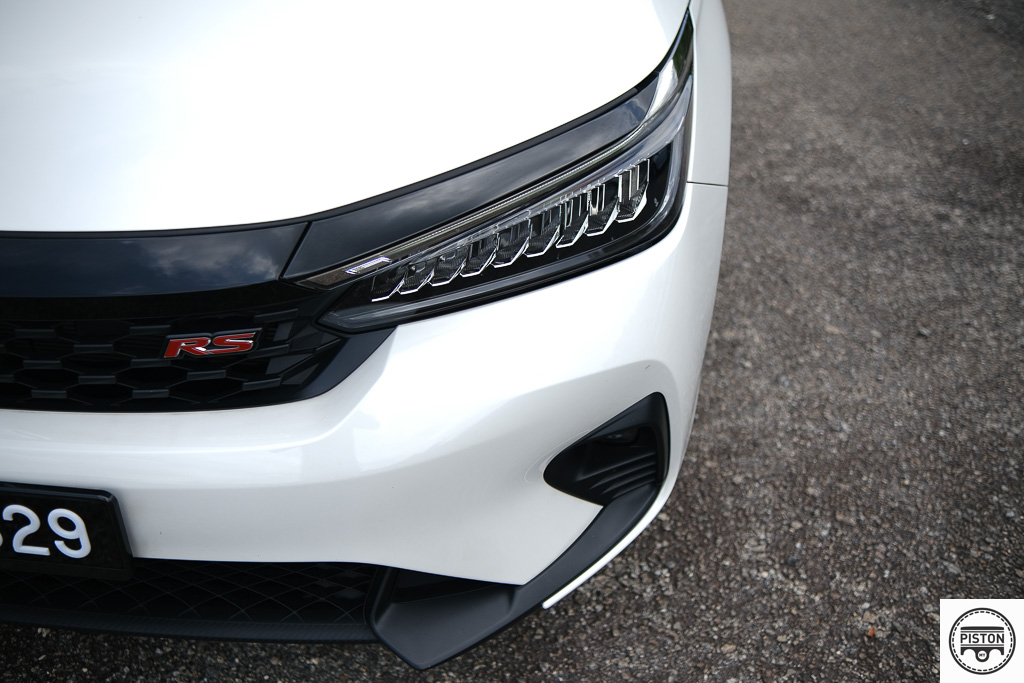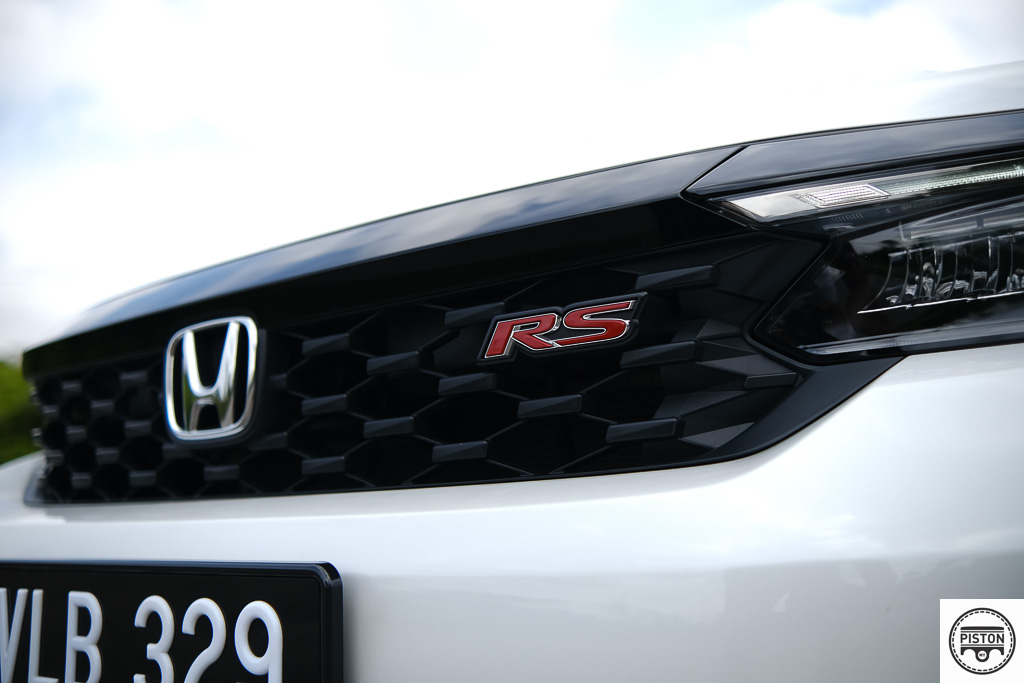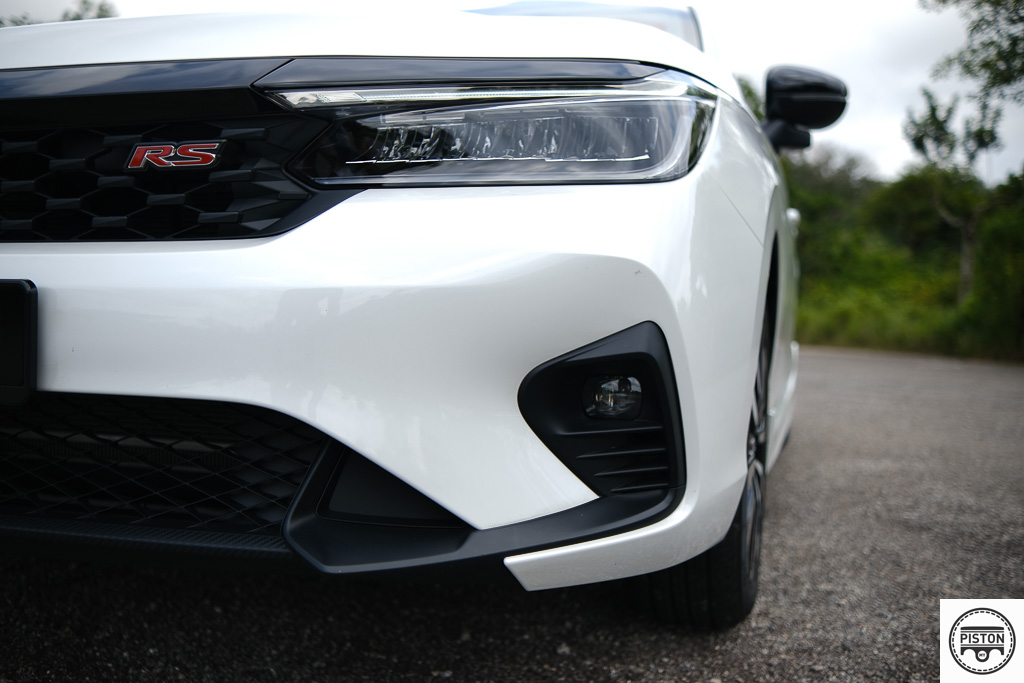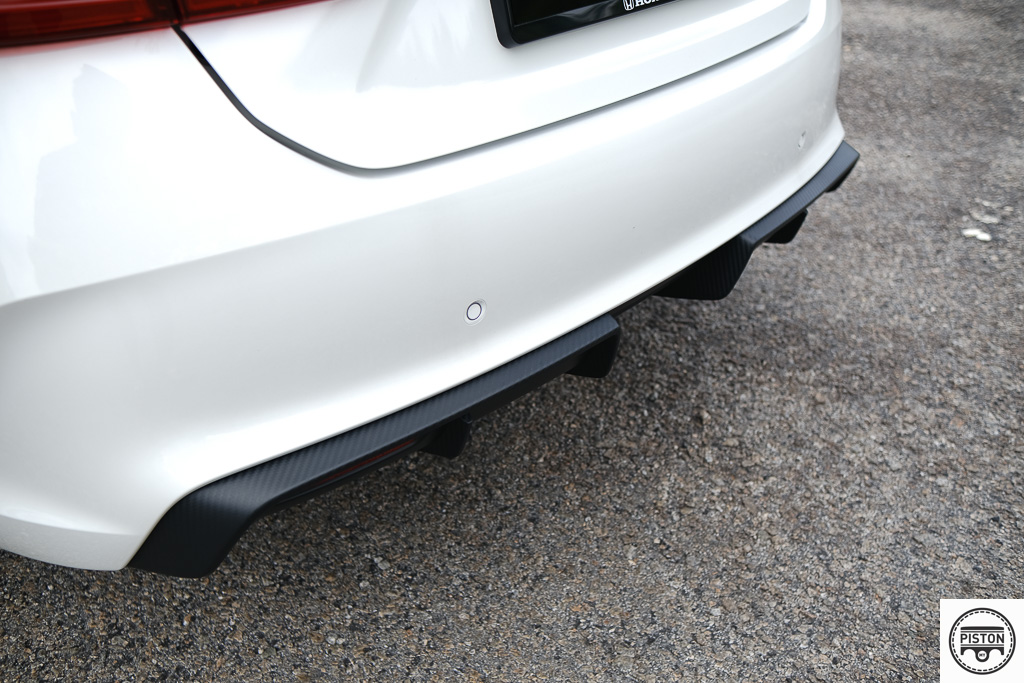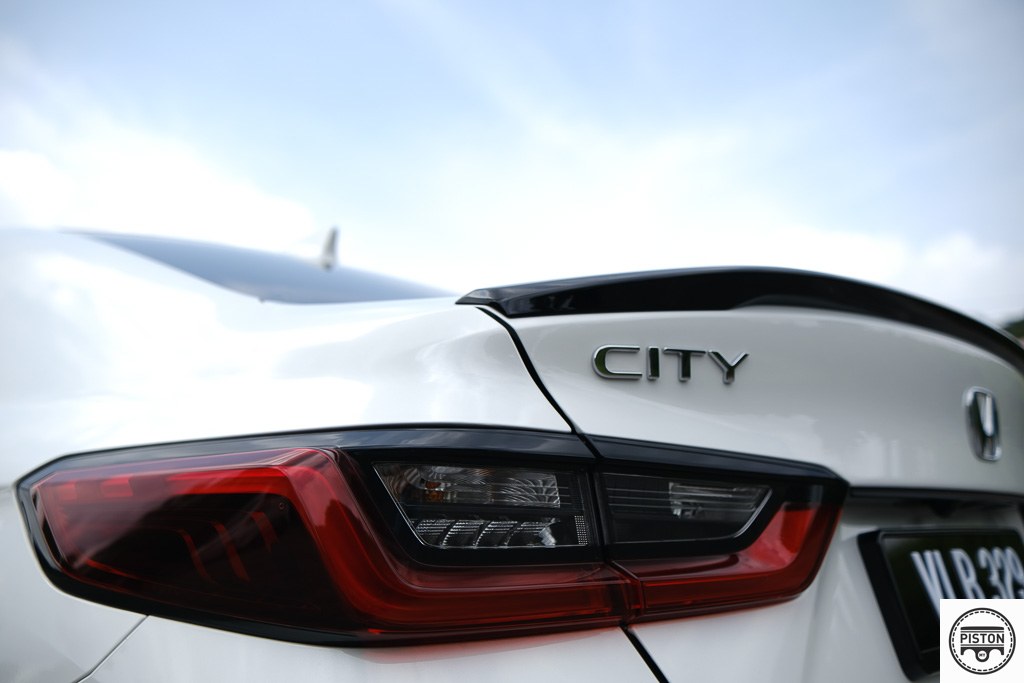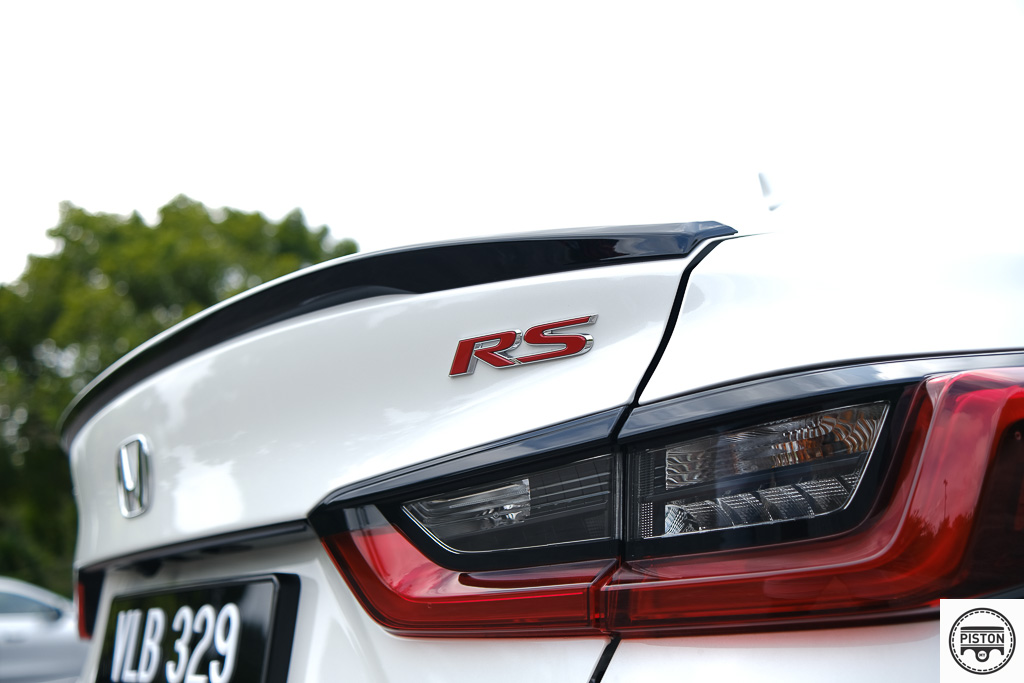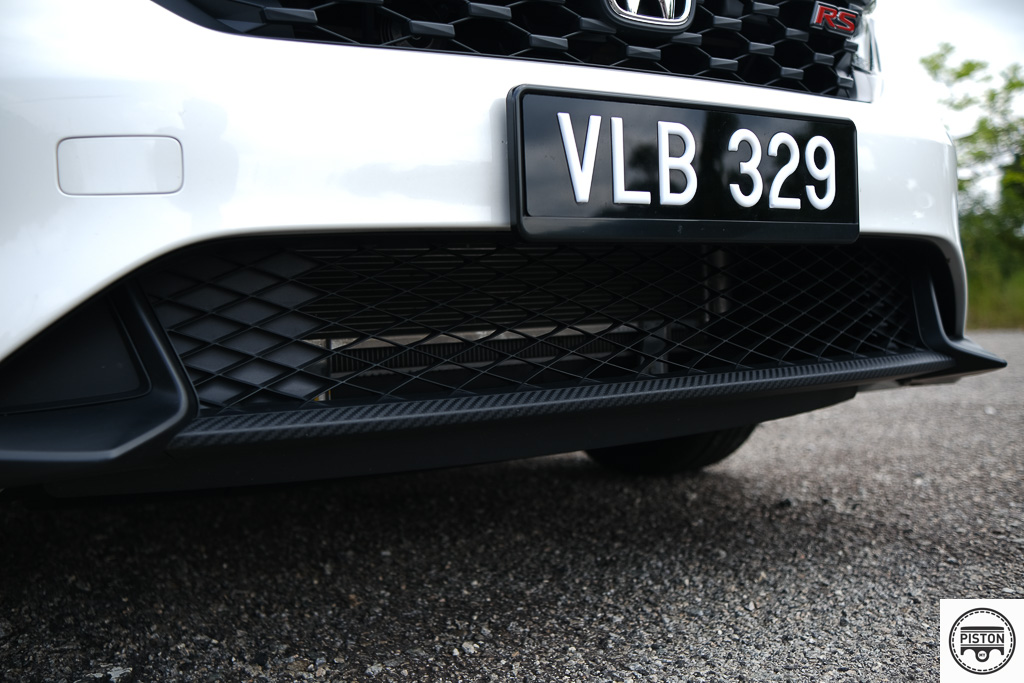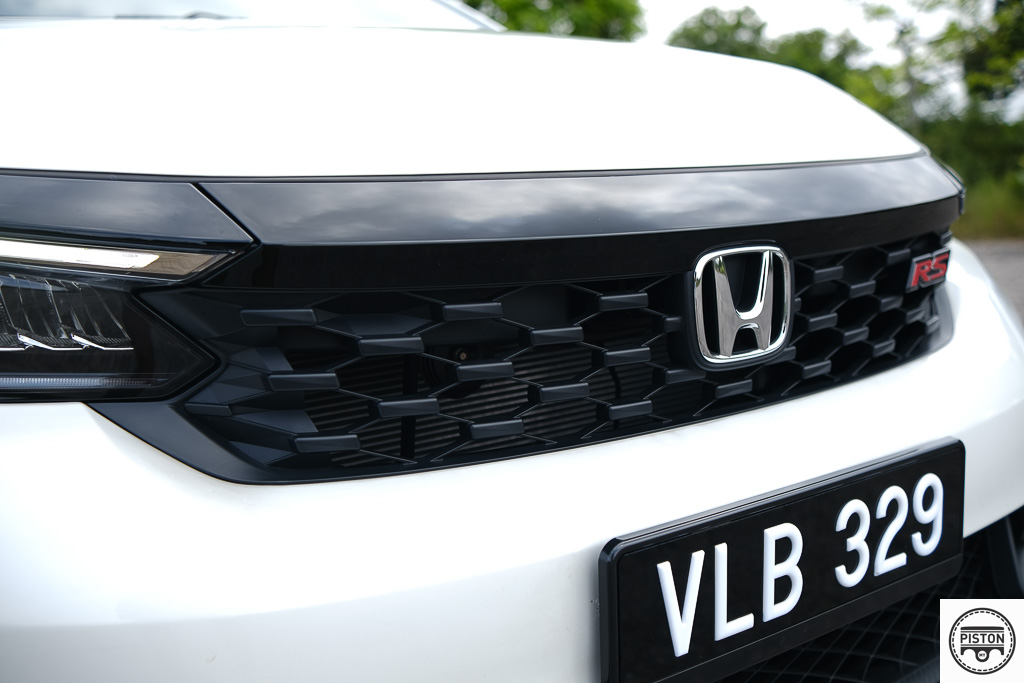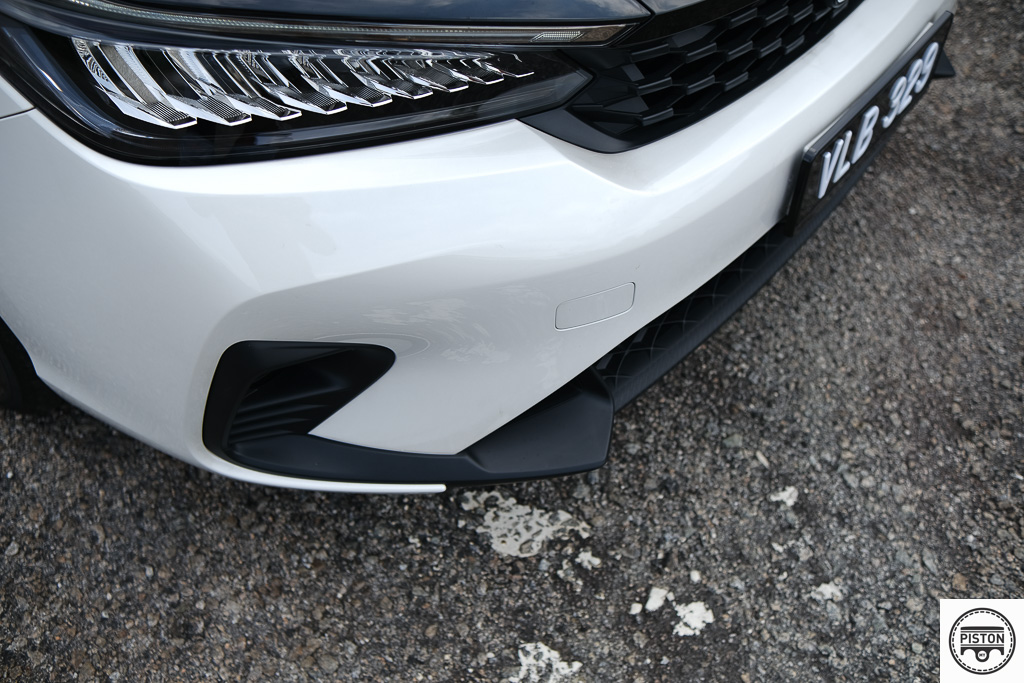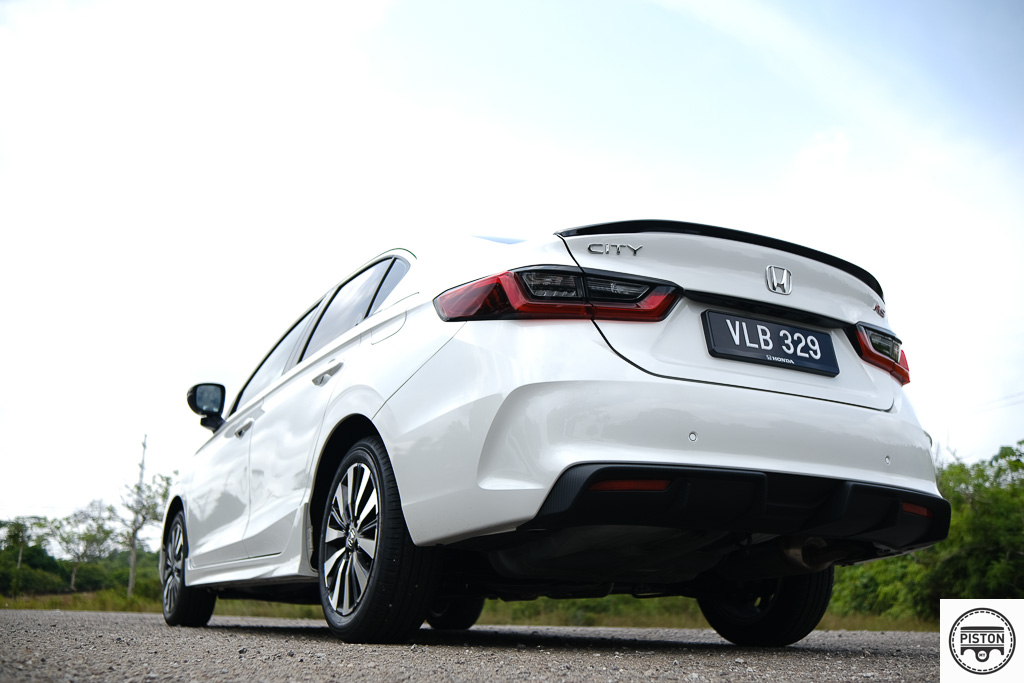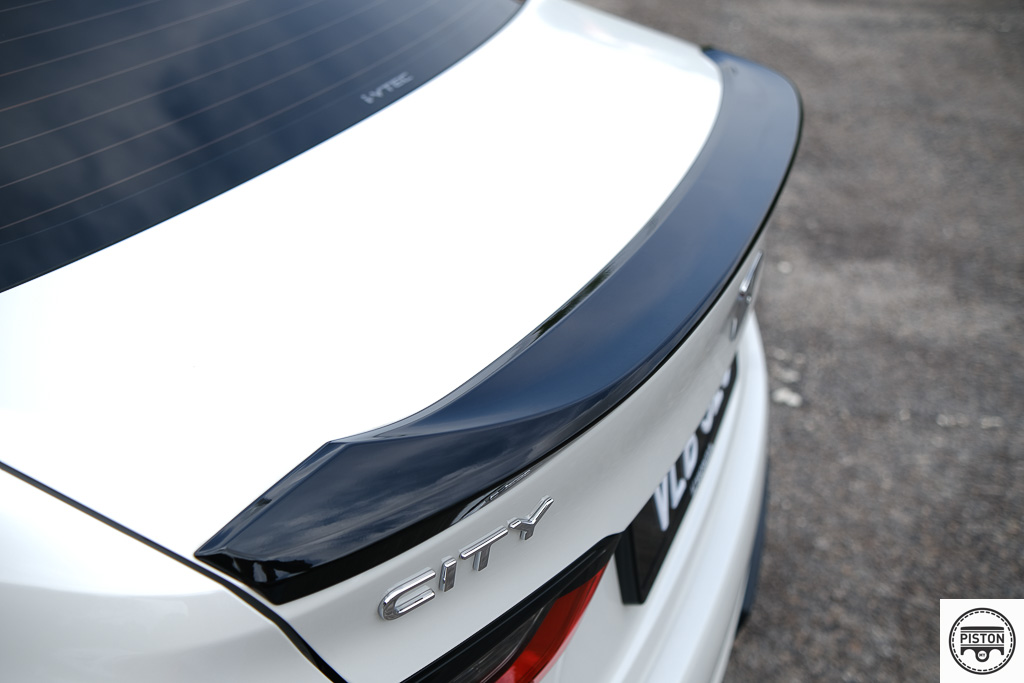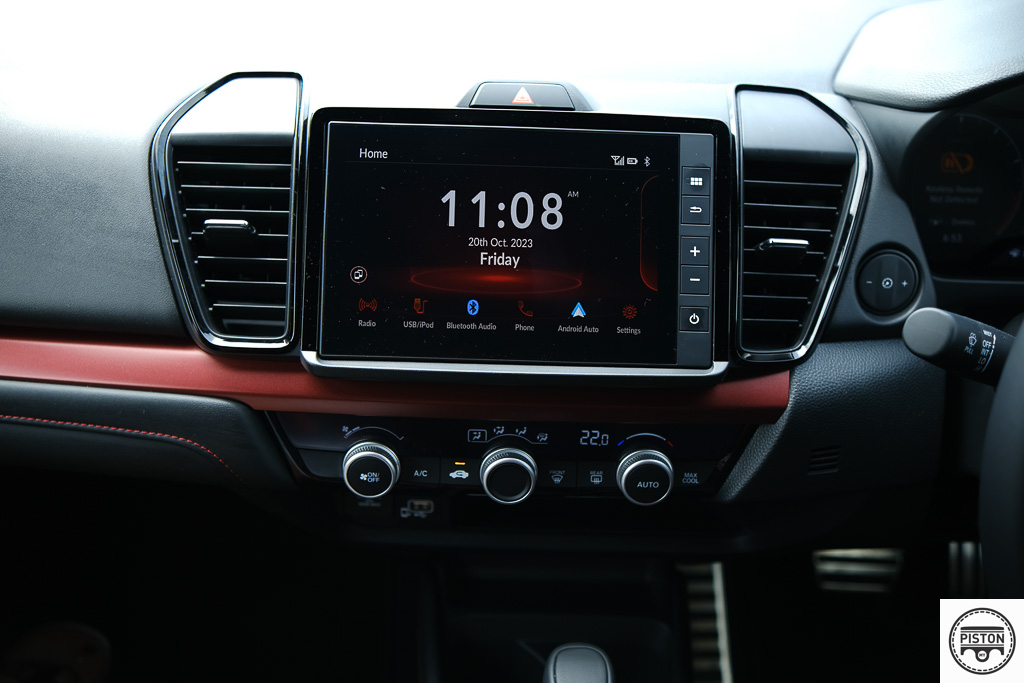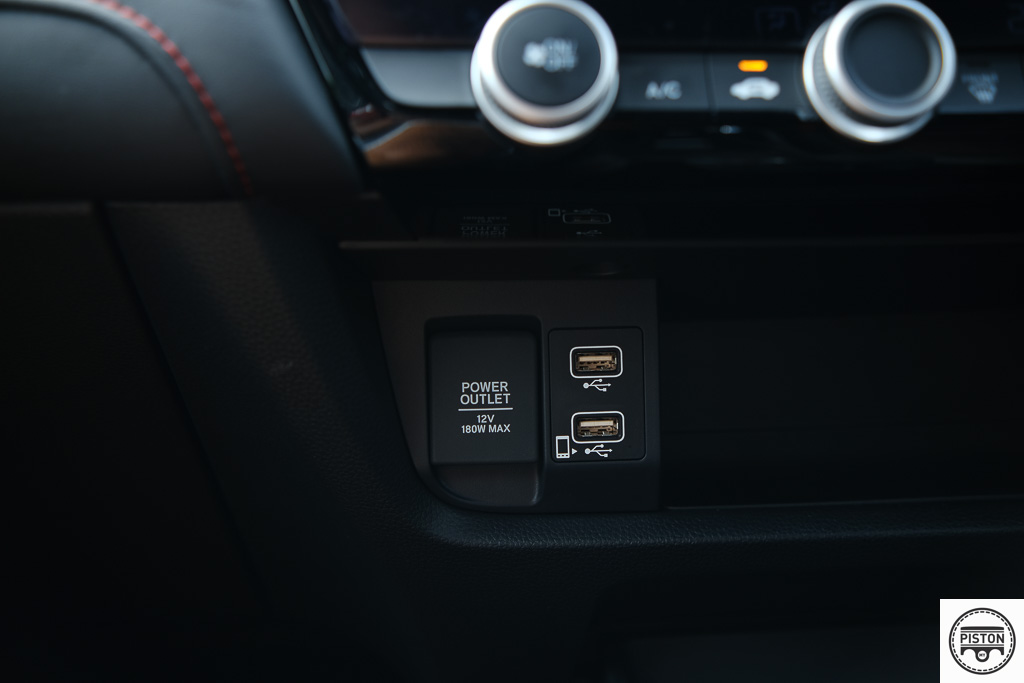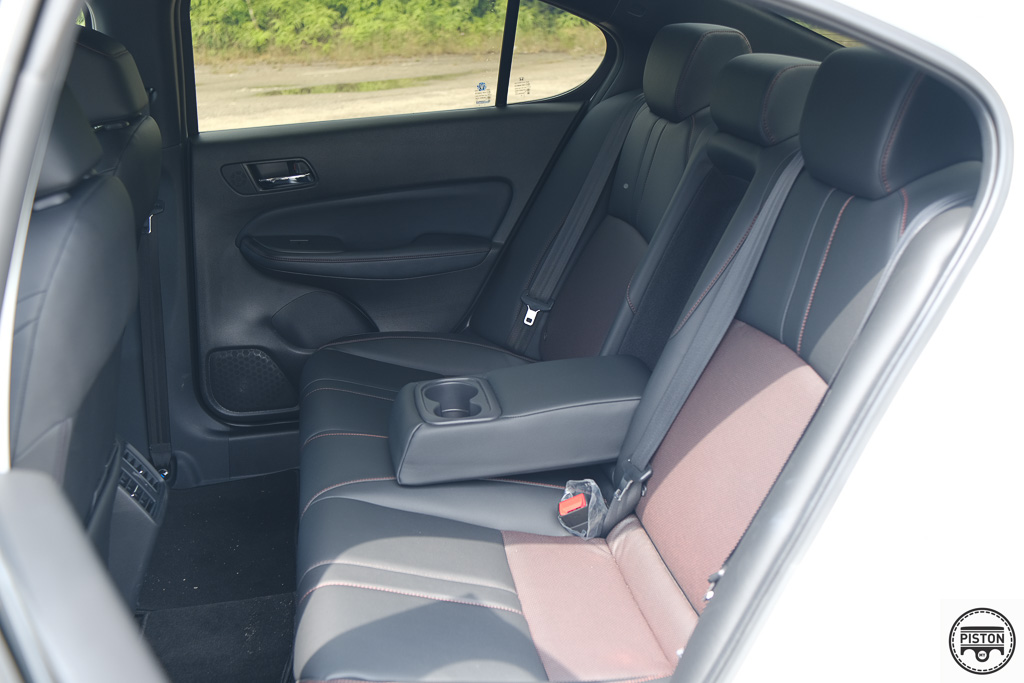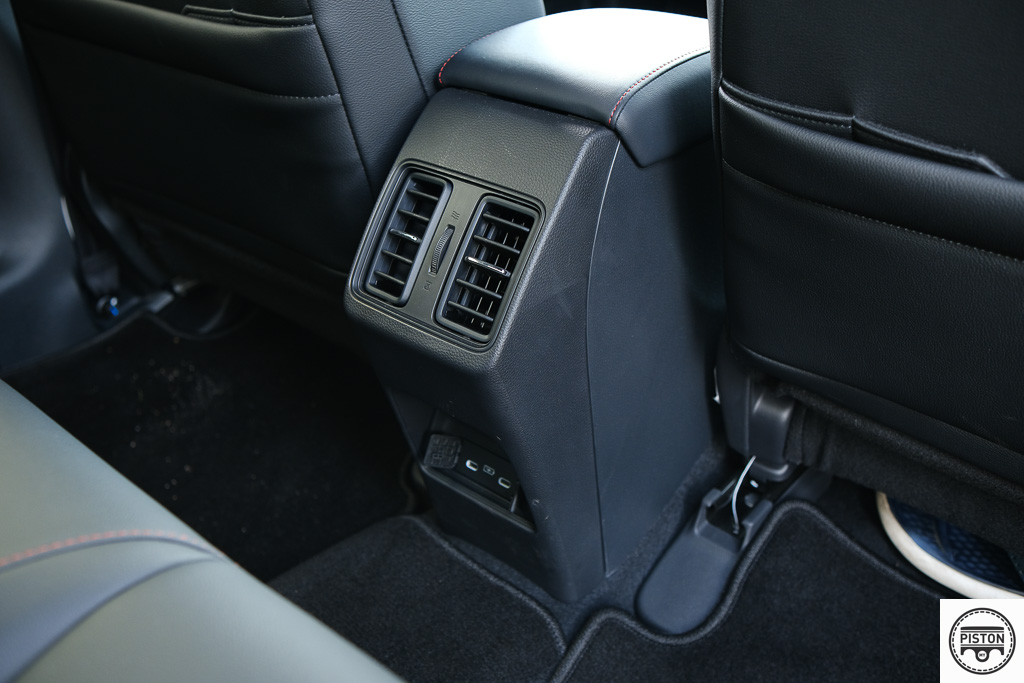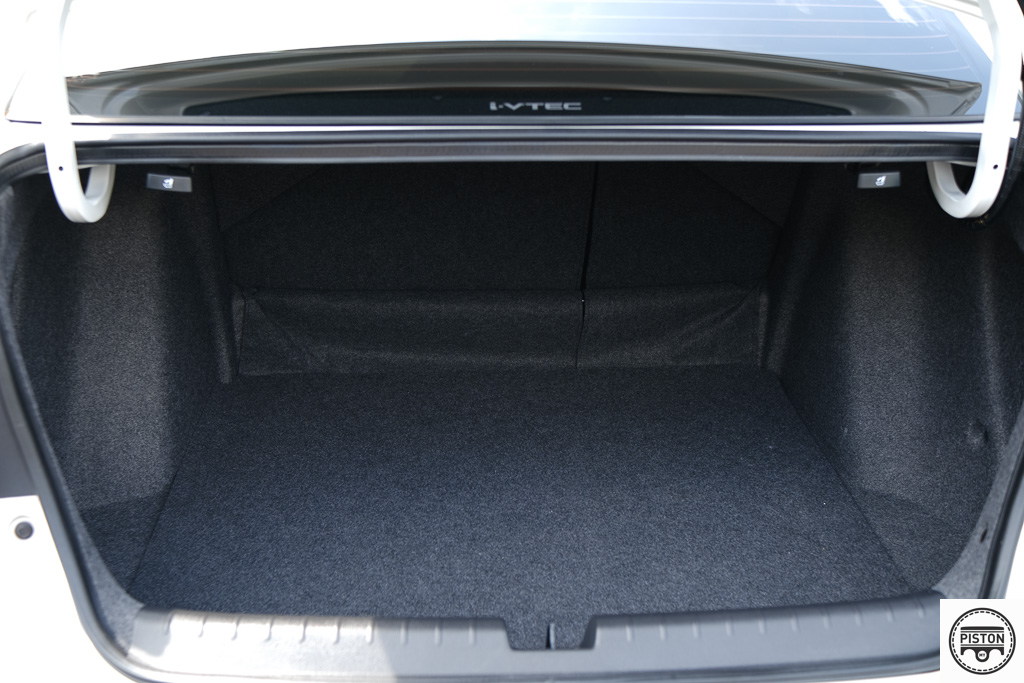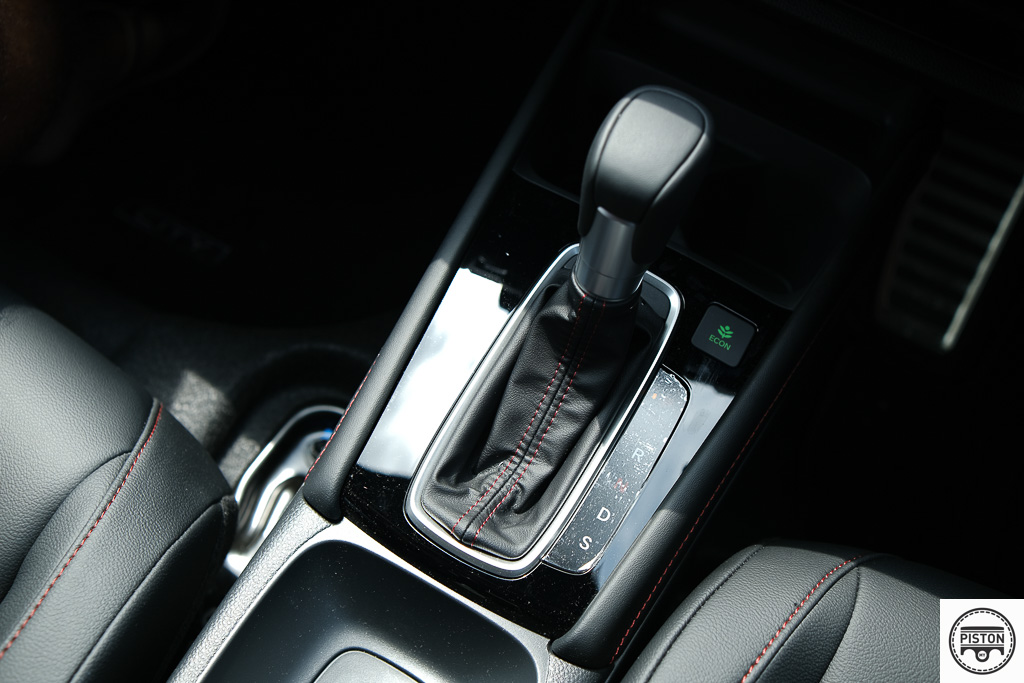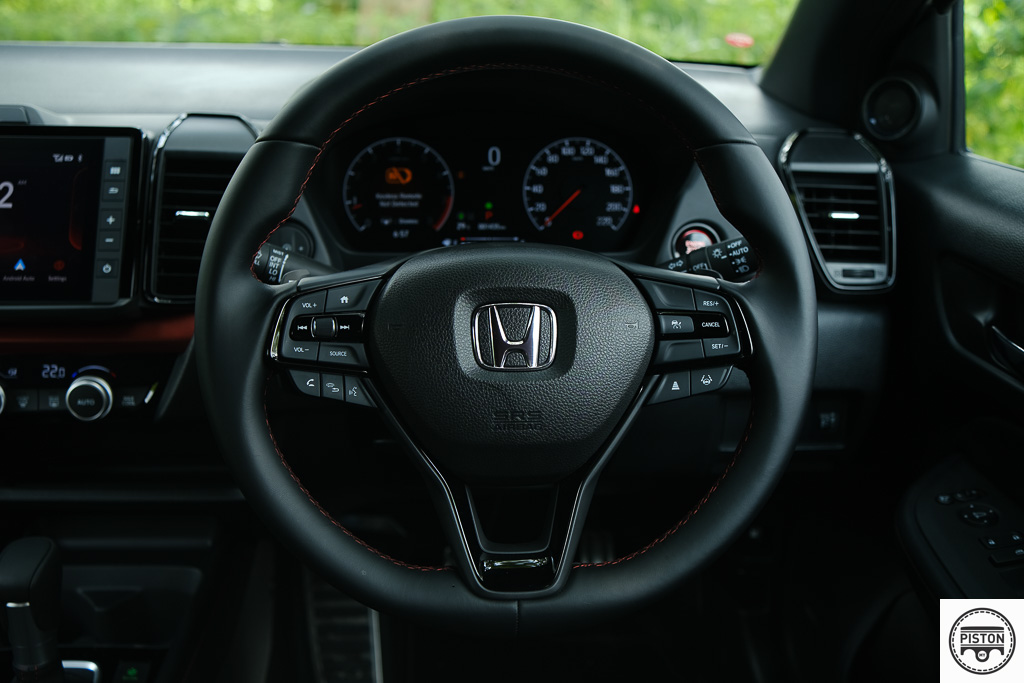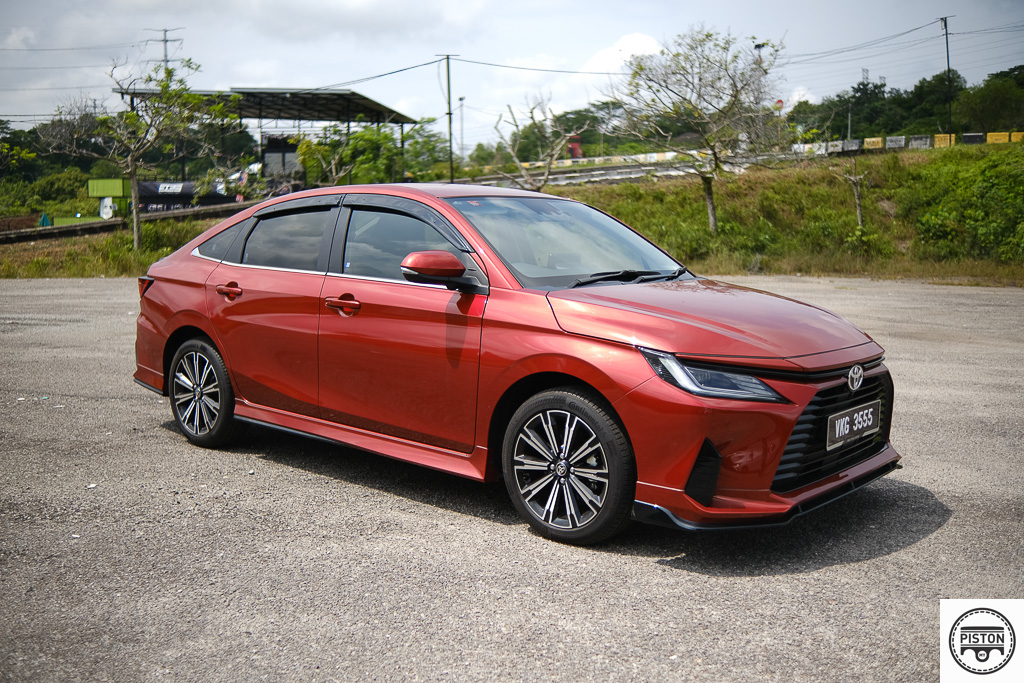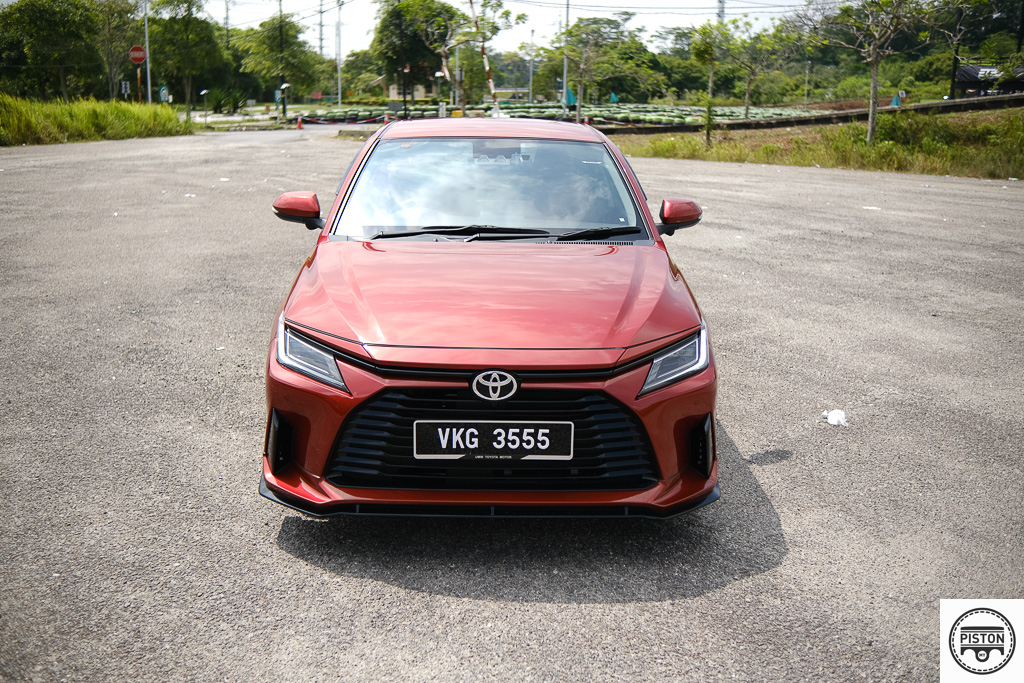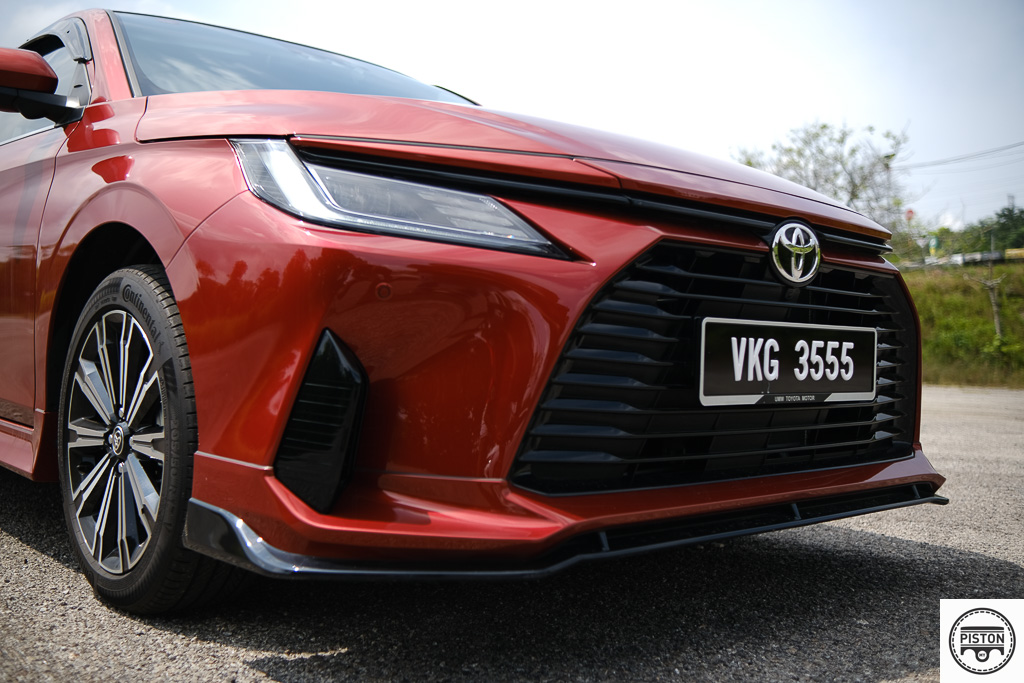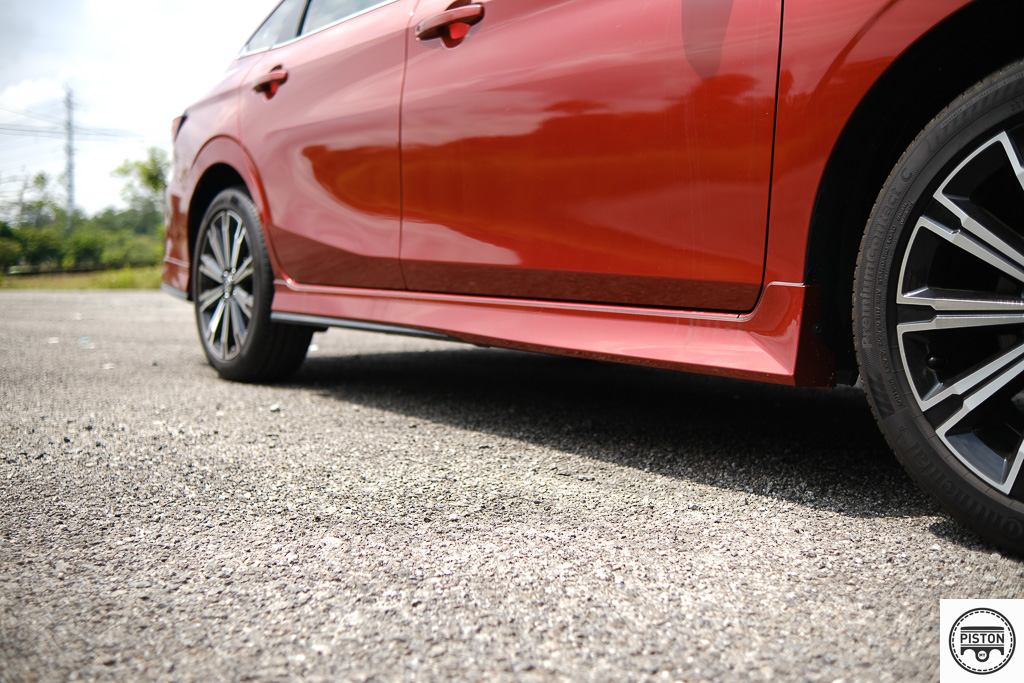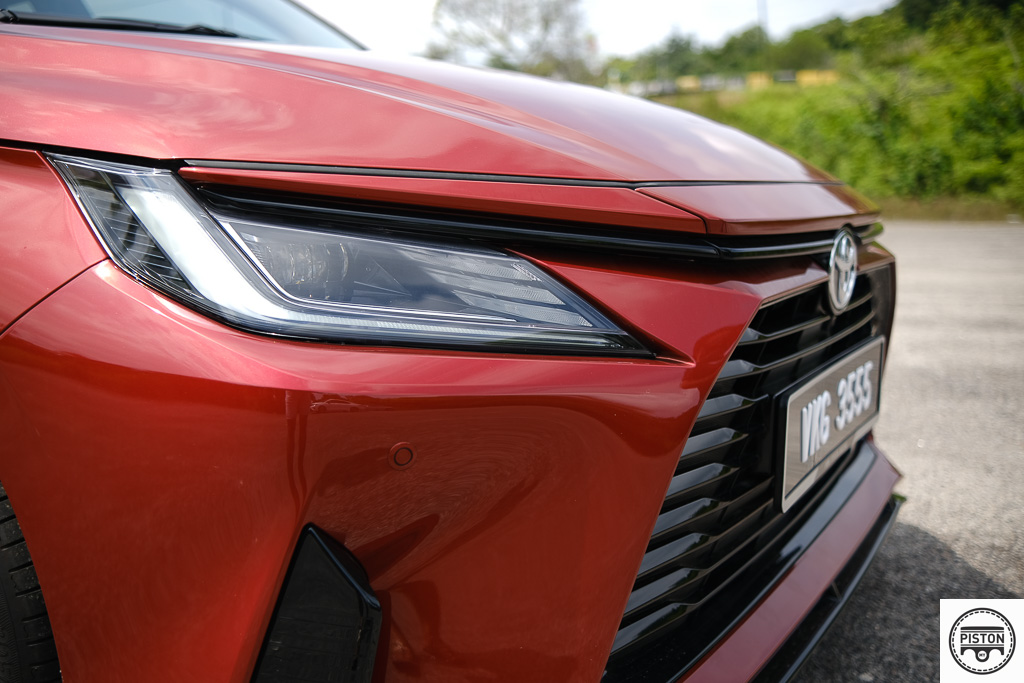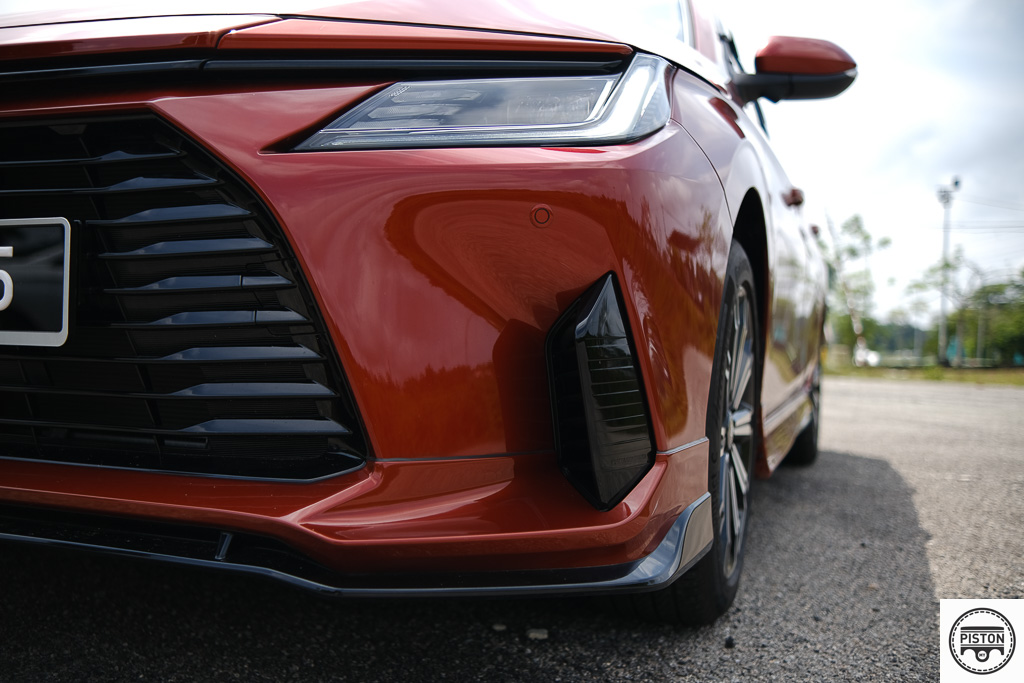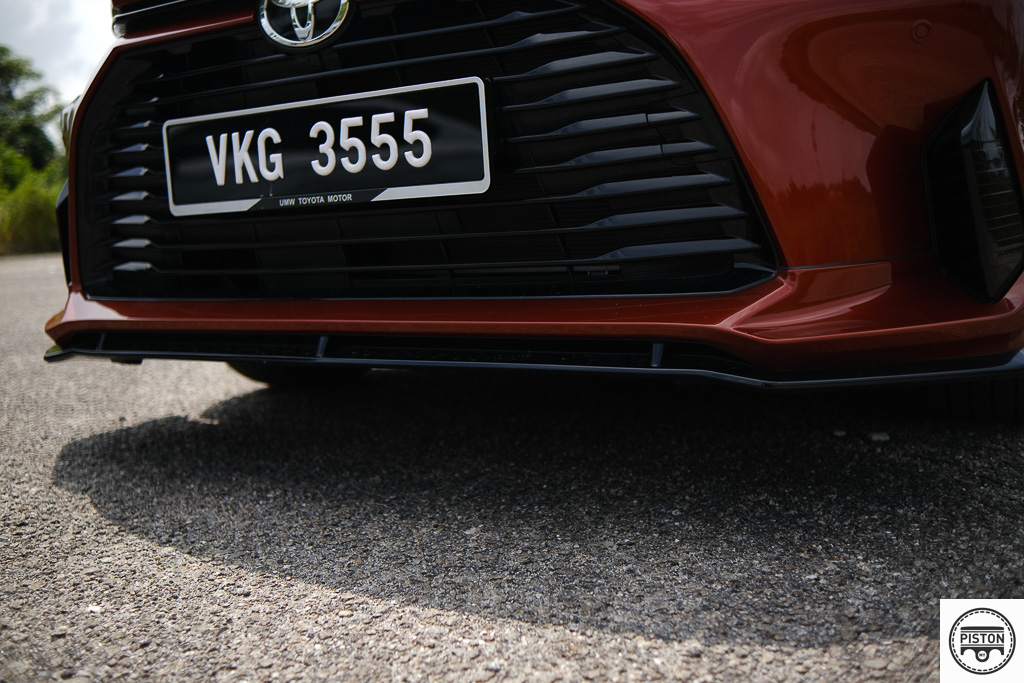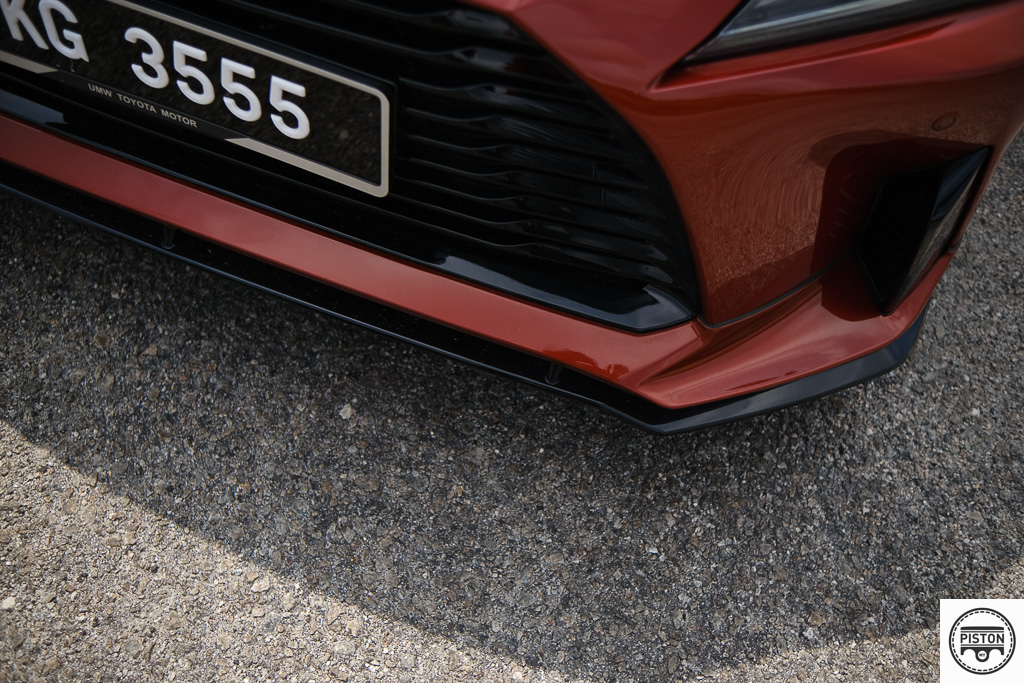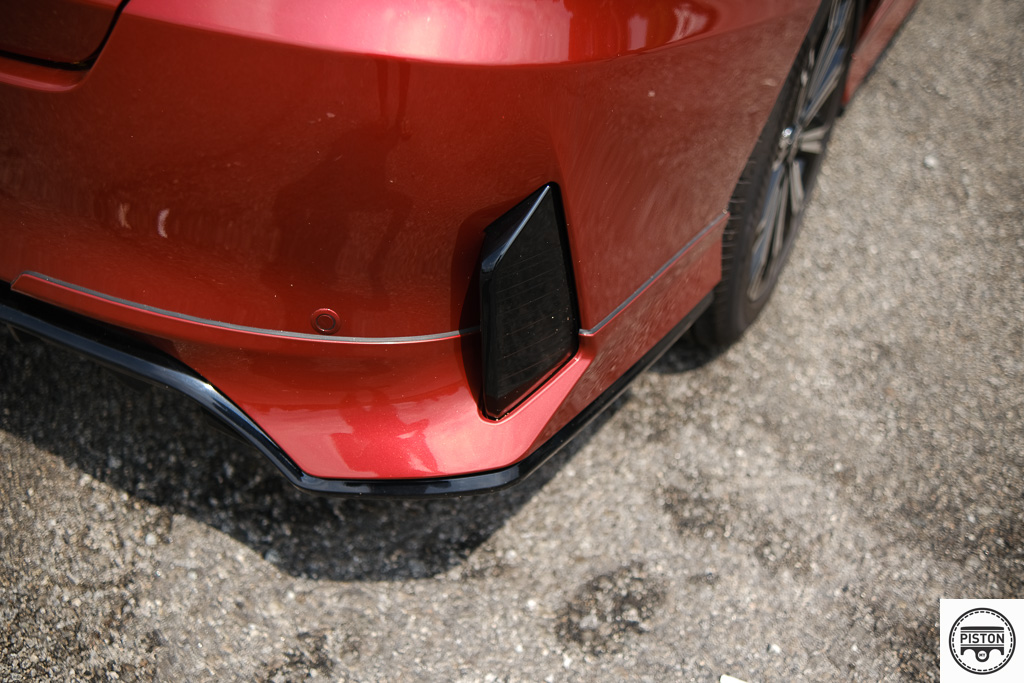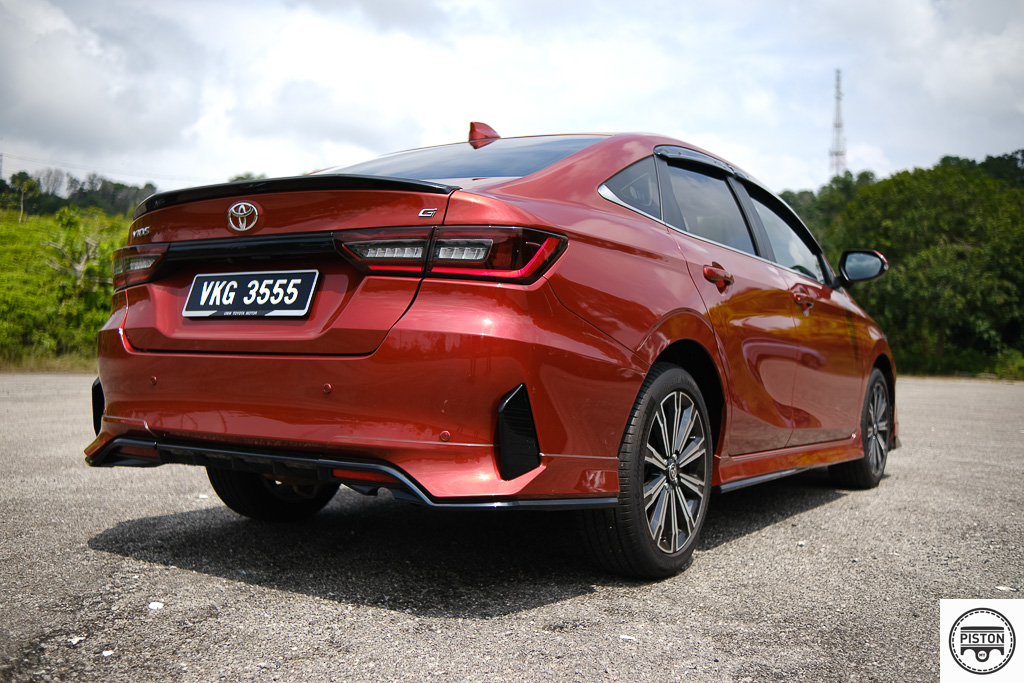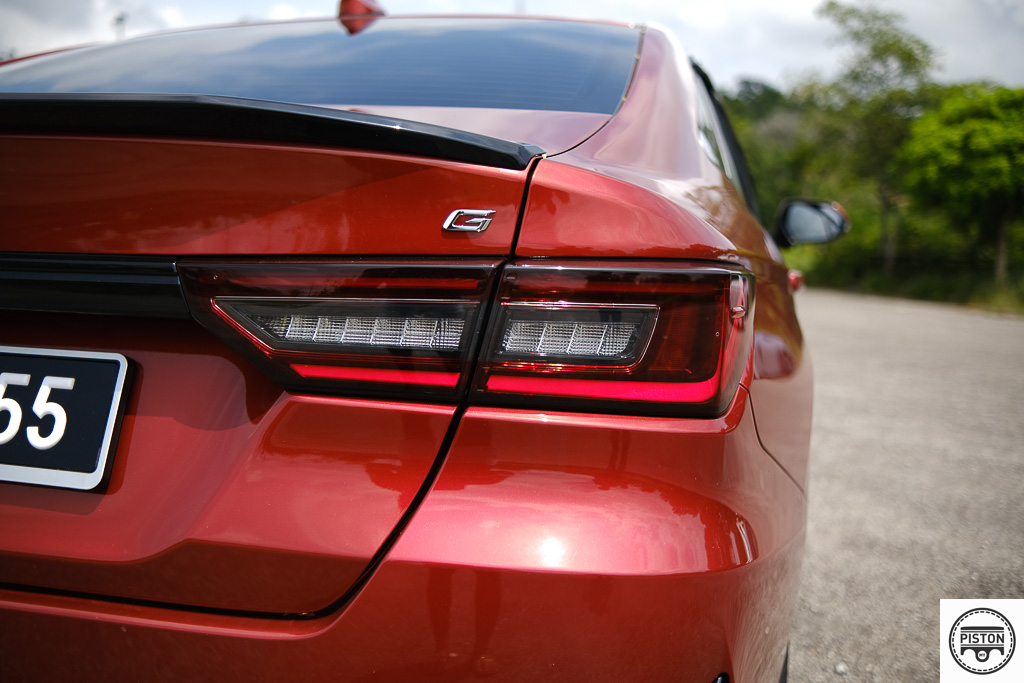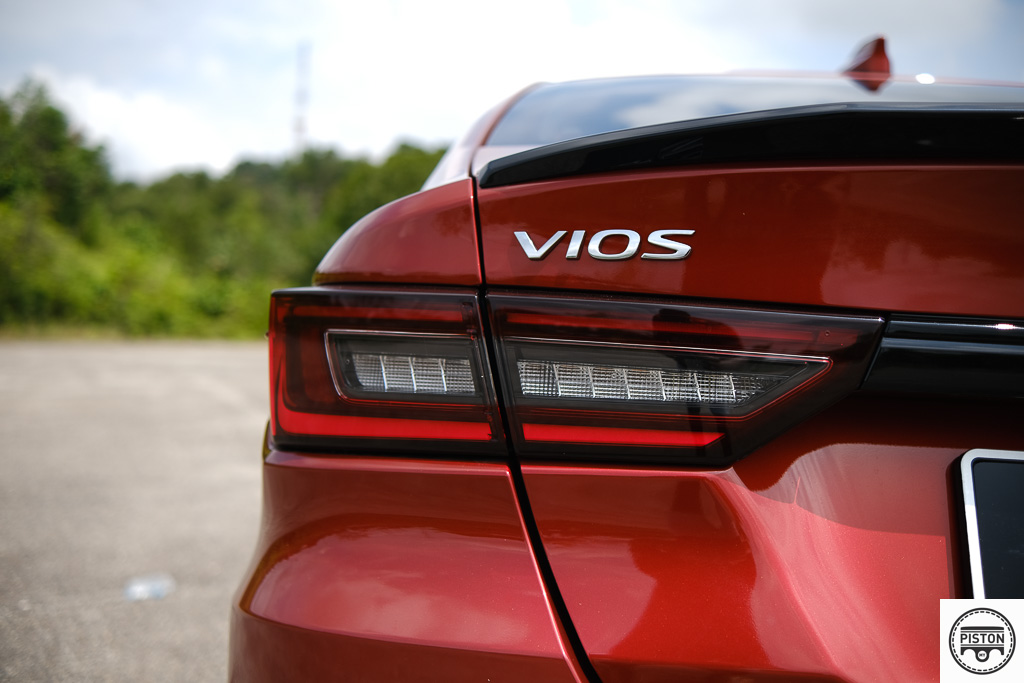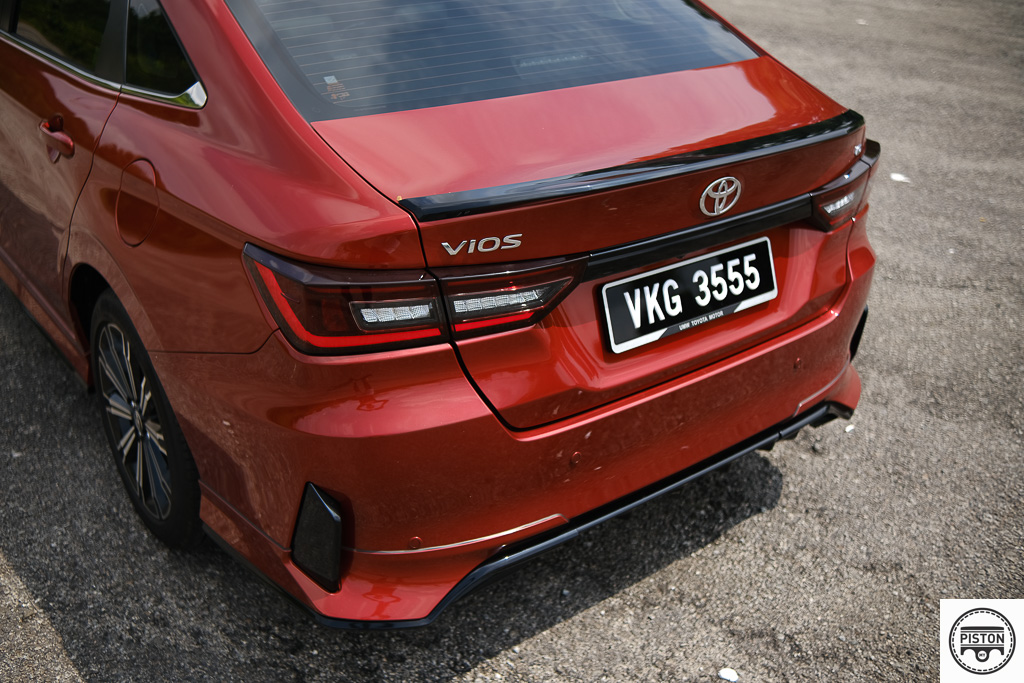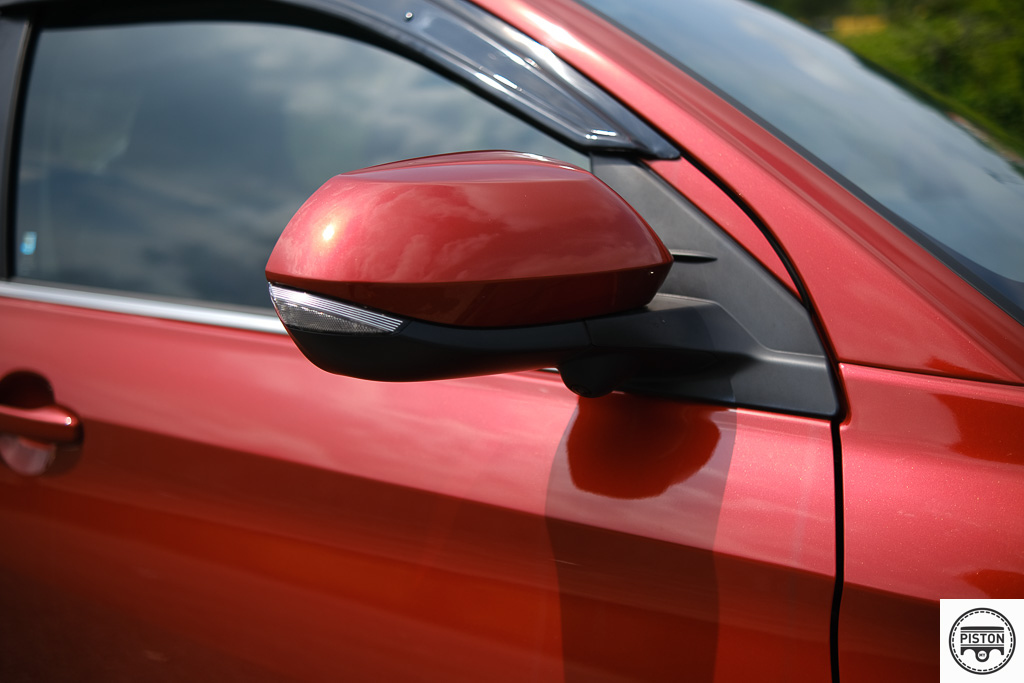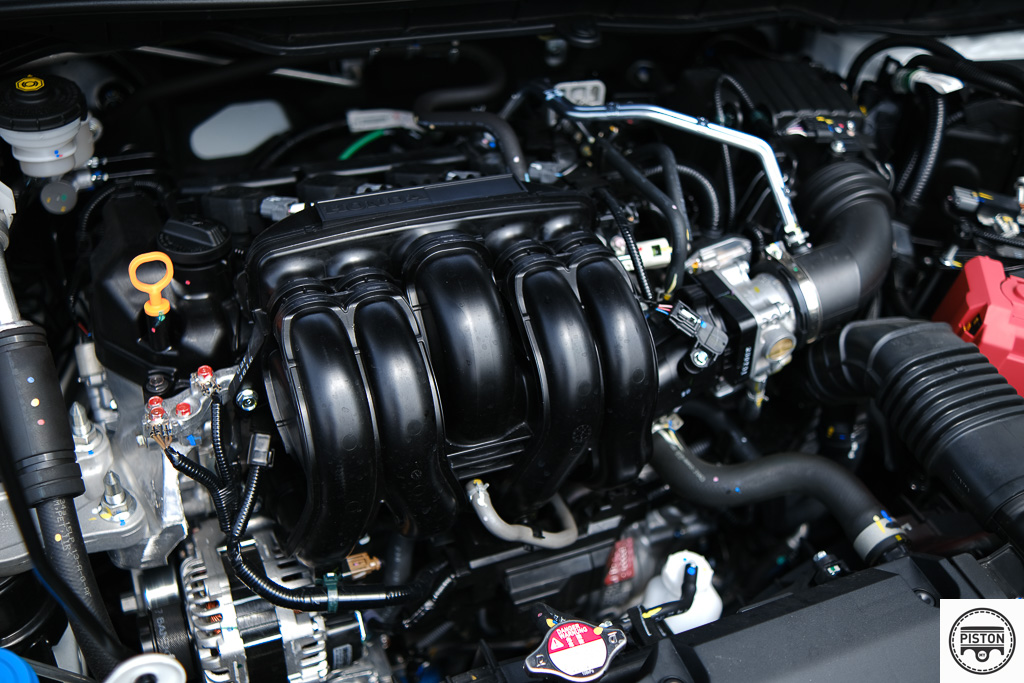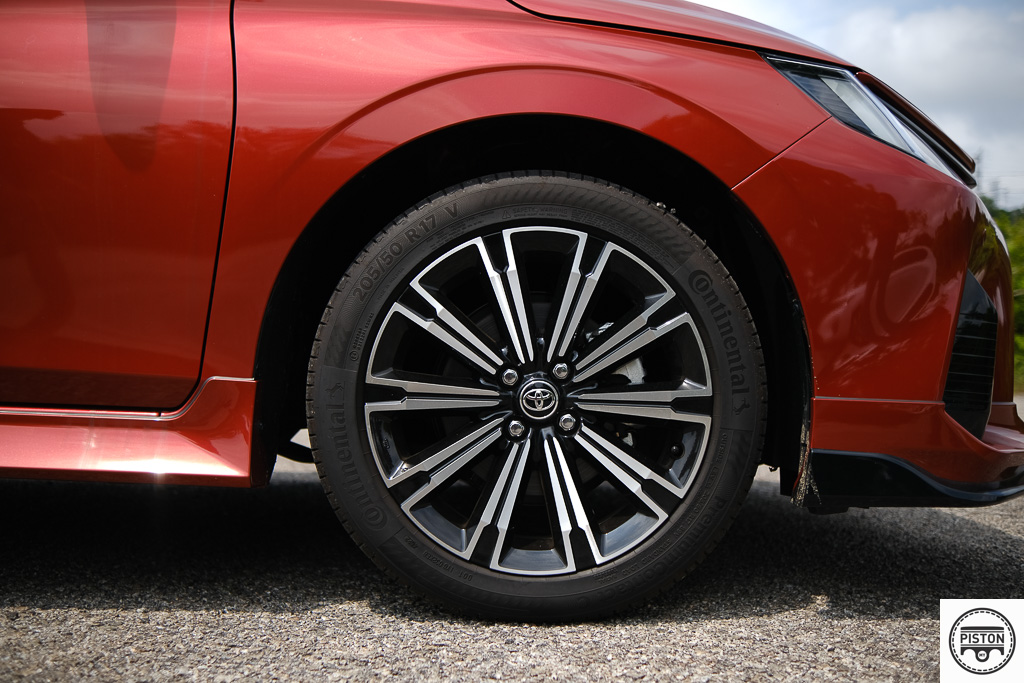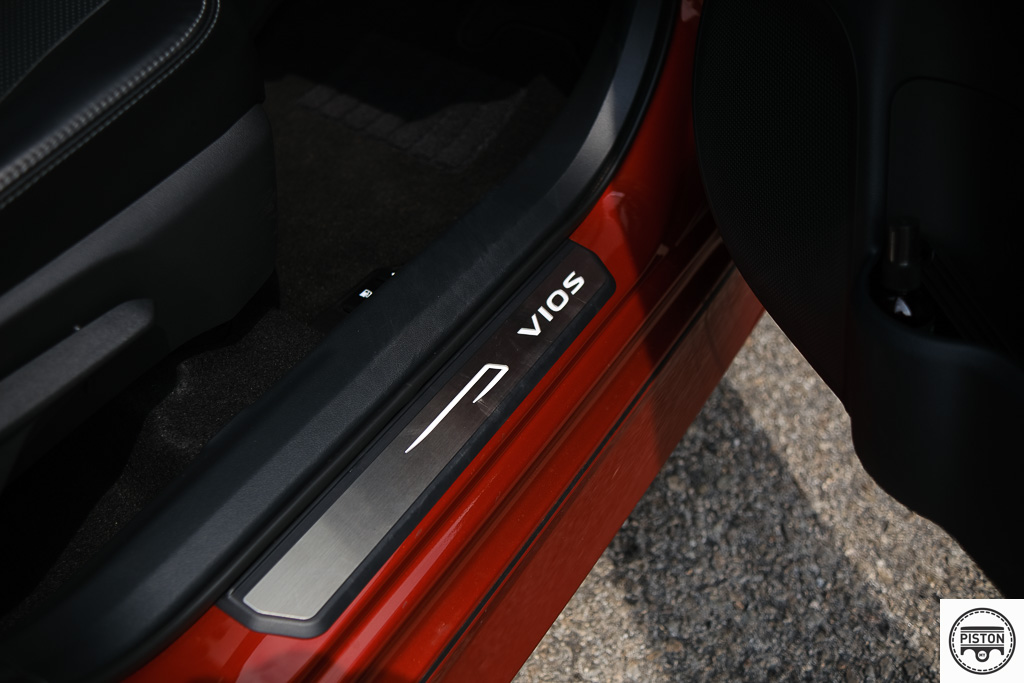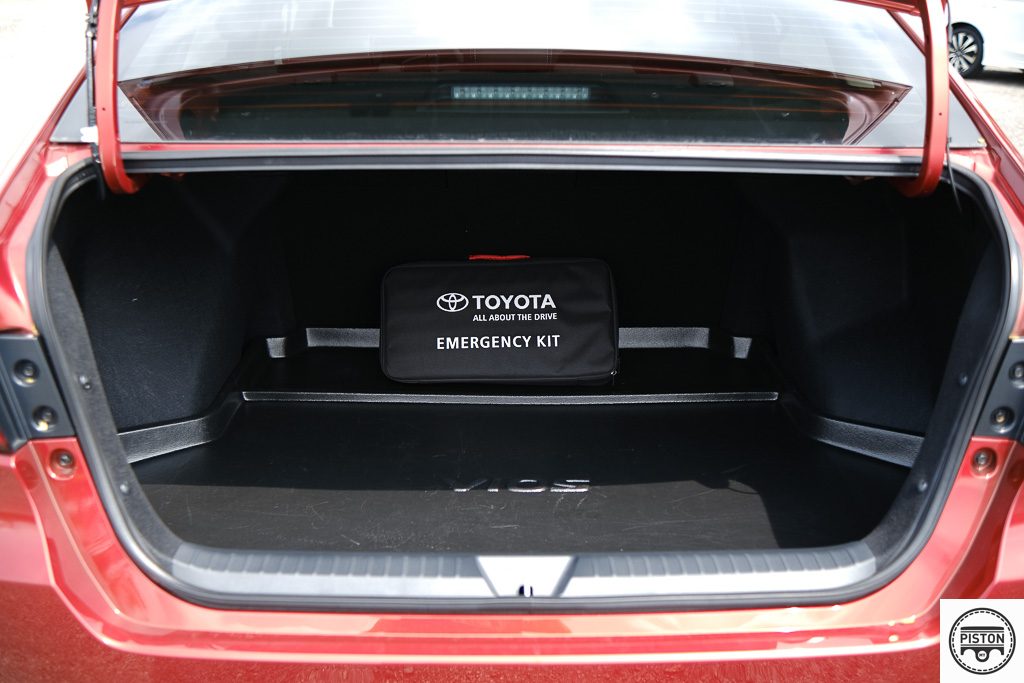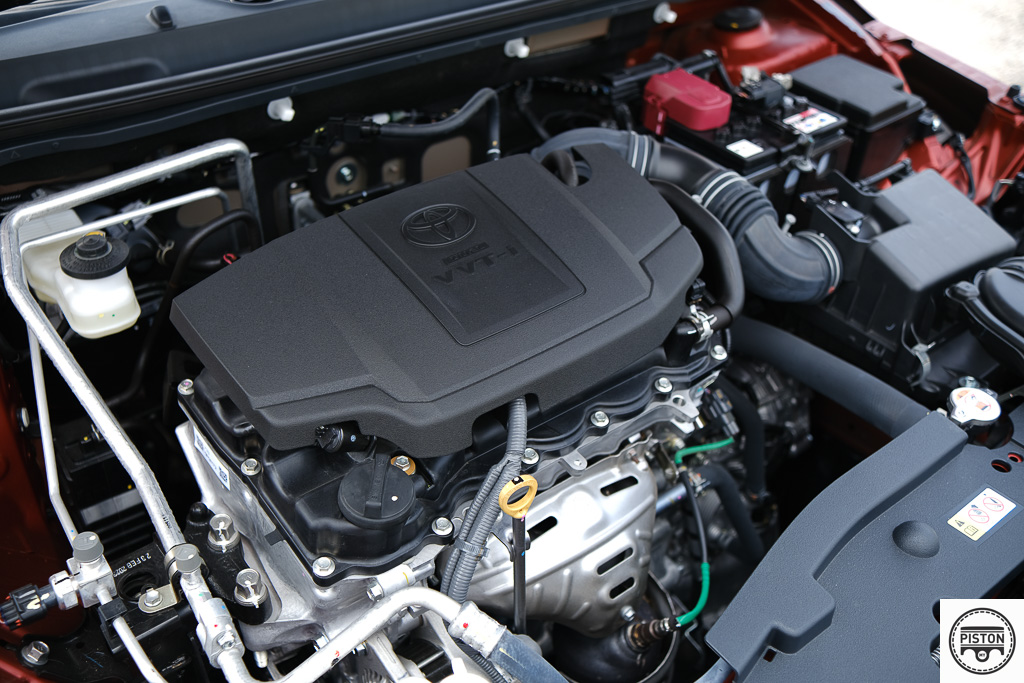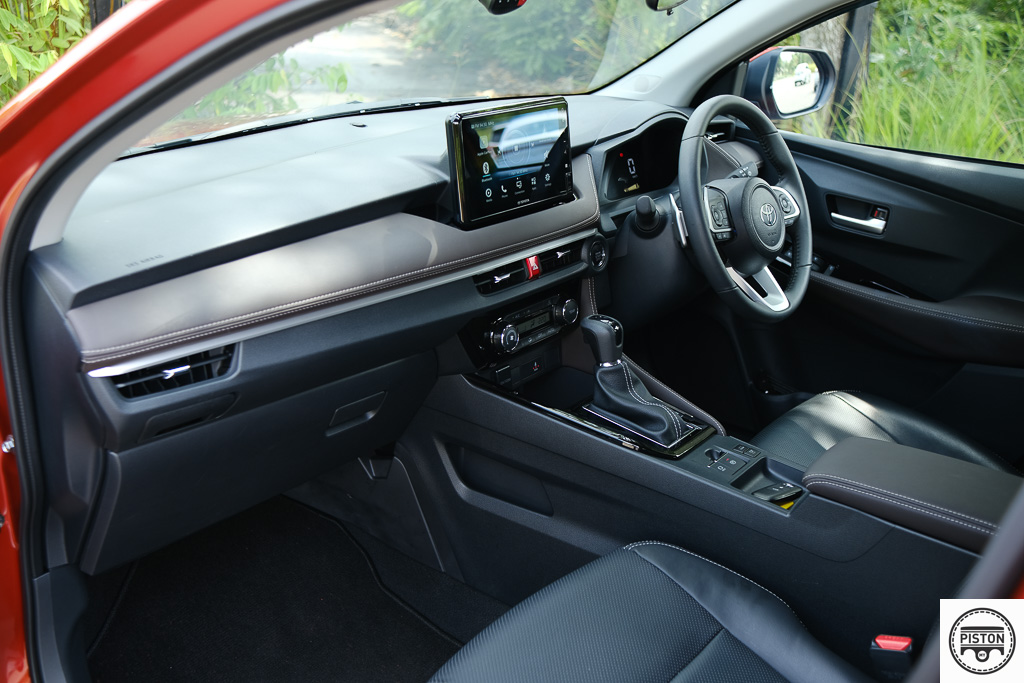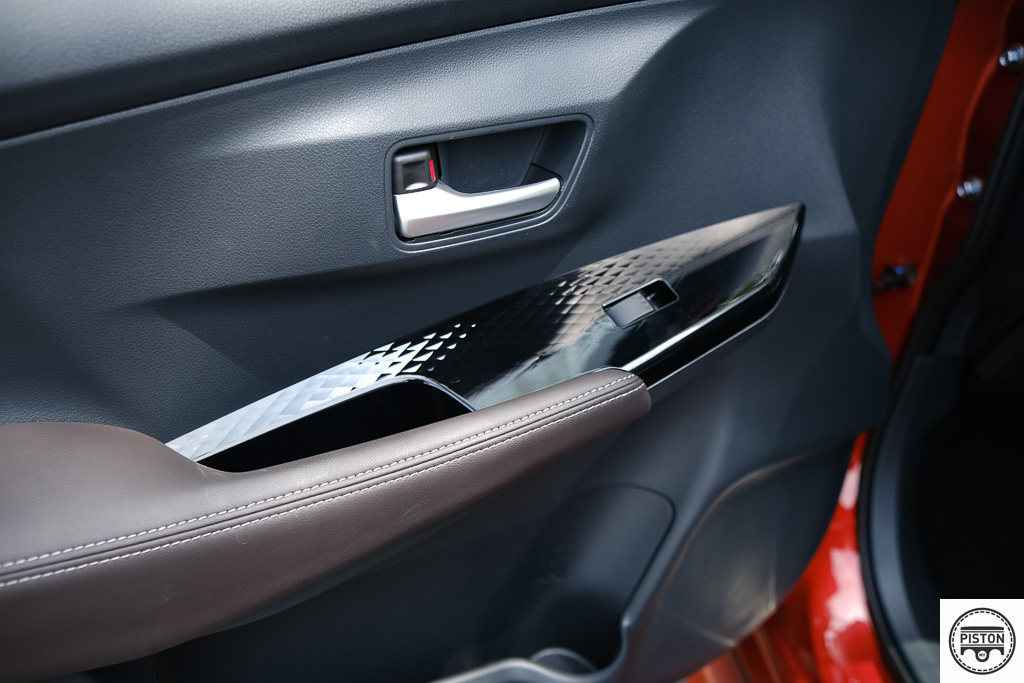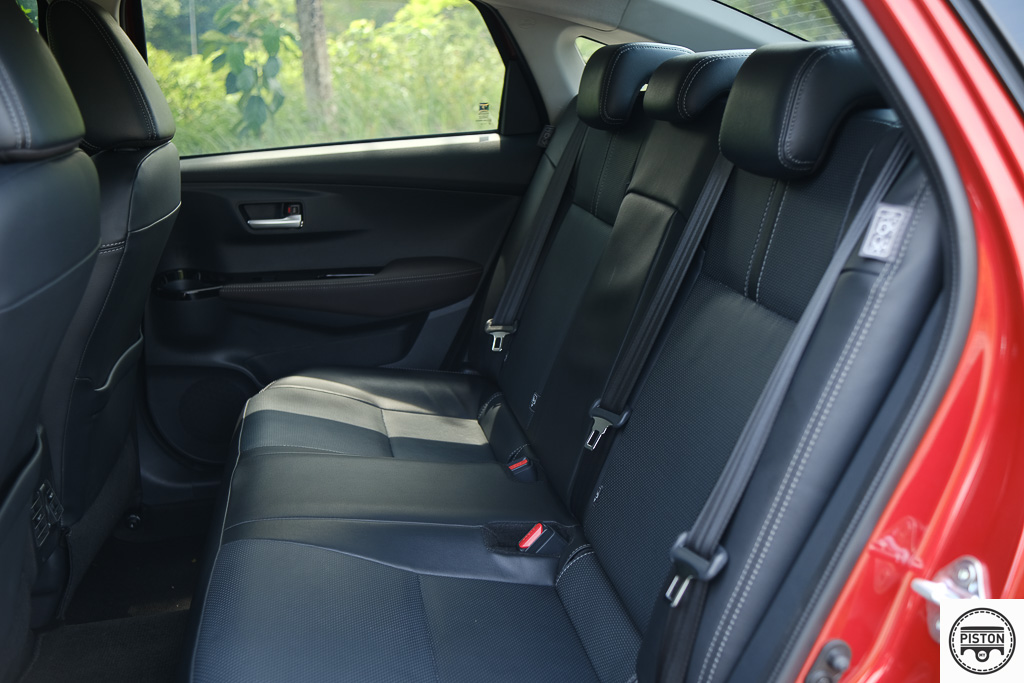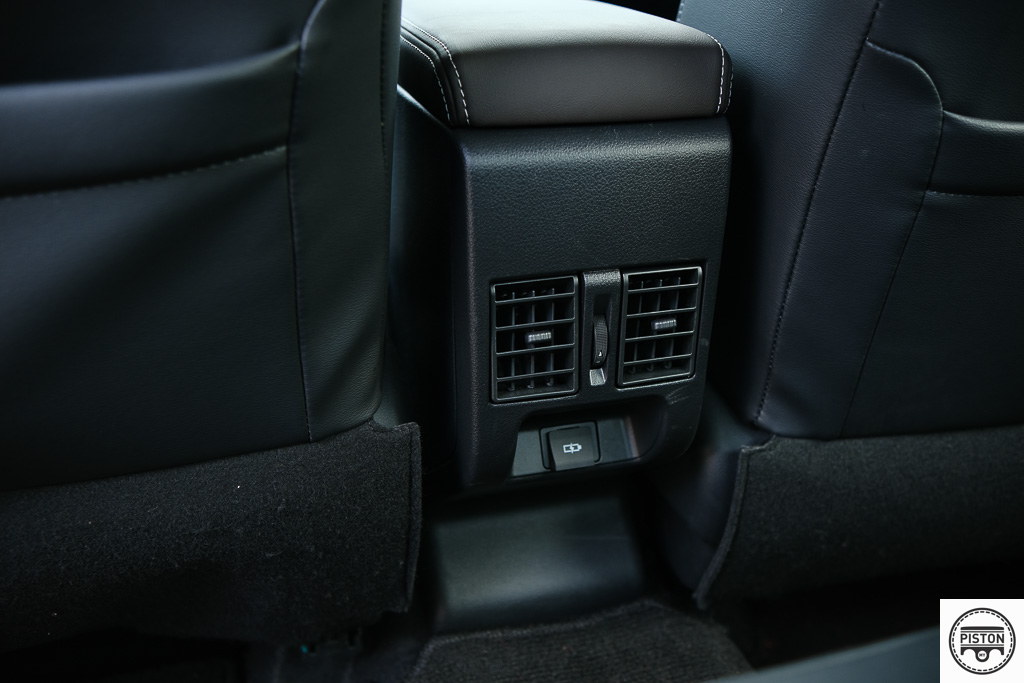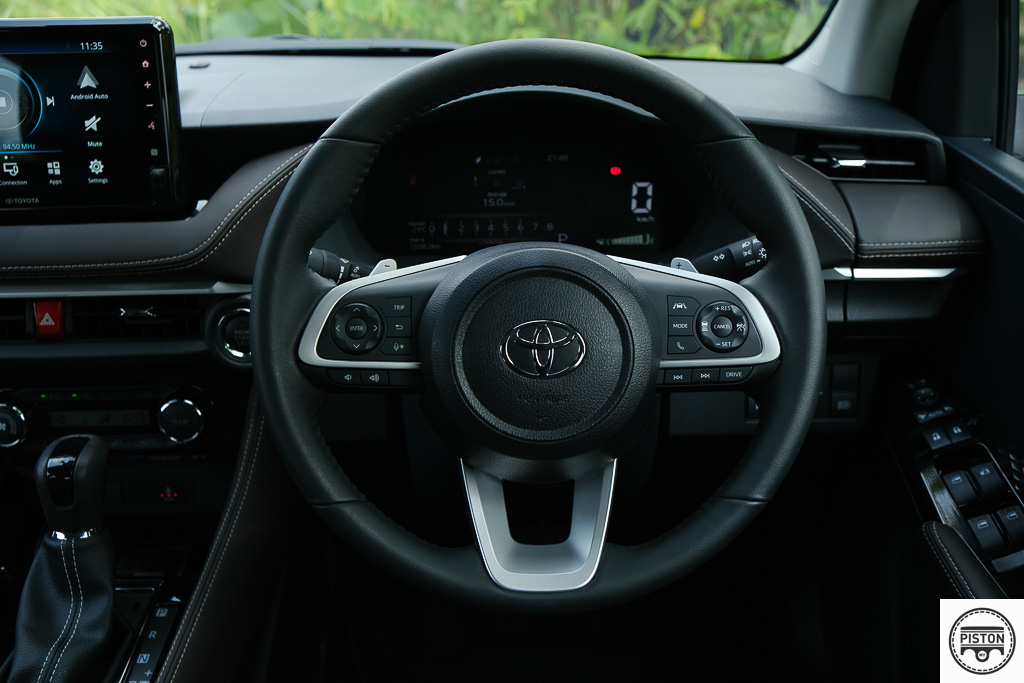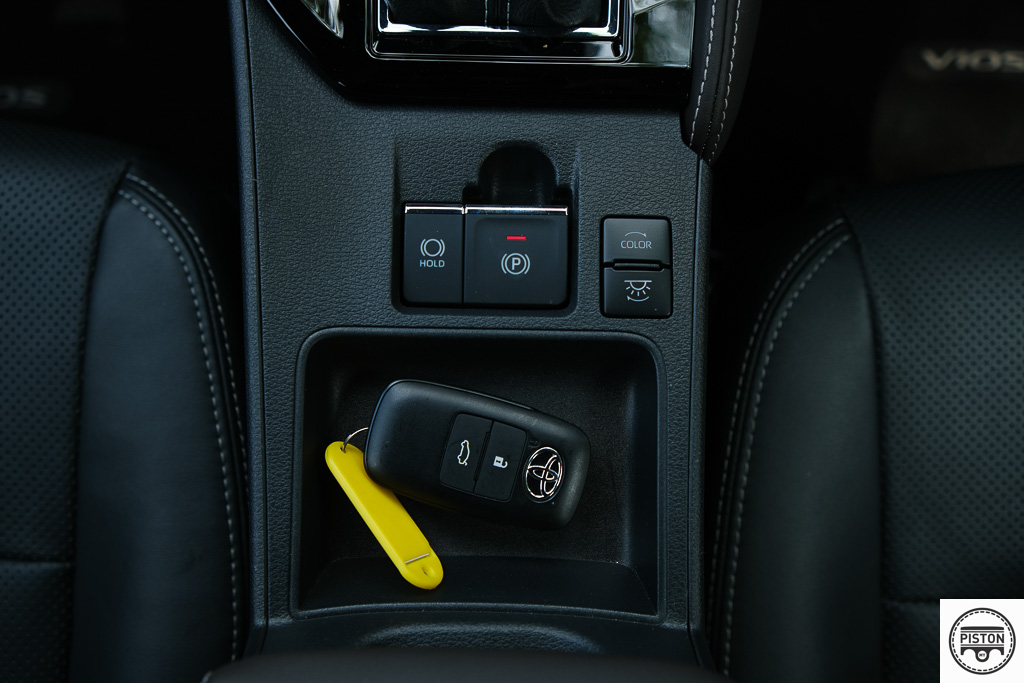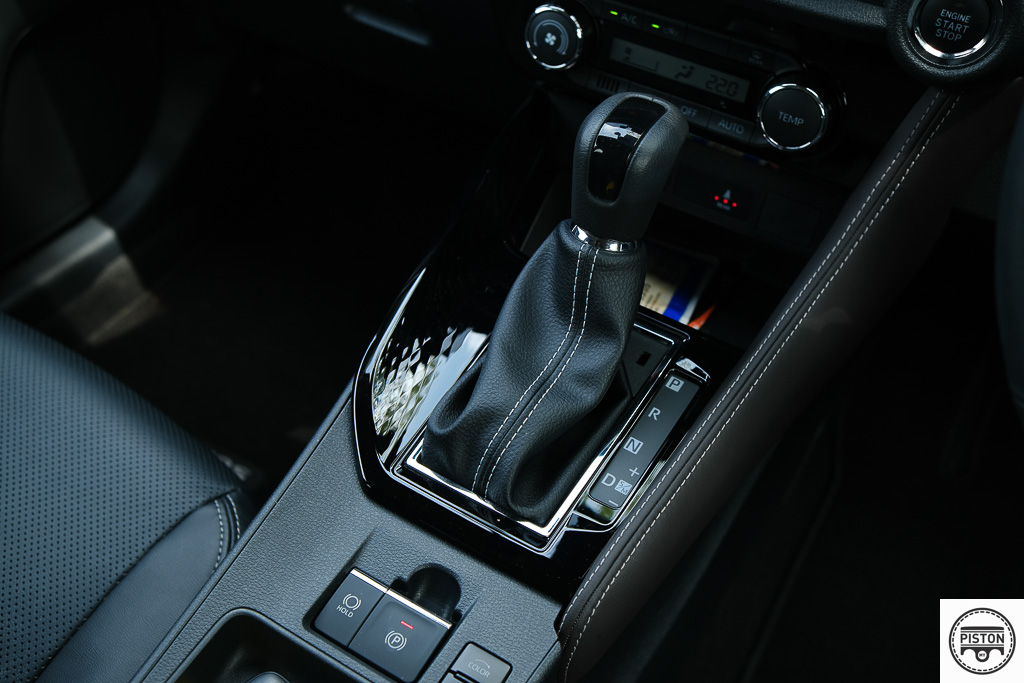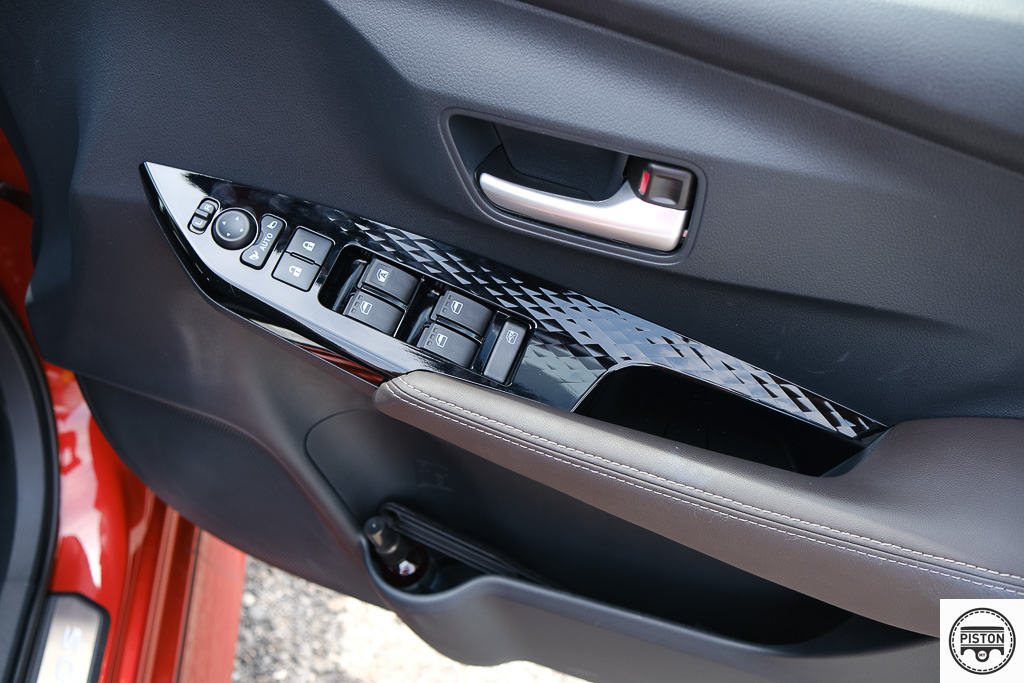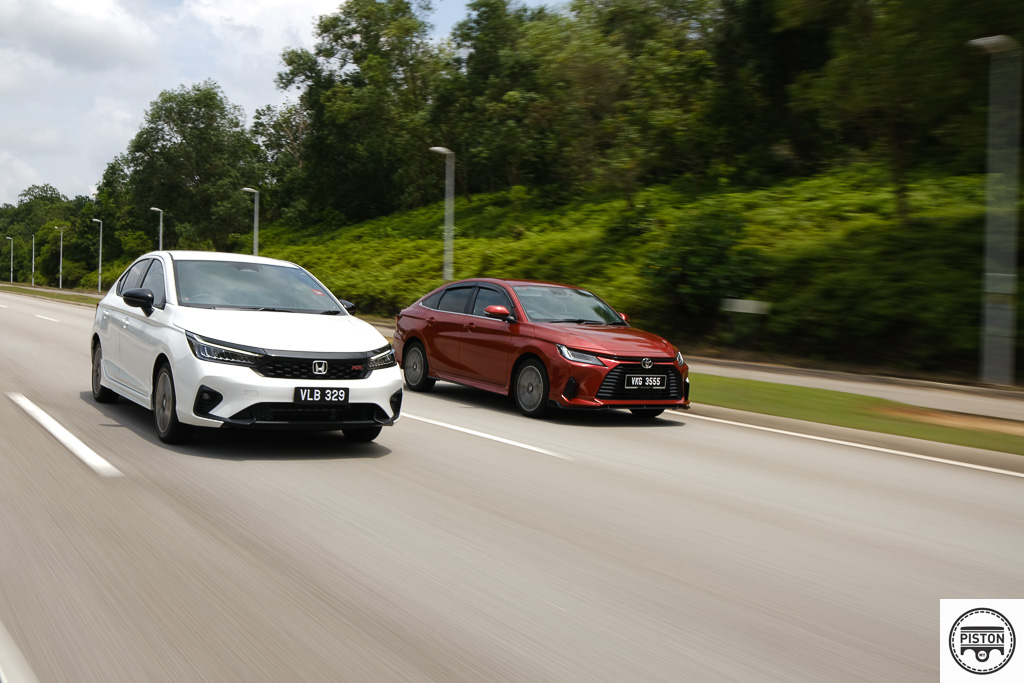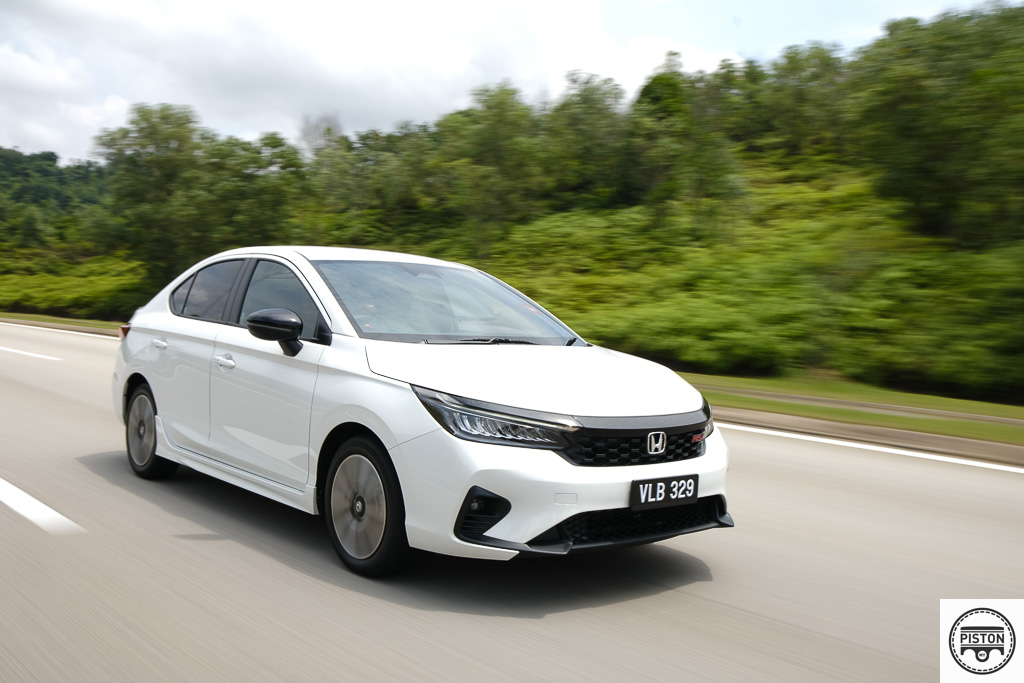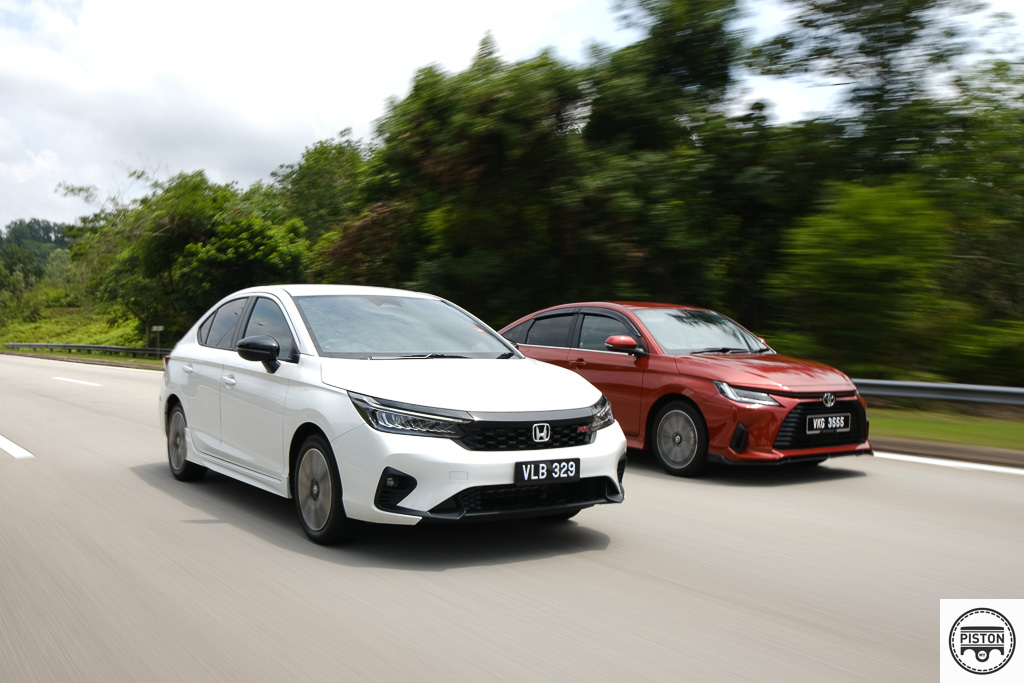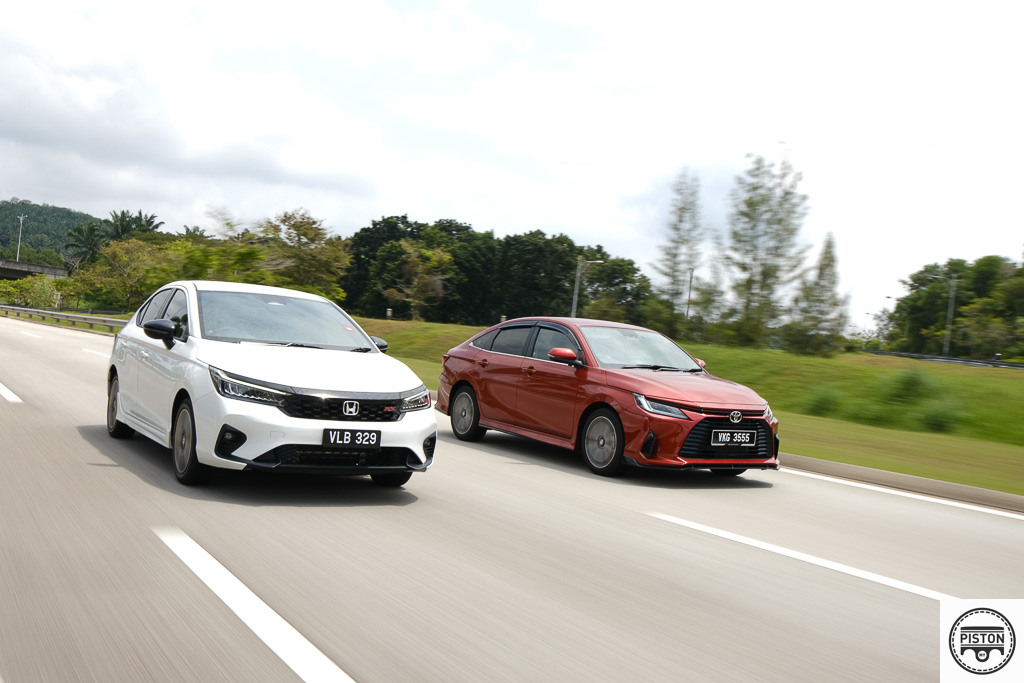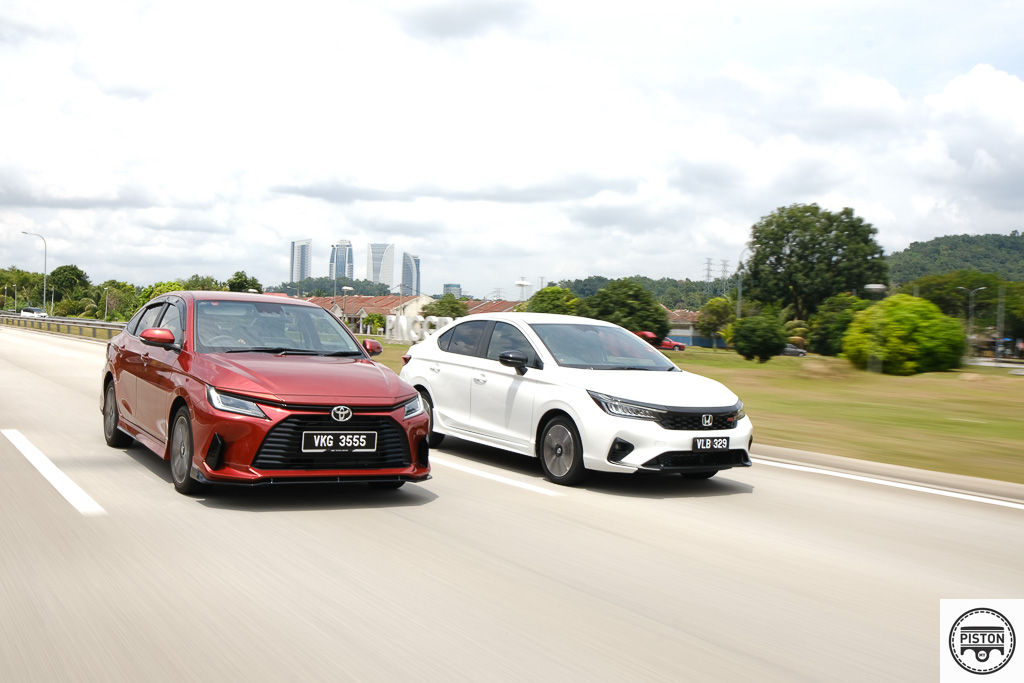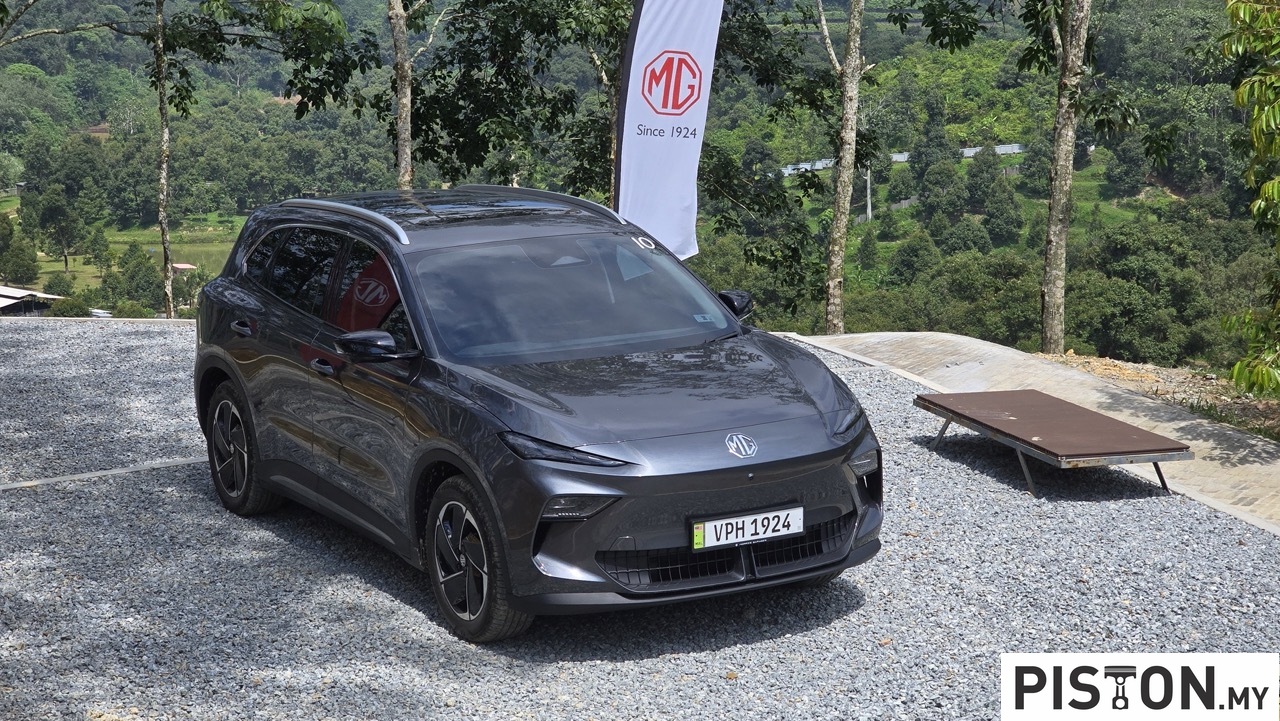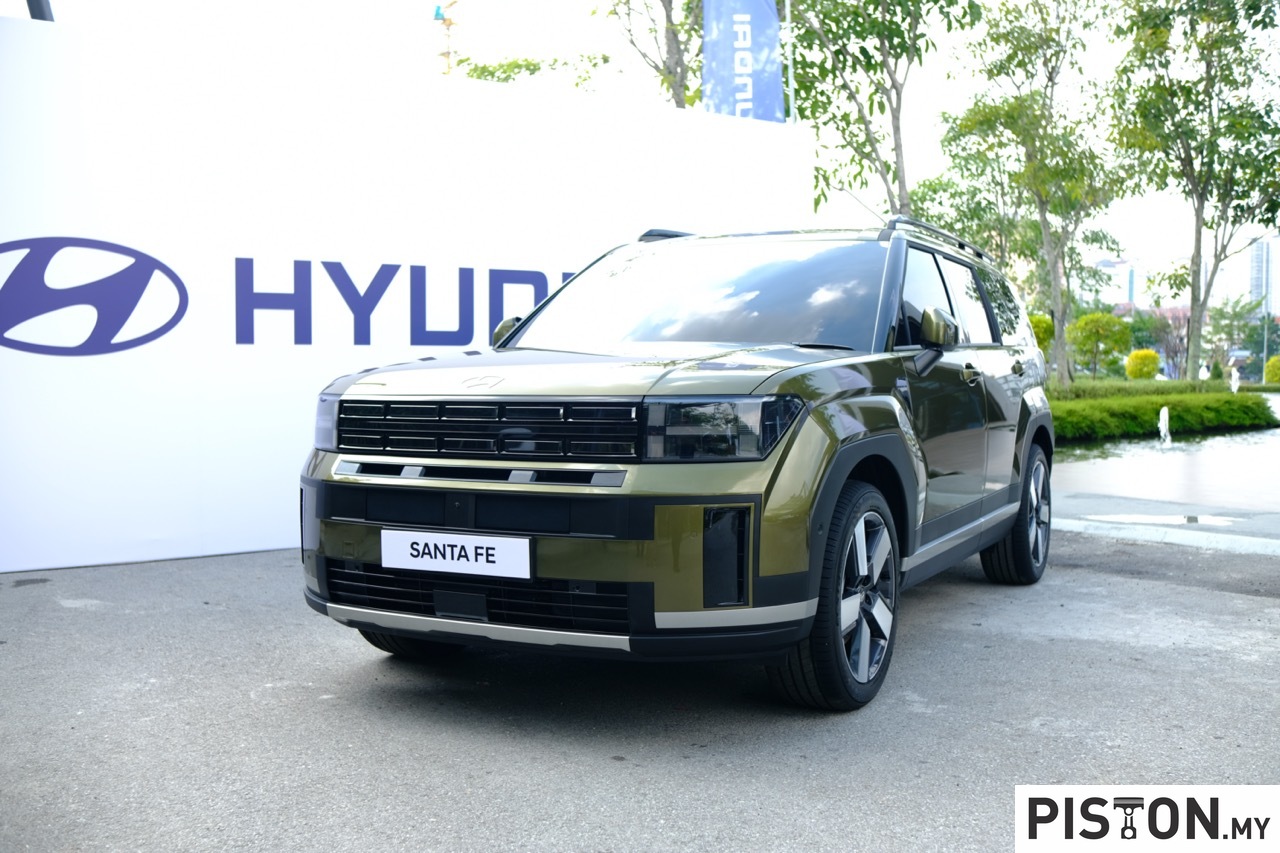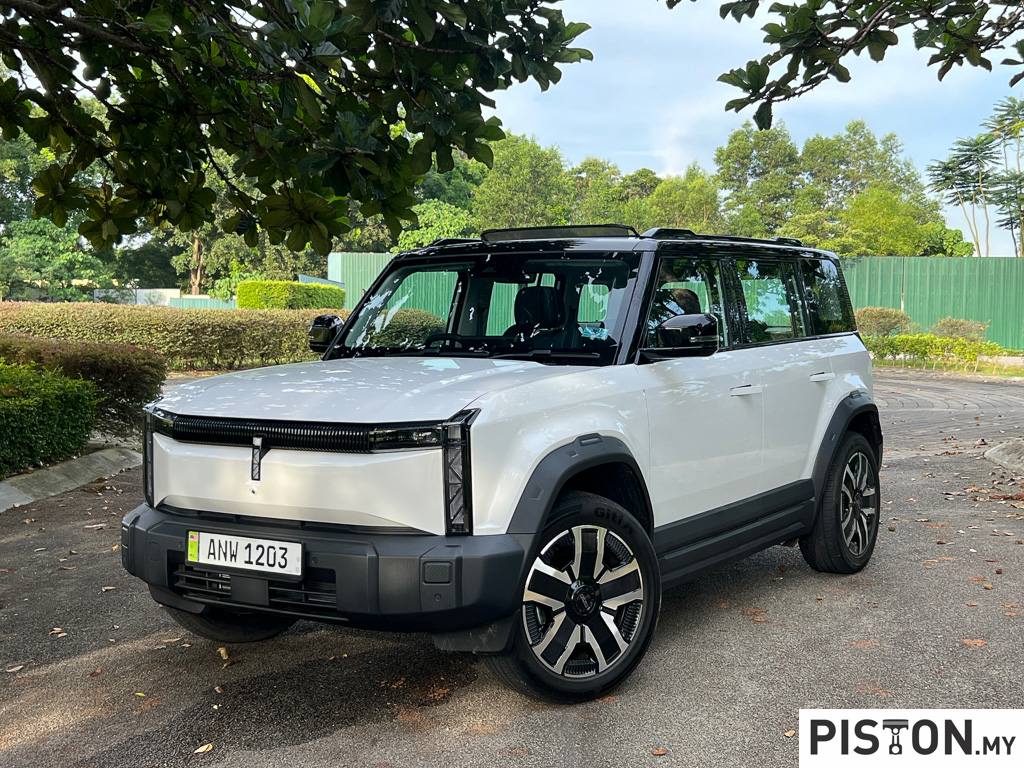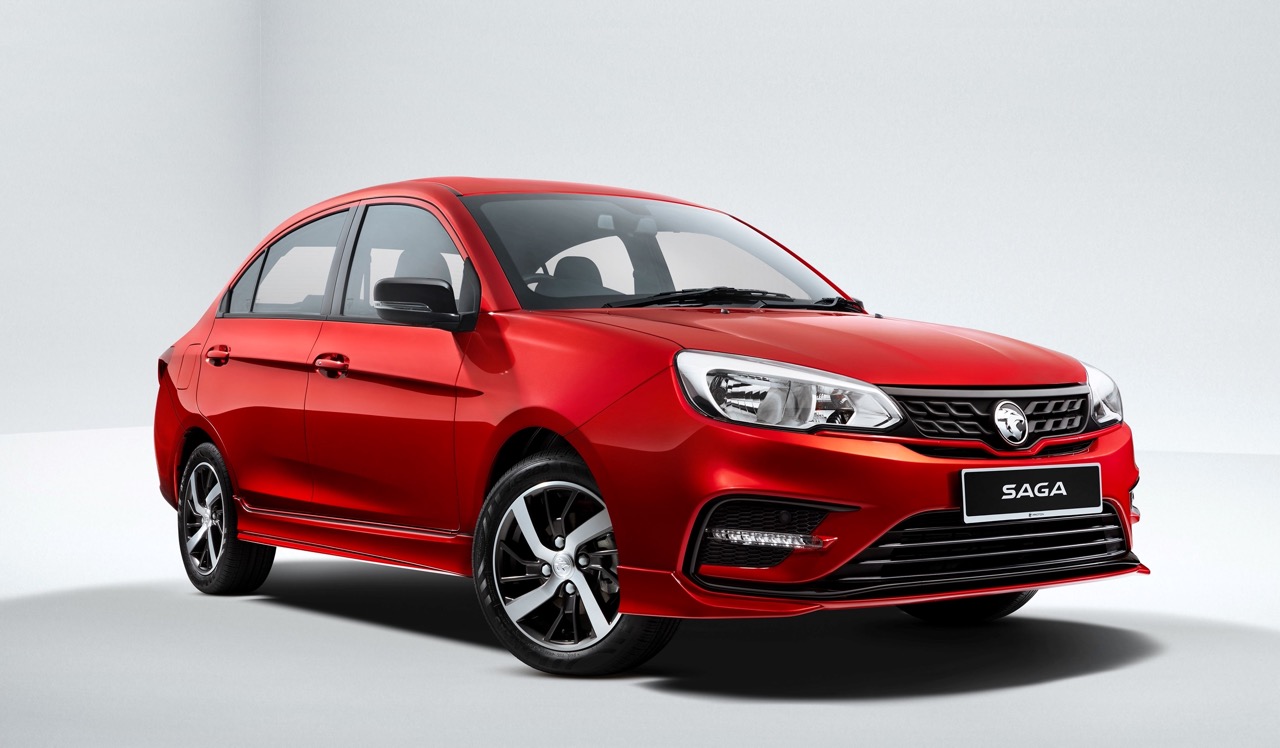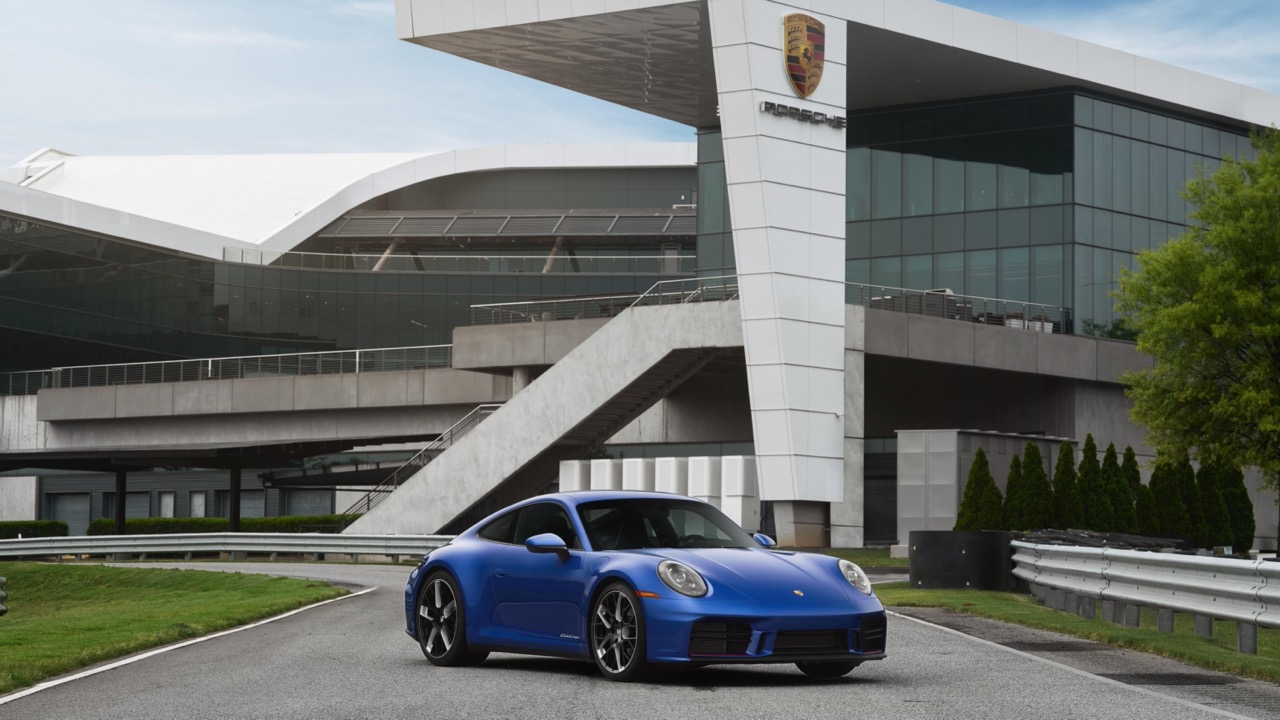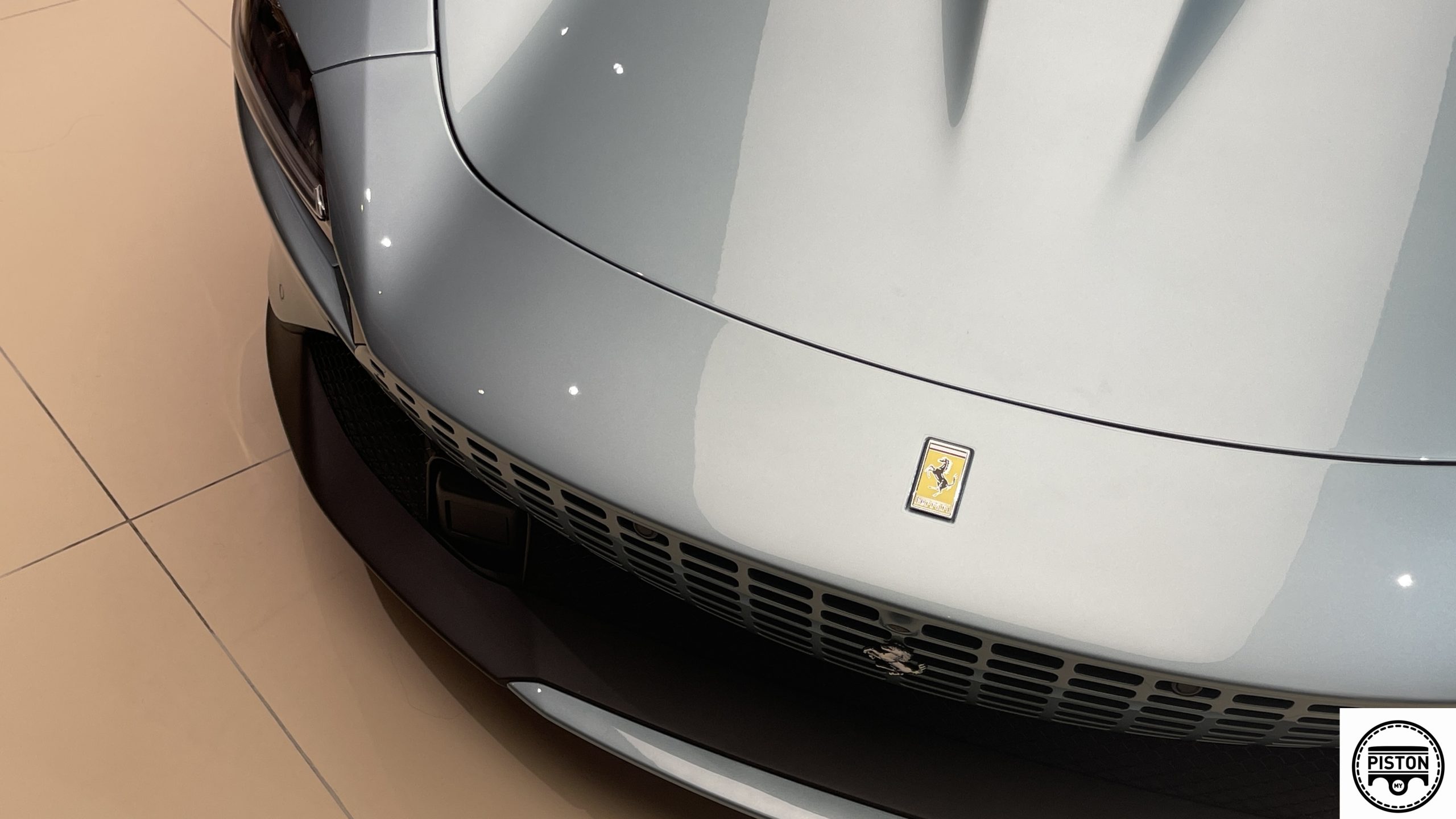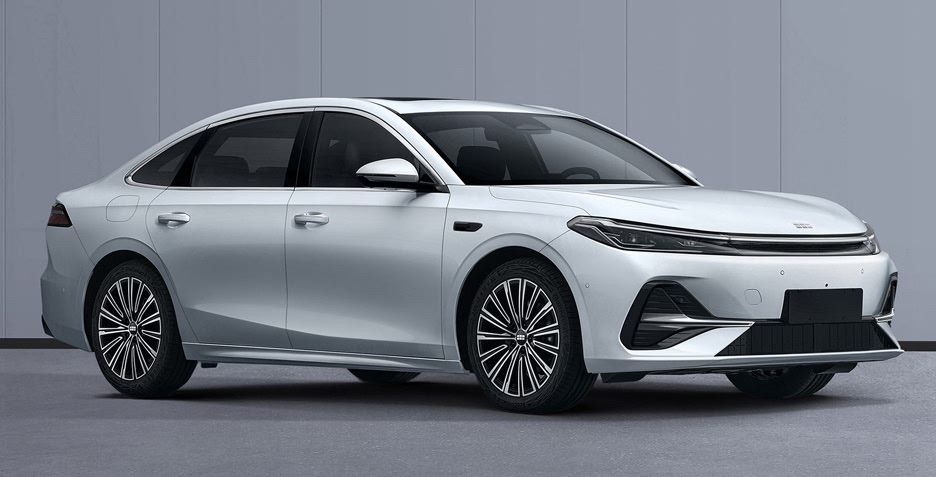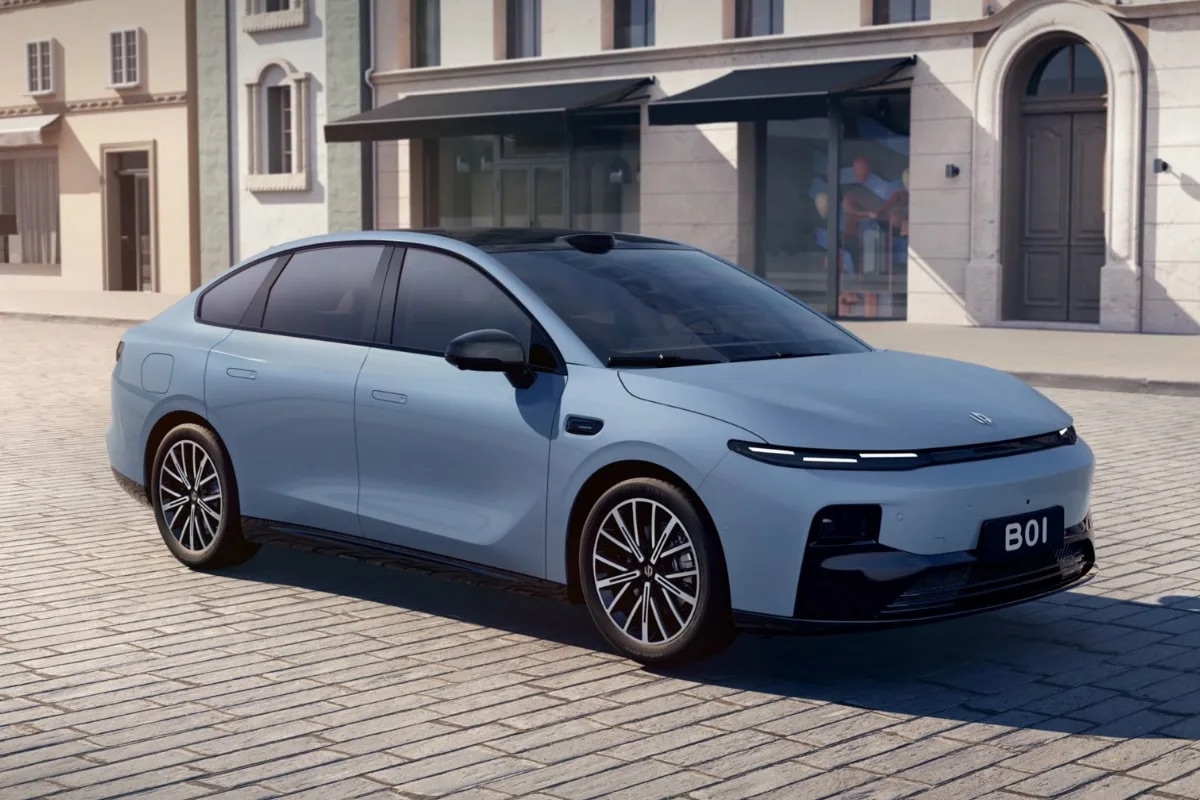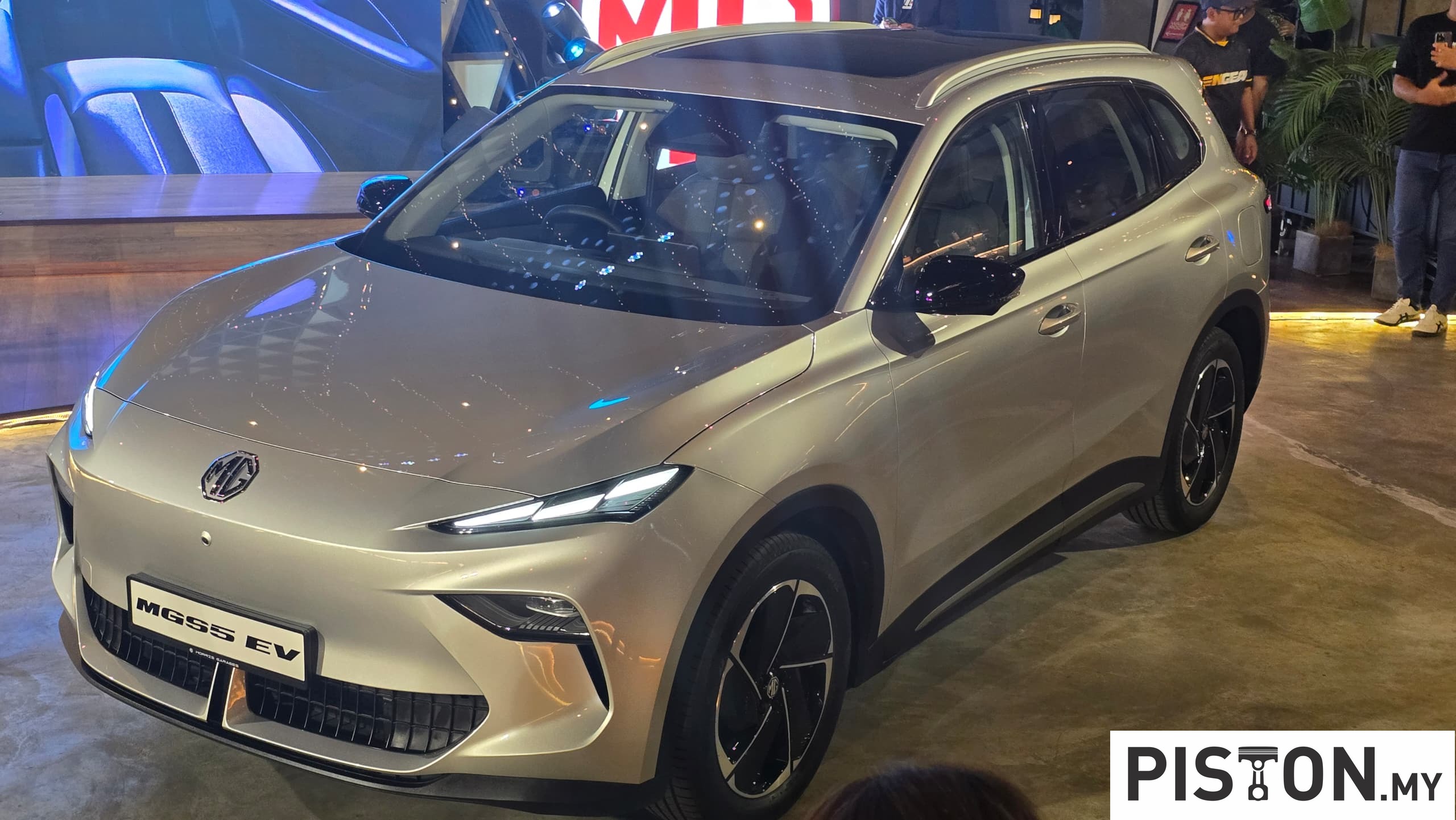The Malaysian b-segment market is never short of drama. Manufacturers are consistently trying to outdo each other, but amidst all of that outdoing, it is the consumer that always wins. The segment consists of big names like the Honda City, Toyota Vios, Nissan Almera and even the Proton Persona.
But it is fair to say that the most popular are the City and the Vios. While Honda and Toyota are always outdoing each other, we are getting ever better cars.
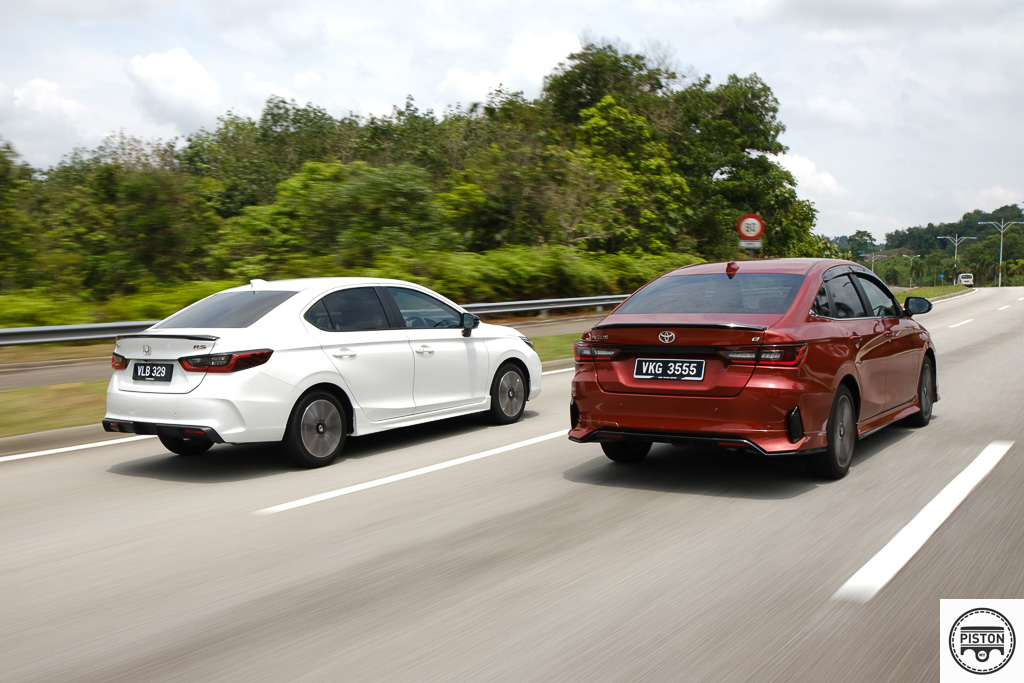
The Vios is currently in its fourth-generation while the City has been around since the early 80s and is currently in its seventh generation. Over all that time, both have evolved to be mighty fine cars.
UMW Toyota Motors introduced the new Vios earlier this year to much fanfare. Sales have been brisk, but that’s unsurprising considering its popularity.
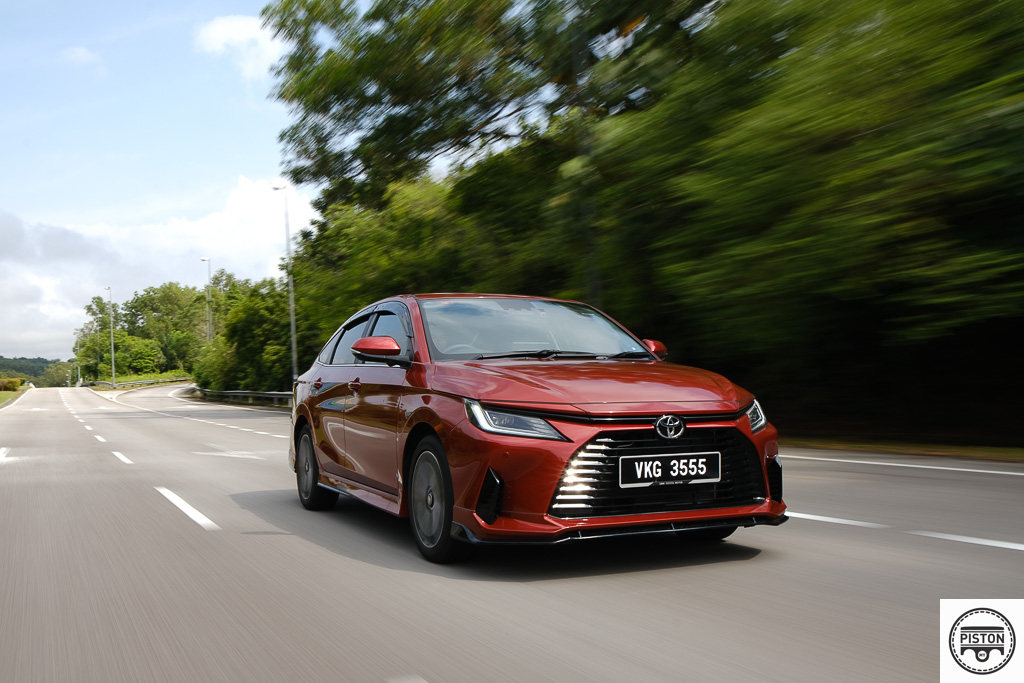
The City too is the other de facto go to model for those who want practicality and reliability. It is now bigger than ever, and with a recently introduced facelift, it may not be an all-new model like the Vios, but it has everything the Vios has and is arguably better to drive.
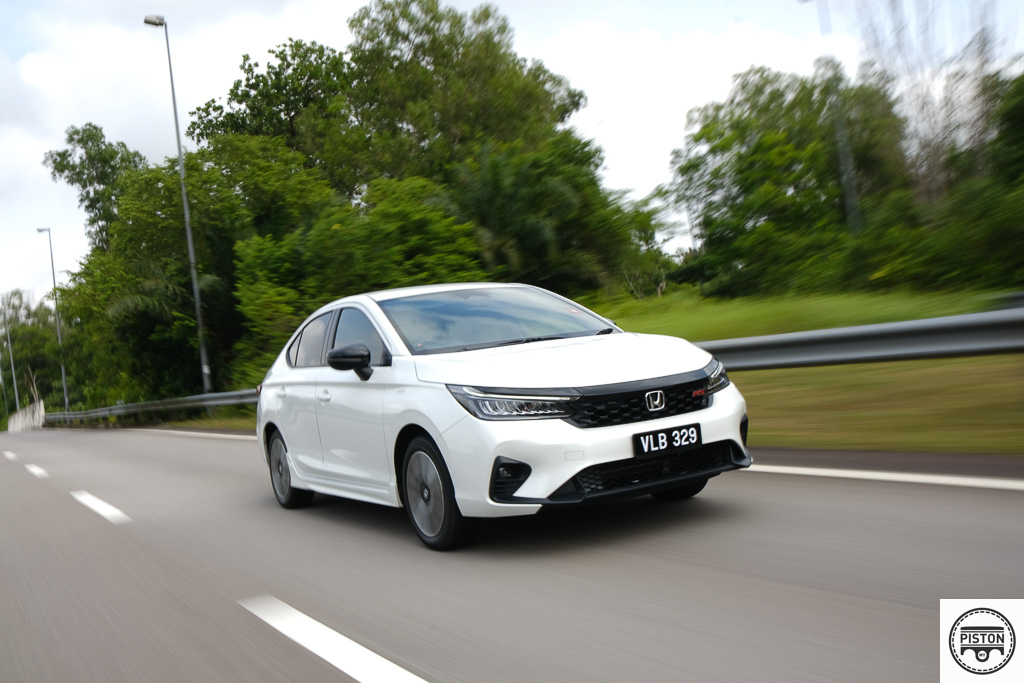
In terms of pricing, the Honda City RS petrol costs RM99,900 while the Toyota Vios is priced at RM95,500. However, Honda provides free labour up to five times within 100,00km or five years[NTSF(1] , while Toyota charges an additional RM3,220 for a five-year or 100,000km free service package. If you opt for the service package, that would bring the price of the Toyota close to the City.
So, which should you spend your money on? We dissect the two cars and bring you our opinion on which would be worth your money:
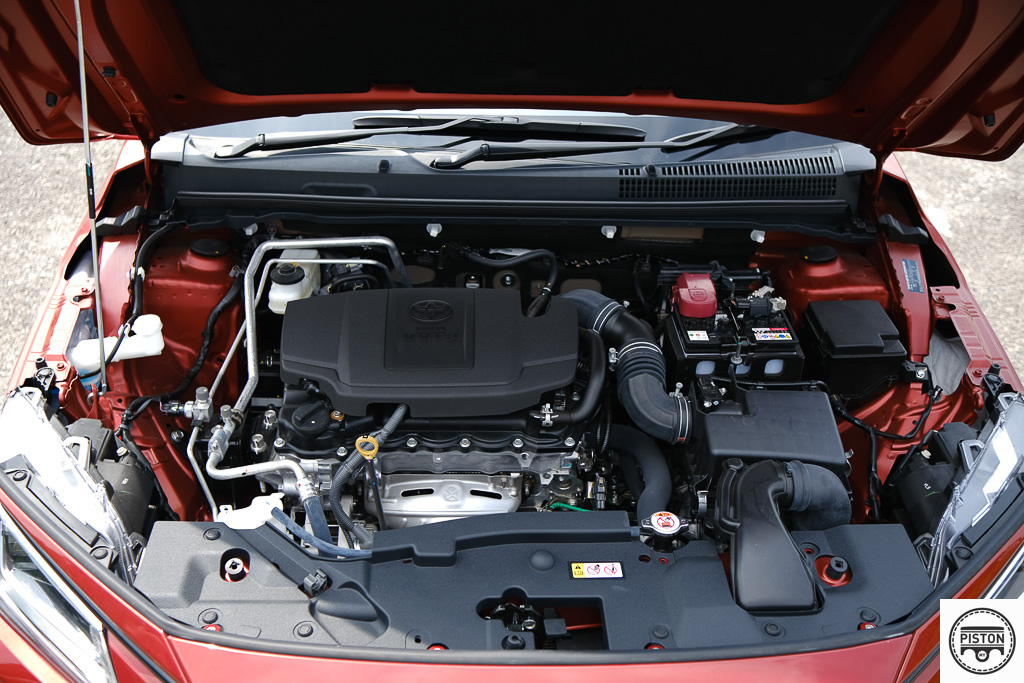
Engine:
Beginning with what matters most, both cars are powered by a 1.5-litre naturally-aspirated engine. The Honda has offers its i-VTEC technology to make accessible power, while Toyota has its D-VVTi.
However, the Vios is down on power as compared to the City. The Vios produces 106PS and 138Nm, while the City offers 121PS and 145Nm. The difference may not seem that much but this is felt the most during acceleration where the City feels more eager to get up to speed.
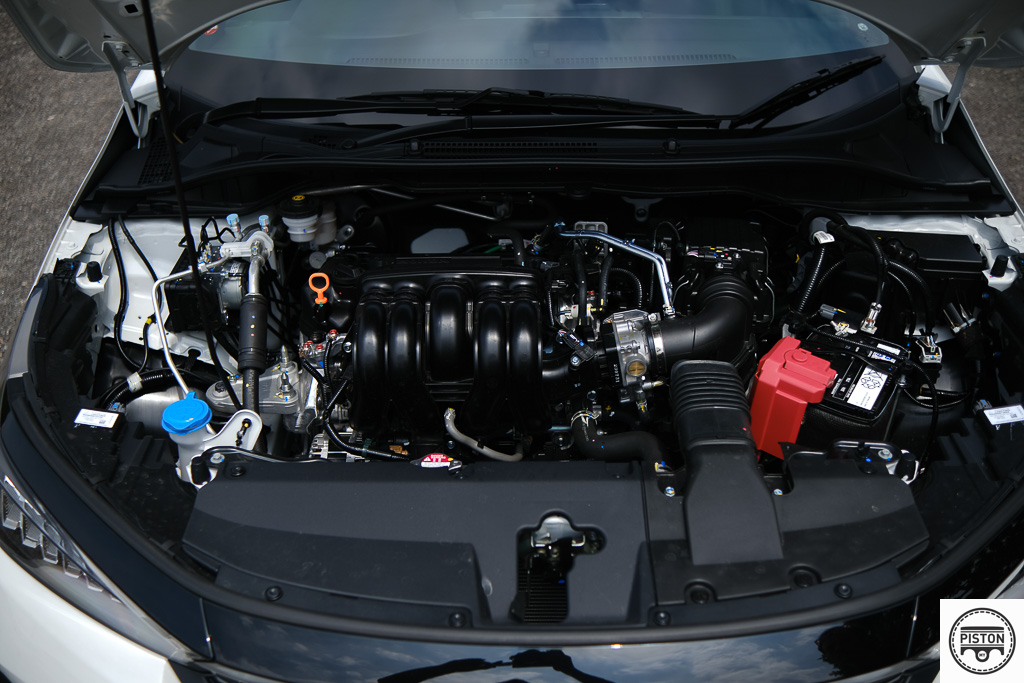
As far as efficiency goes, both cars have 40-litre fuel tanks and are capable of providing about 500km of range on a full tank.
Drive:
Again, both cars ride on identical suspension set ups, MacPherson struts up front and a torsion beam at the rear.
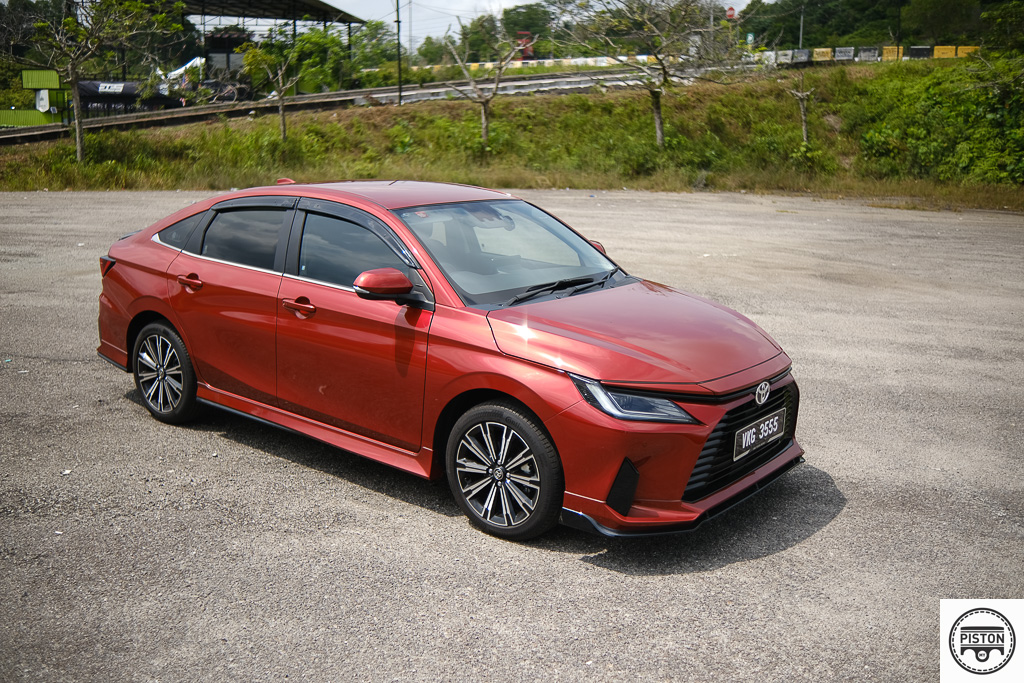
Both do excellent jobs at keeping occupants detached from the horrors of the roads underneath them. However, in terms of handling, the City feels more alive and is quicker to oblige every turn of the steering wheel. The steering feel of the Vios feels more muted and heavy. If you are into keen on more agile and responsive handling, you will appreciate the City.
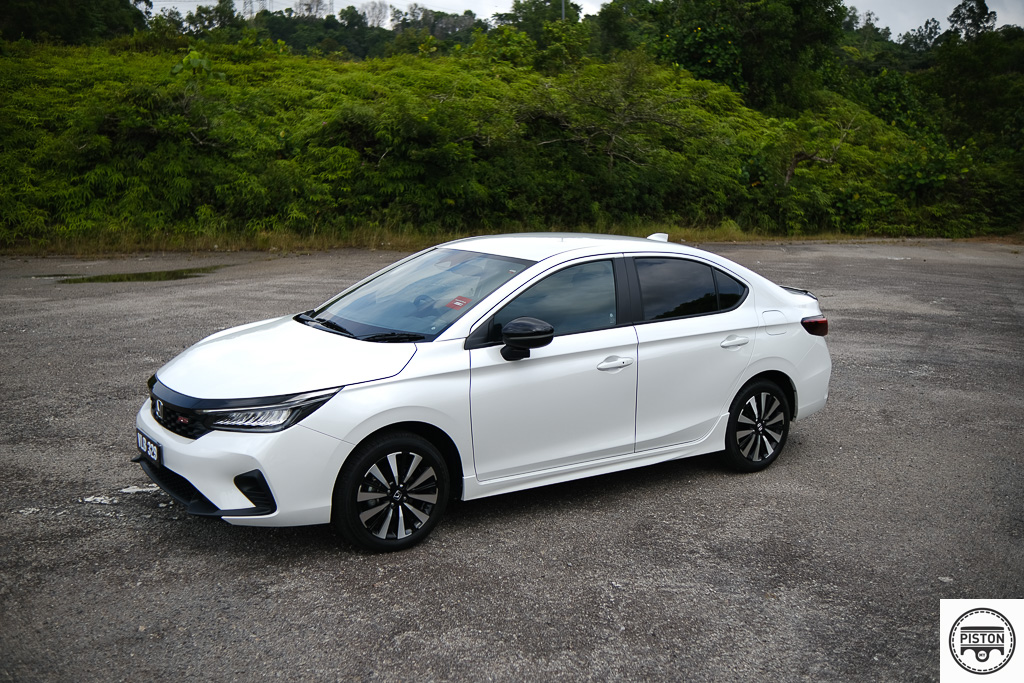
In terms of braking, both also have the same set up – solid discs all around.
Design:
This is always subjective, but it is the Vios that has the freshest design between the two. The City has gone through several facelifts and now offers a bolder grille and sportier bumpers. However, the overall silhouette remains the same.
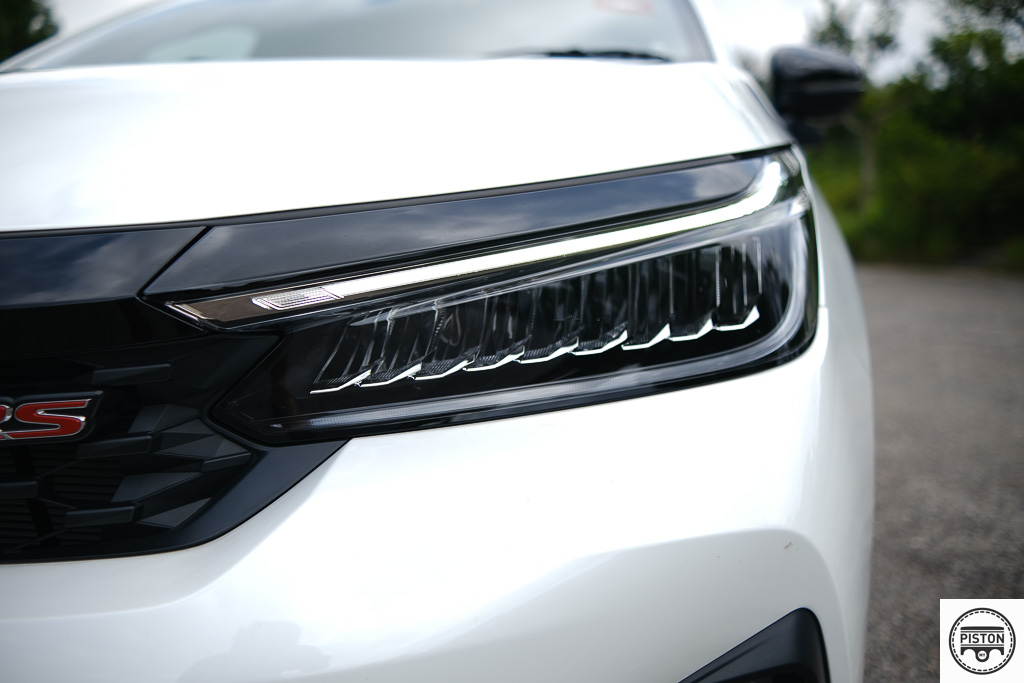
Toyota was keen to talk about the sportback design of the Vios when it was launched early this year. It adds character to the Toyota whose designs have always been safe and unadventurous (remember the dugong?).
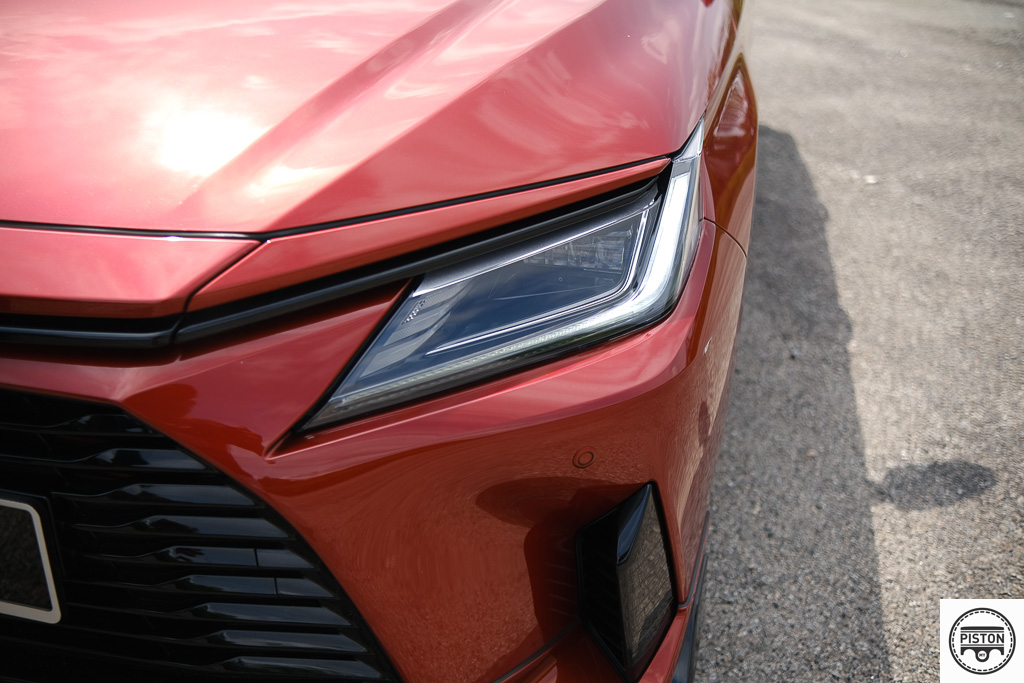
But the sportback design comes at a price. Because the rear of the roofline drops dramatically into the a-pillar, this ultimately sacrifices headroom for rear passengers. Anyone above 180cm will be scrapping the top of his head against the roof liner. This ultimately results in the City having a more spacious interior.
Interior:
Building on the topic of interior spaciousness, the City does it better again. This time, the culprit is the centre console, where the gear lever and handbrake are placed.
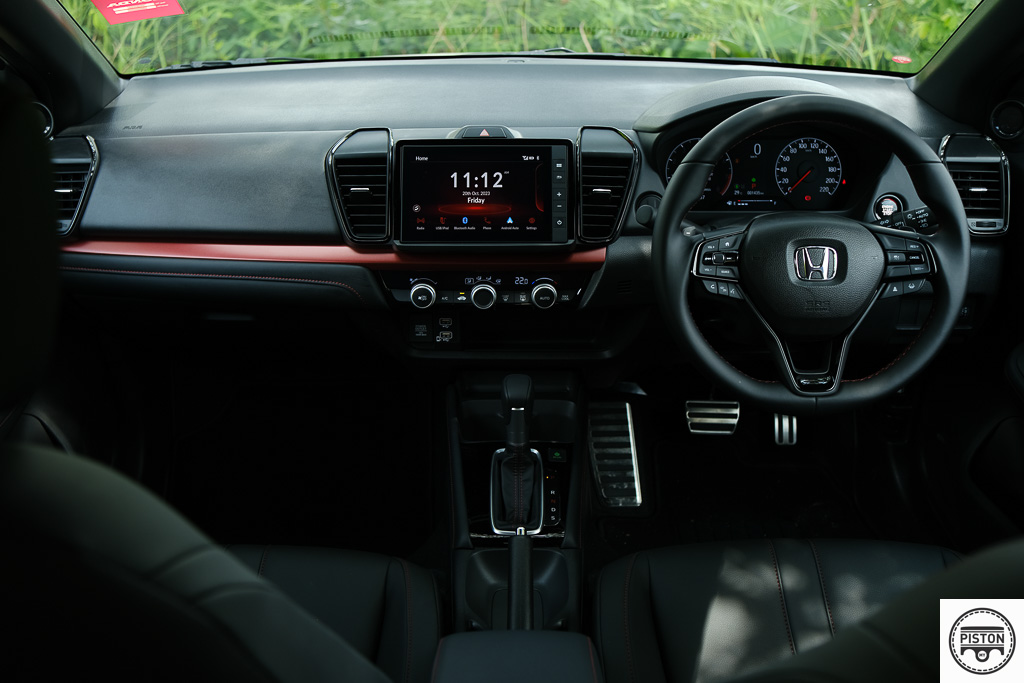
The centre console of the Vios is simply too high as compared to the City. This results in narrower foot wells for the driver and front passenger, so you sit with your legs closer together than you would in the City. This may not affect shorter people, but if you’re tall, you may find that this limits legroom.
The taller shoulder line of the Vios also makes the windows smaller, especially at the rear. This means that there is not as much light that is fed back into the cabin, making it seem as if it were smaller than the City.
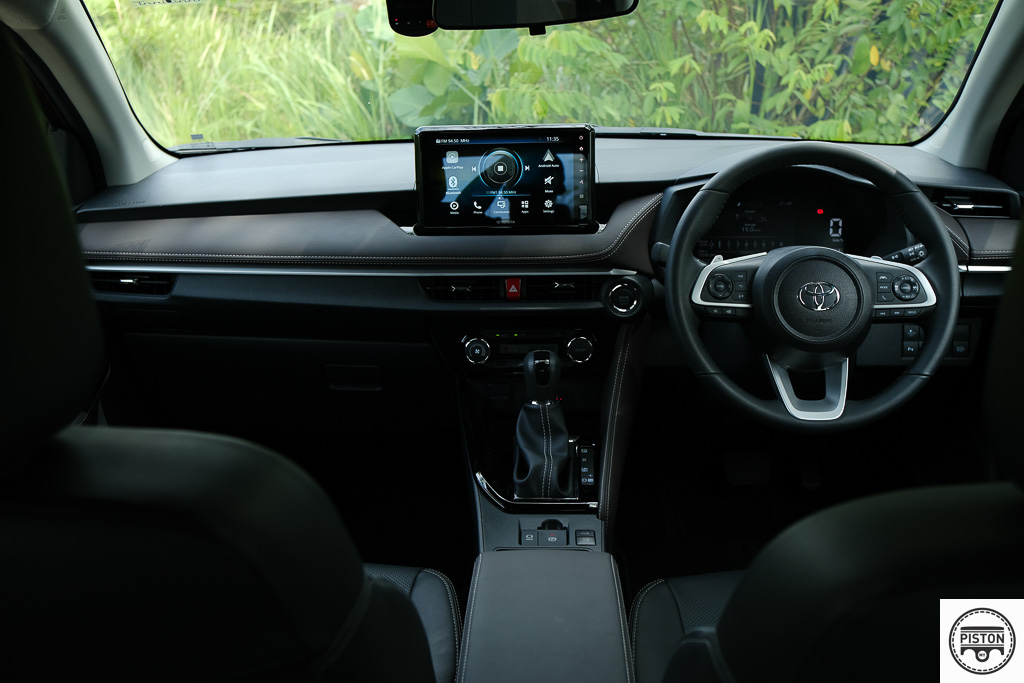
Both cars offer leather clad interiors while the seats in the Honda offer better padding, making them more comfortable, especially over longer distances.
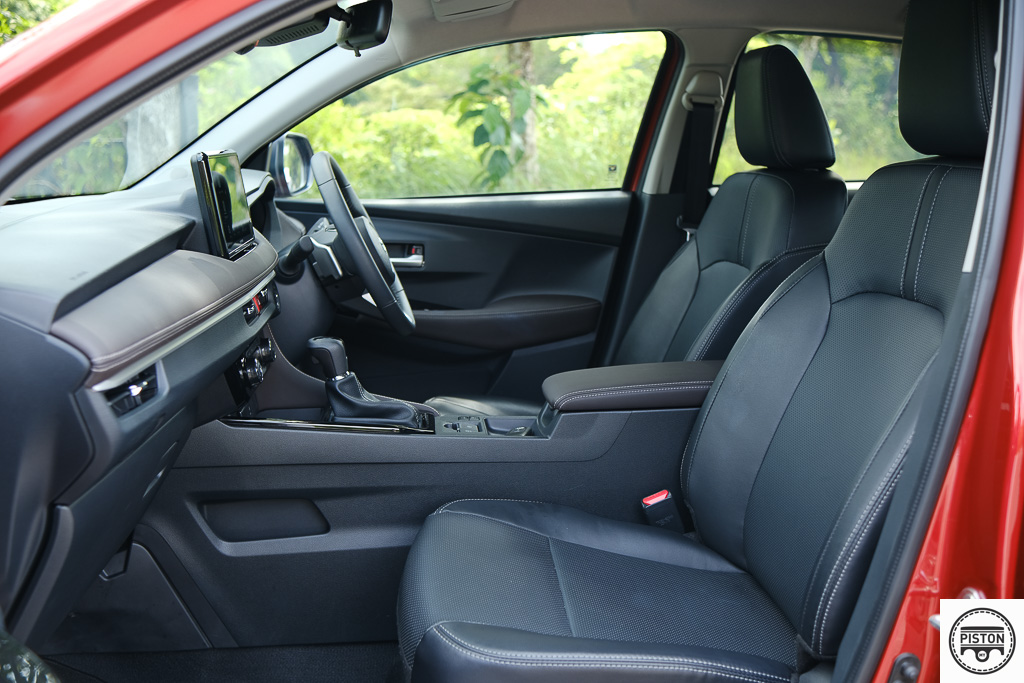
There are no complaints about quality though as both have impressive interior builds.
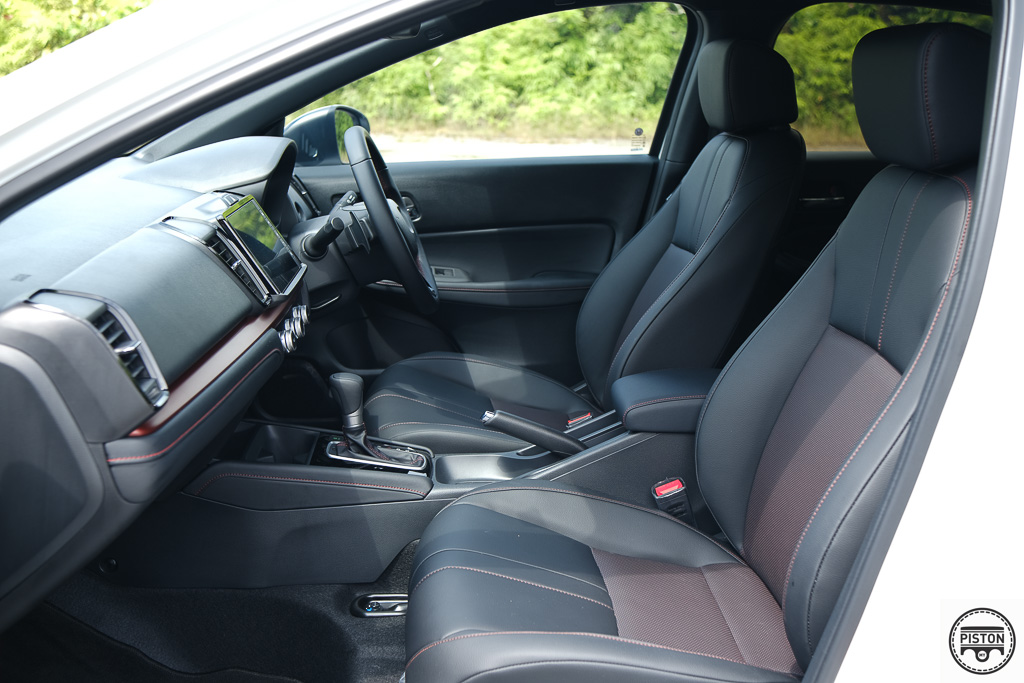
Rear passengers will appreciate the fact that they have their own air-conditioning vents, as well as two USB ports.
Tech:
Both cars are also almost identical in terms of the tech and features they have to offer.
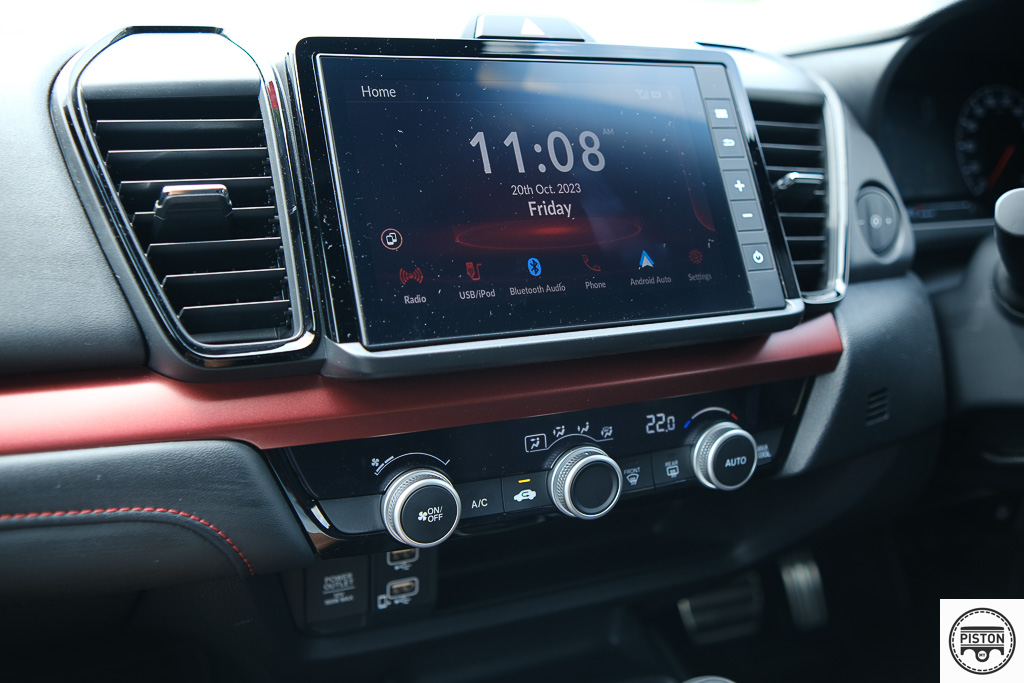
Inside, both come with wireless Apple CarPlay and Android Auto. For audiophiles, there are six speakers in the Vios and eight in the Honda. However, it is the Vios that has a bigger infotainment system, but at nine inches, it is only an inch bigger and not quite a deal breaker.
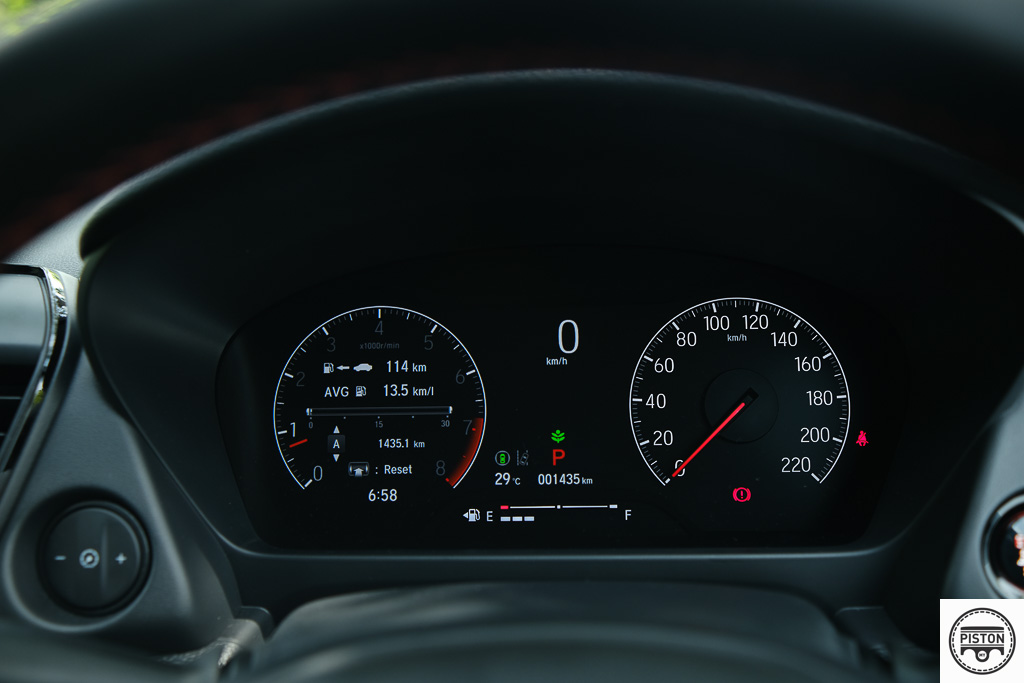
As for booth space, the Vios has a surprisingly smaller booth. At 470-litres, it is down on the Honda’s 519-litres. Before you begin to think that the difference is minuscule, that 49 litres makes the difference between space for a backpack or none.
Onto the safety front, where both cars are once again nearly identical. The City comes packed with Honda’s SENSING while the Vios features Toyota’s Safety Suite.
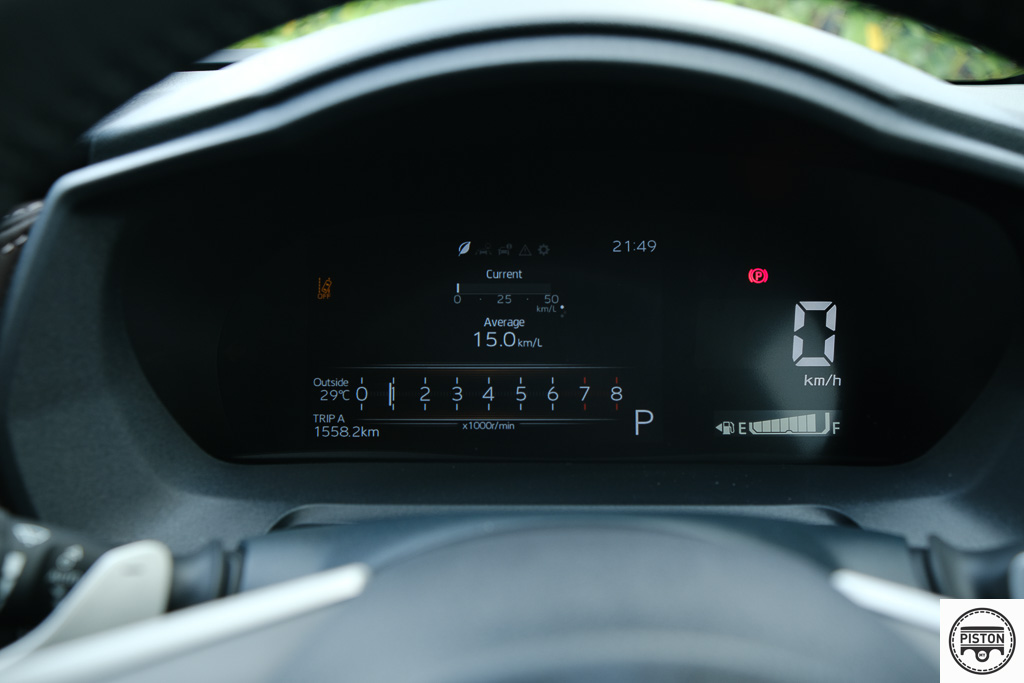
Both are essentially a collection of various systems that combine to enhance safety in all situations. Both offer Lane Departure Warning, Lane Keep Assist, Forward Collision Warning, Collision Mitigation Braking System, Adaptive Cruise Control, Auto High Beam and Lead Car Departure Notification System.
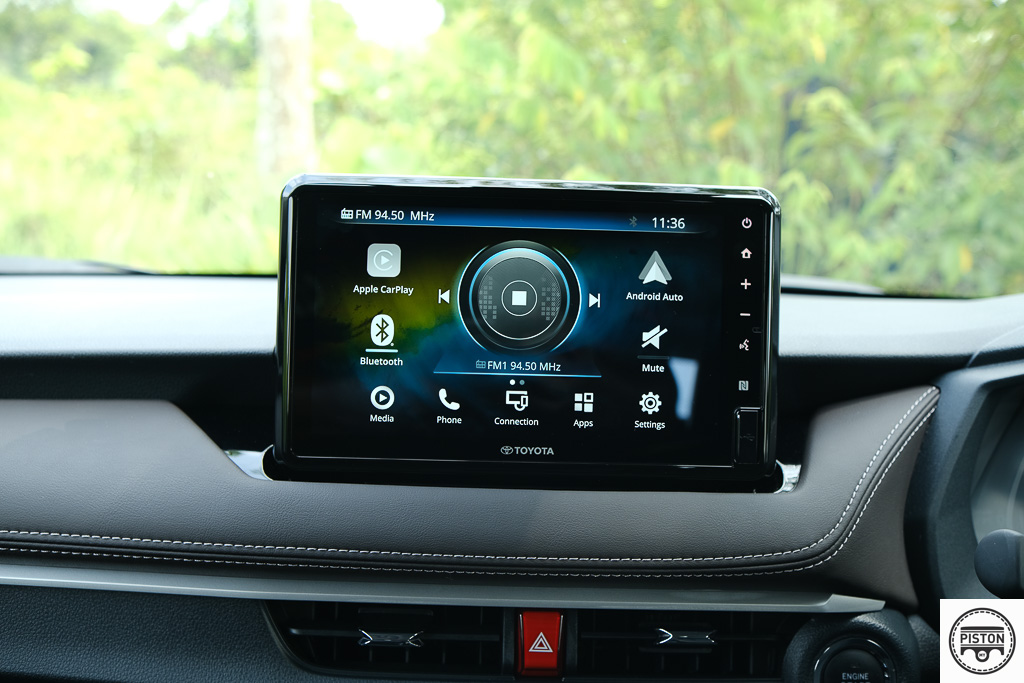
Building on that is the fact that both cars are also evenly matched when it comes to active safety systems as both have six airbags, vehicle stability assist, ABS, electronic brakeforce distribution, brake assist and more.
Conclusion:
The fact that both cars are so evenly matched makes it difficult to choose one or another. At this point, it is just a matter of branding, which brand are you fonder of? But if there is one thing that truly makes a difference, it is interior space.
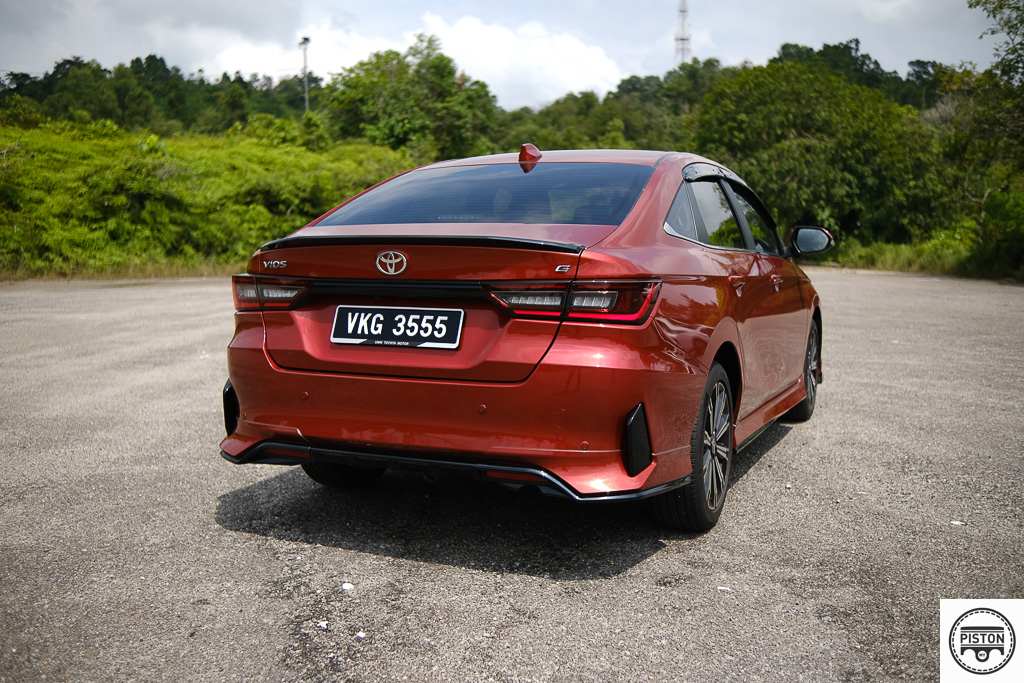
Hoping from the Vios into the City, the difference is jarring. The interior of the City feels a lot more bigger than the Vios and the seats are more comfortable as well. That point alone would have done it for us, but the City also runs on smaller 16-inch wheels as compared to the 17-inch wheels on the Vios.
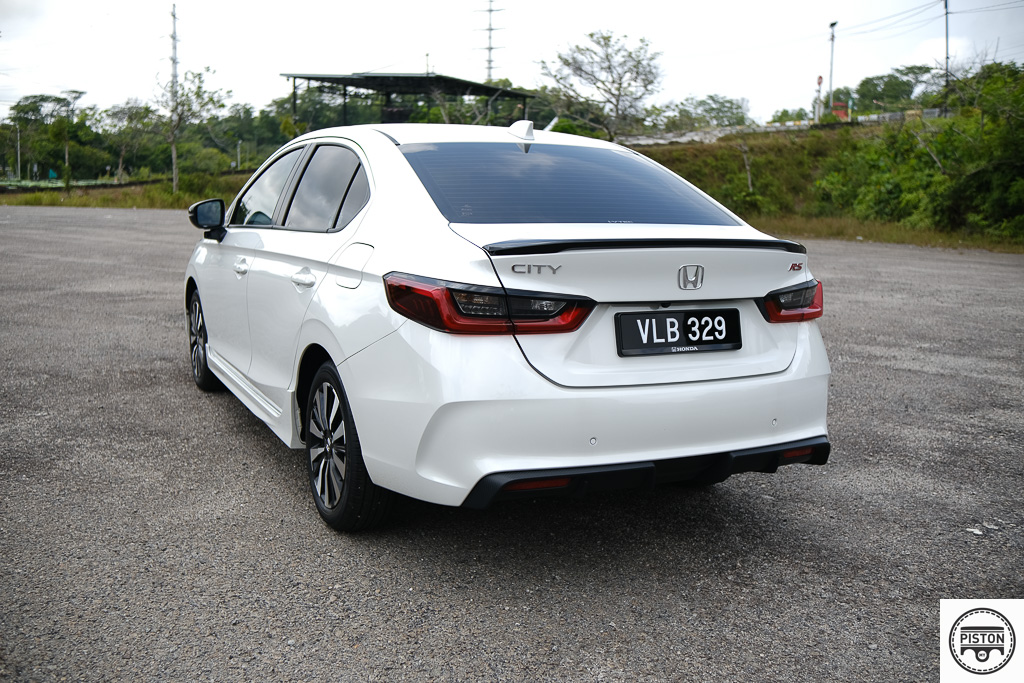
A quick check online revealed that cheapest 16-inch tyre from Goodyear costs RM262 per piece, while 17-inch tyres cost RM351. Assuming you will need to change all four tyres, the tyres for the Honda will cost you RM1,048 while the Vios will set you back RM1,404. The savings of RM356 will give you about four full tanks of petrol.
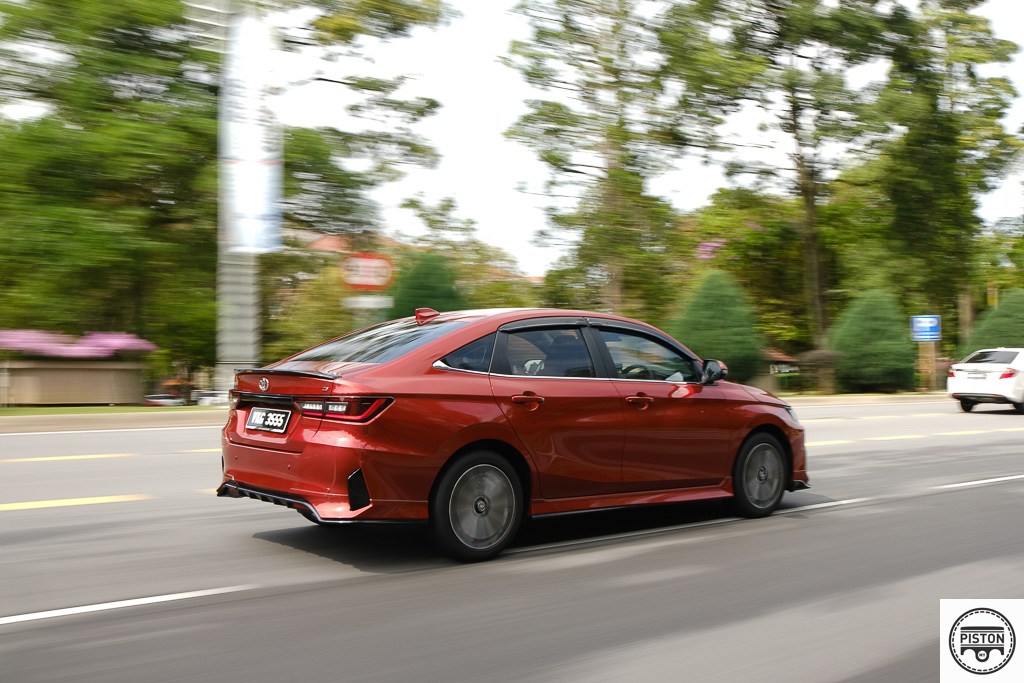
But that aside, the interior spaciousness, comfort, and the fact that it has a bigger booth makes the Honda City our choice between the two.
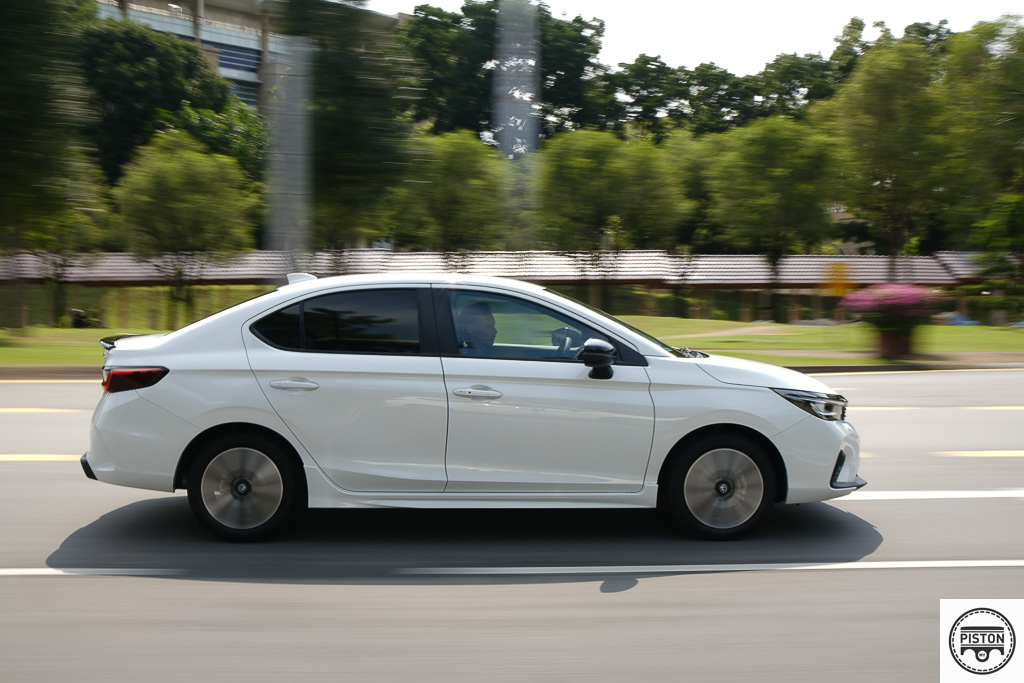
Honda Specifications:
Engine: 1.5-litre, 4-cylinder, 16-valve, DOHC, i-VTEC
Power: 121PS@6600rpm
Torque: 145Nm @ 4300rpm
Gearbox: CVT
Suspension: MacPherson strut (Front), Torsion Beam (Rear)
We like: Interior spaciousness and comfort
We don’t like: Hard to fault
Toyota Specifications:
Engine: 1.5-litre, 4-cylinder, 1r6-valve, DOHC, VVT-i
Power: 106PS@6000rpm
Torque: 138Nm@4200rpm
Gearbox: CVT
Suspension: MacPherson strut (Front) Torsion Beam (Rear)
We like: Fresh new design
We don’t like: Interior can be cramped
